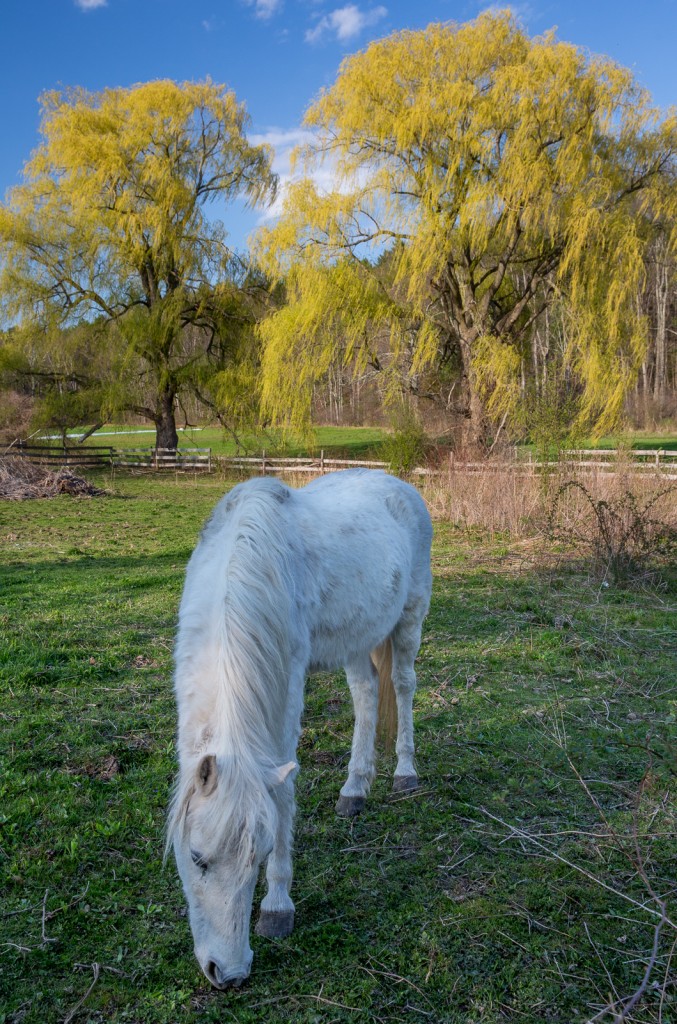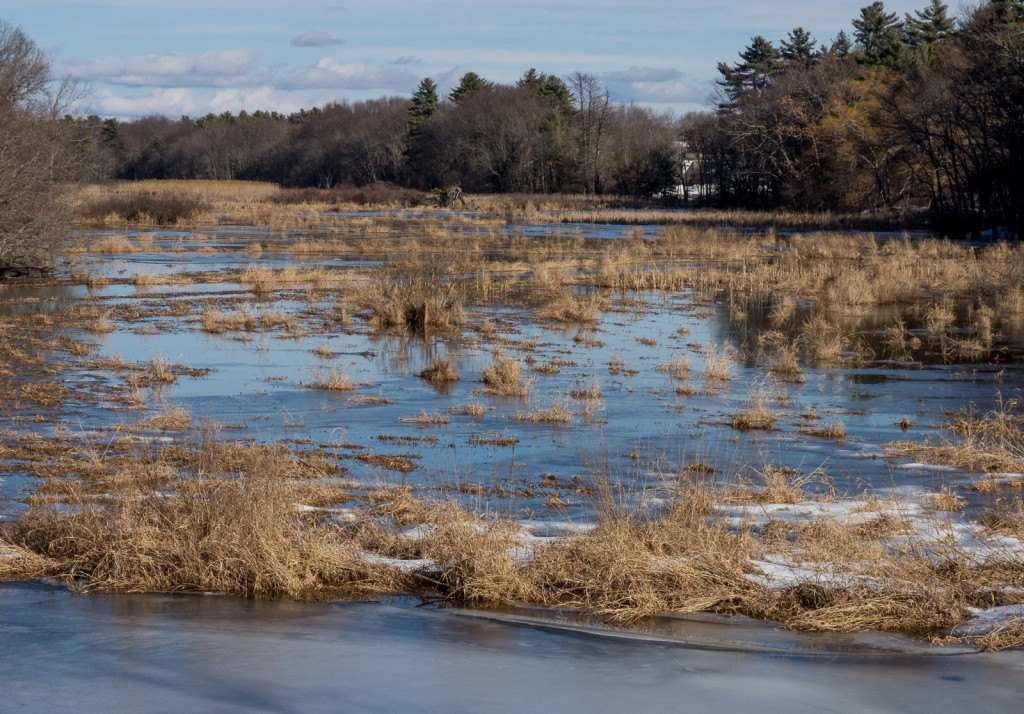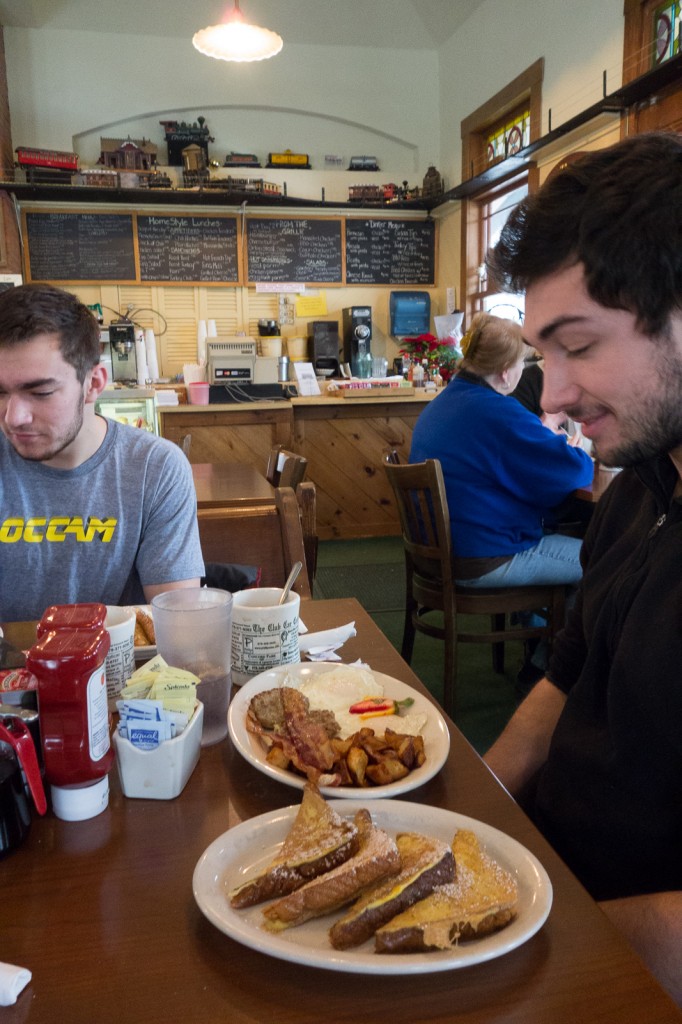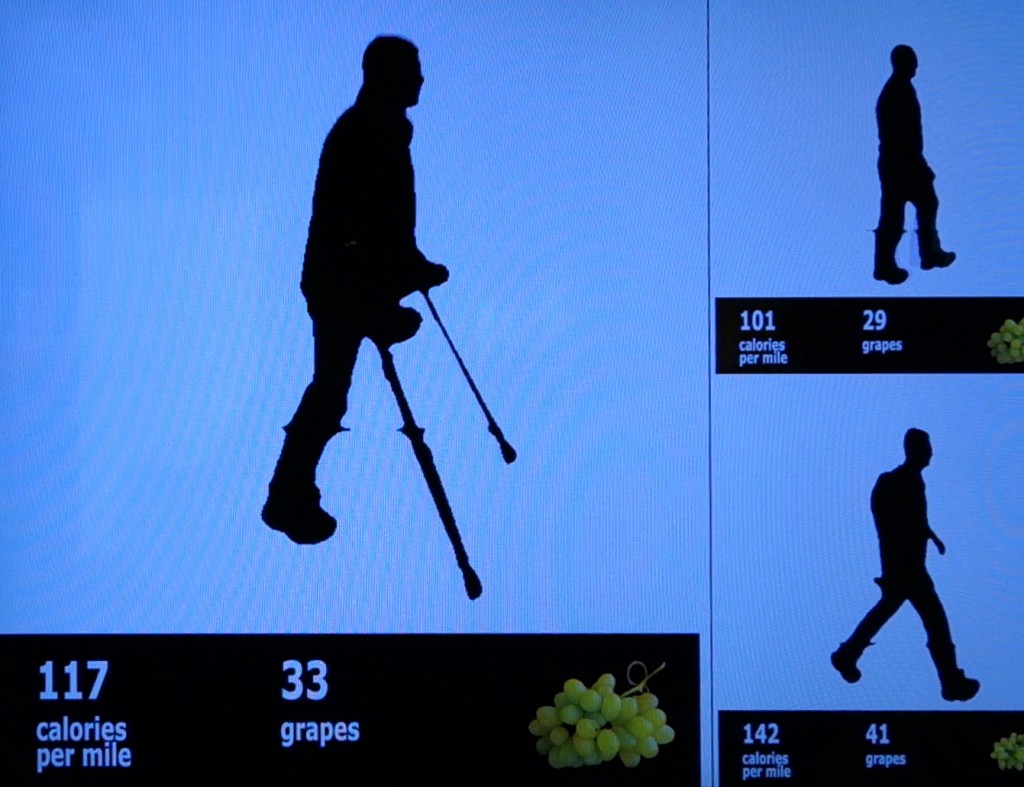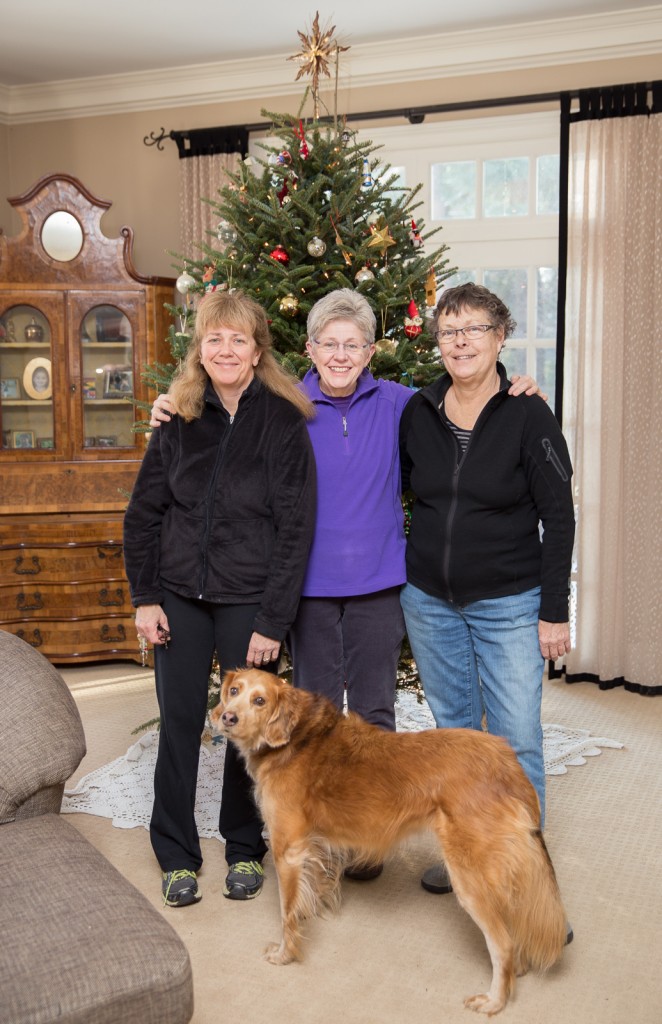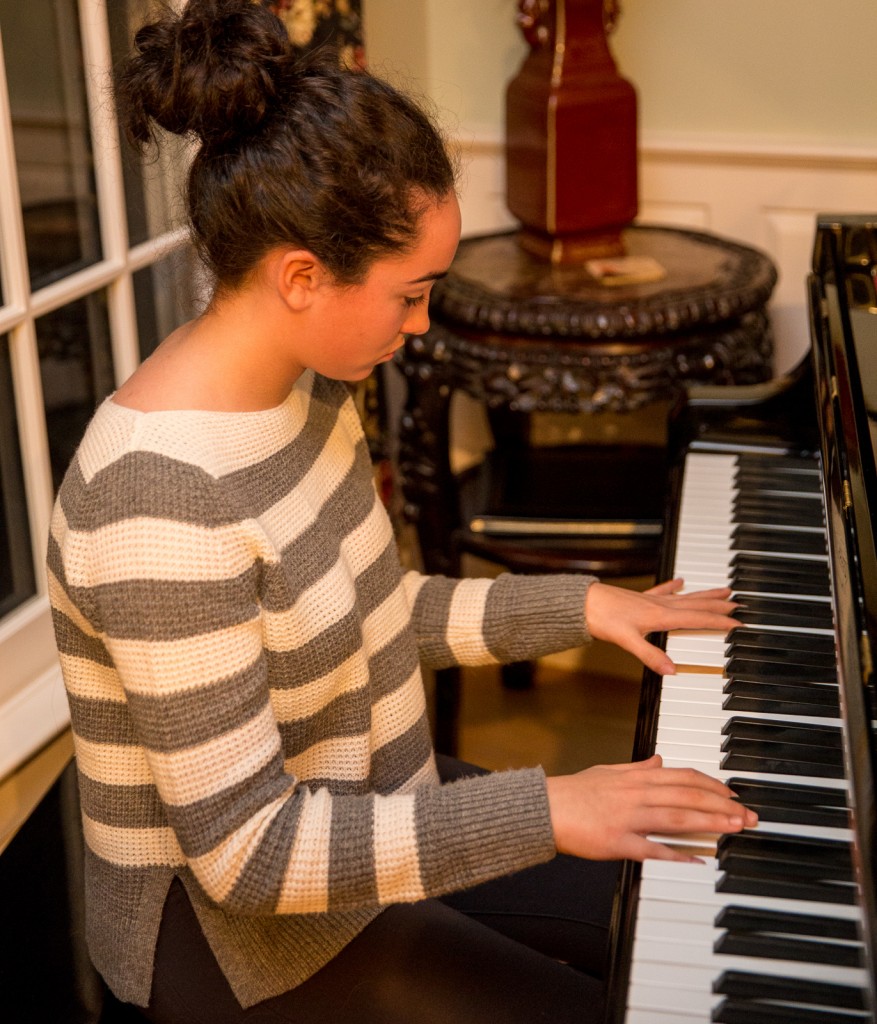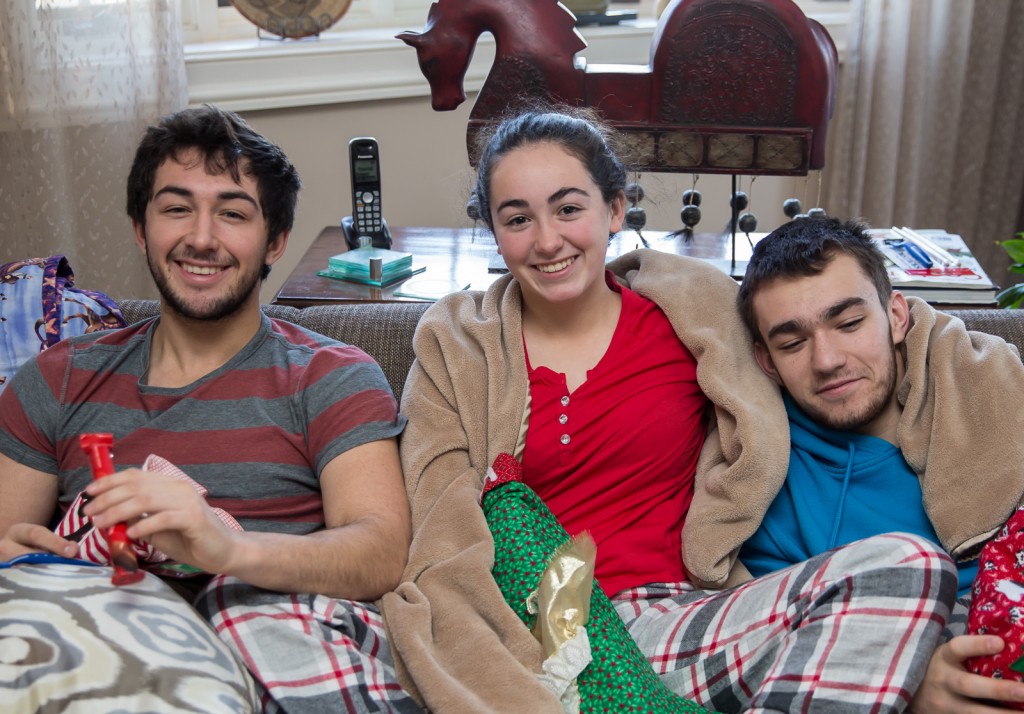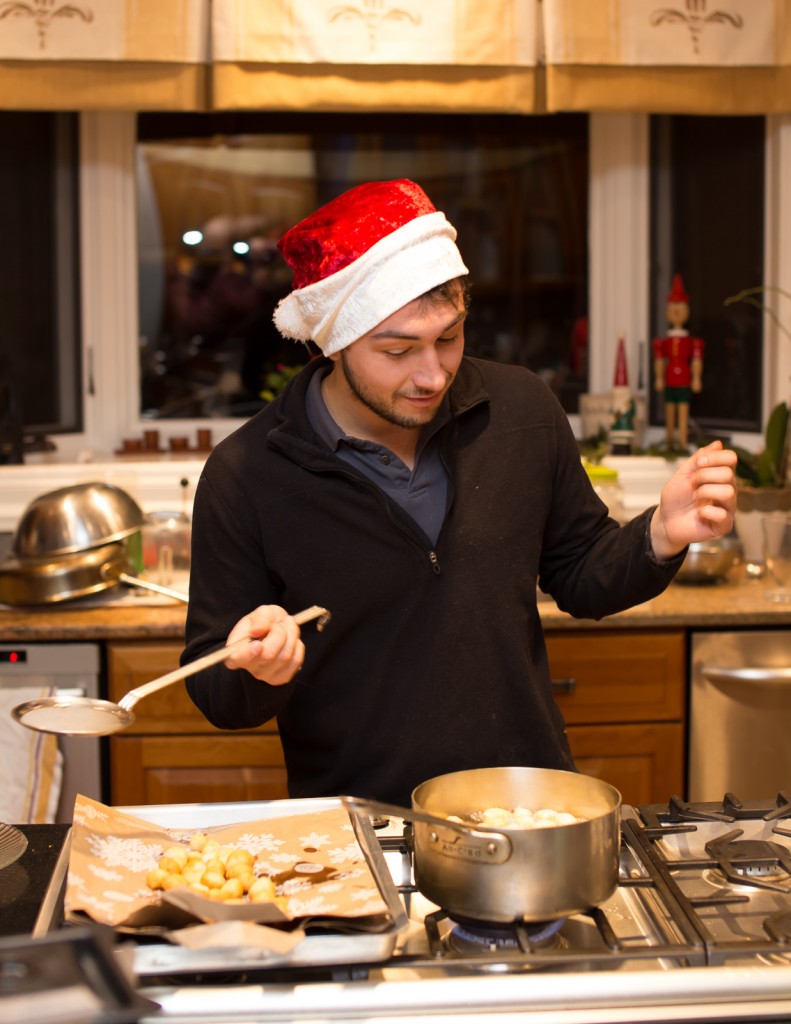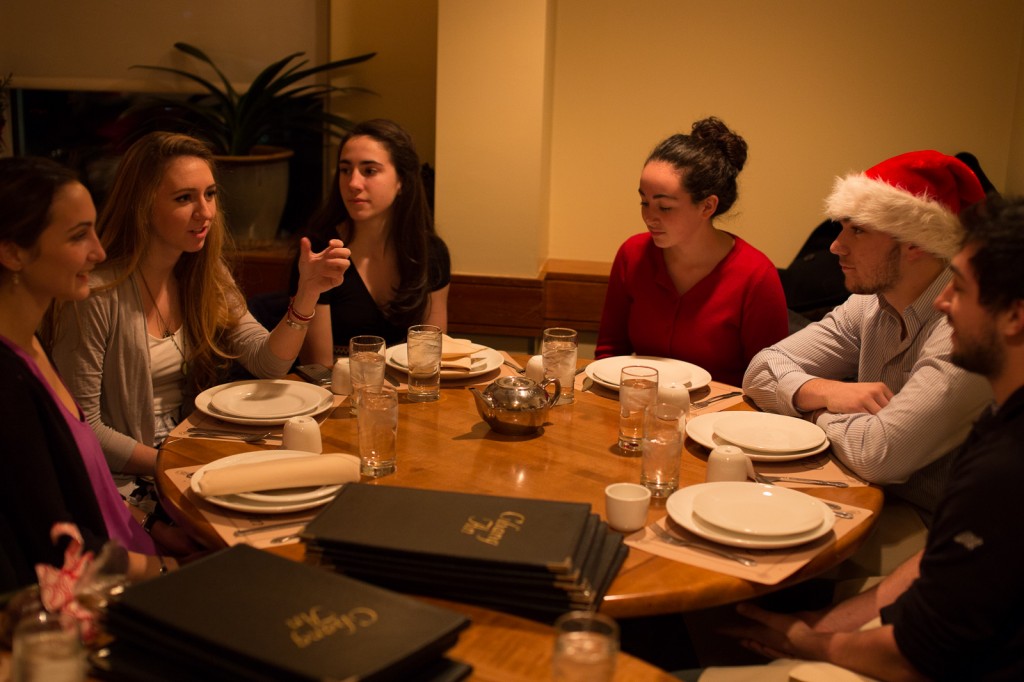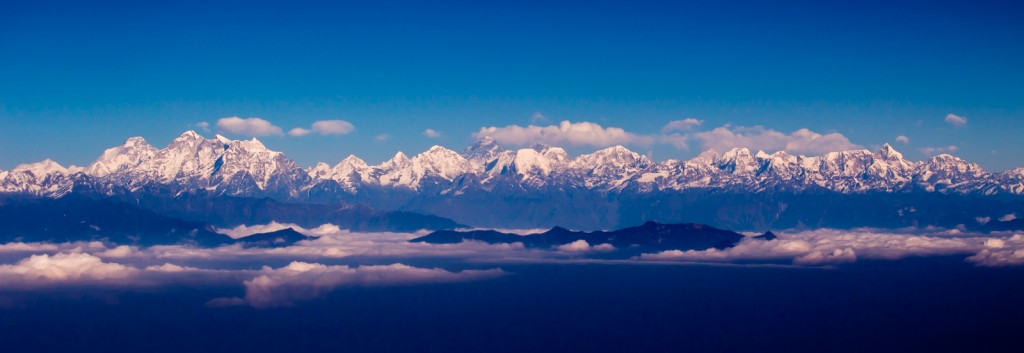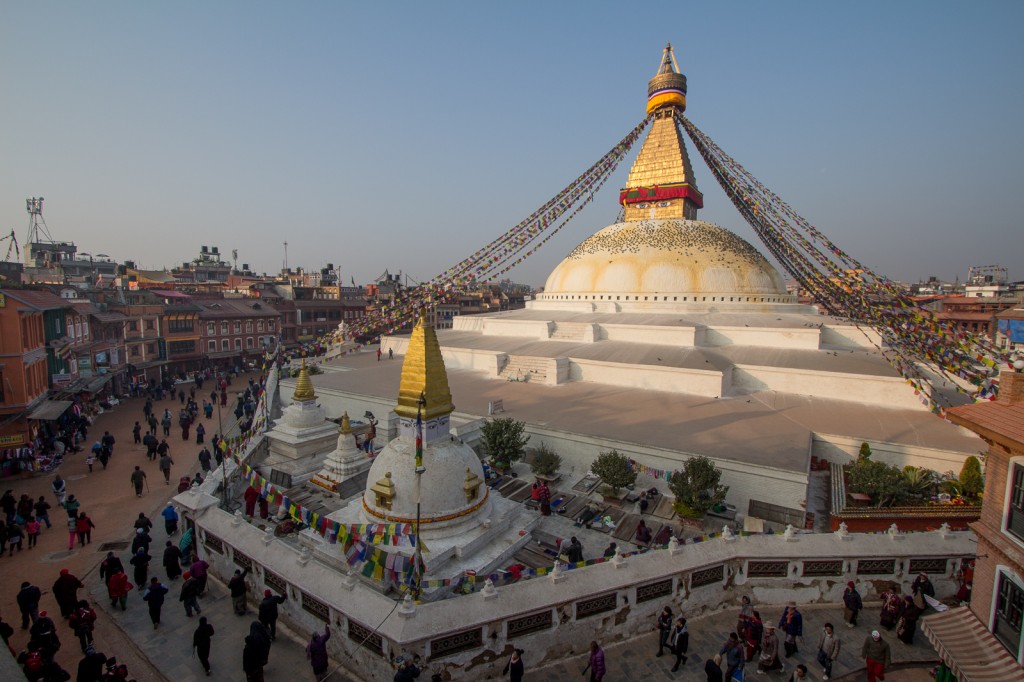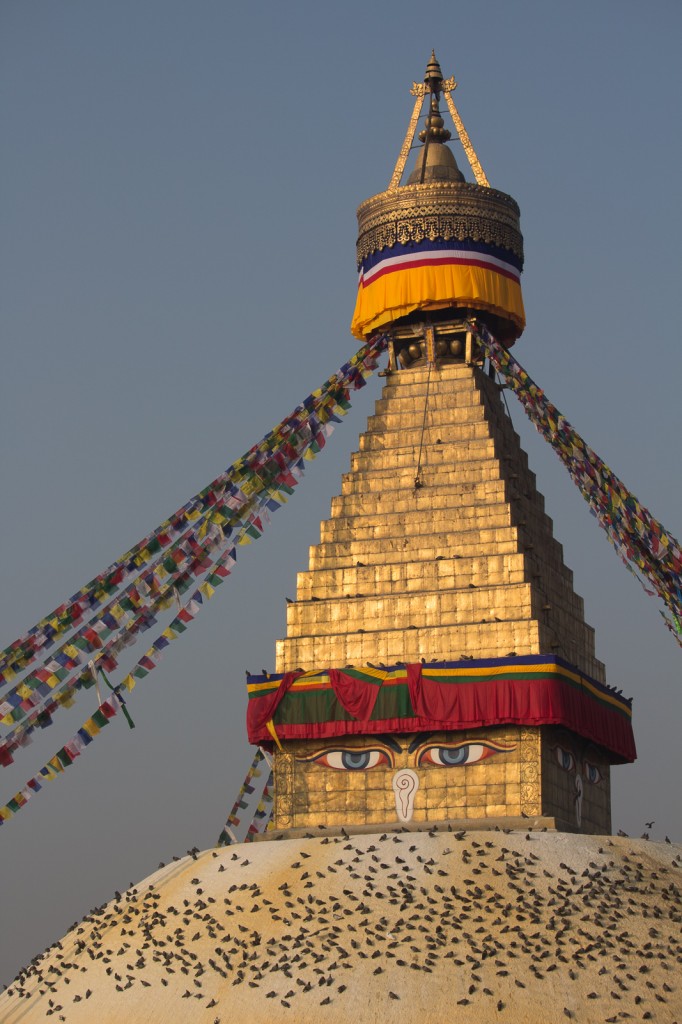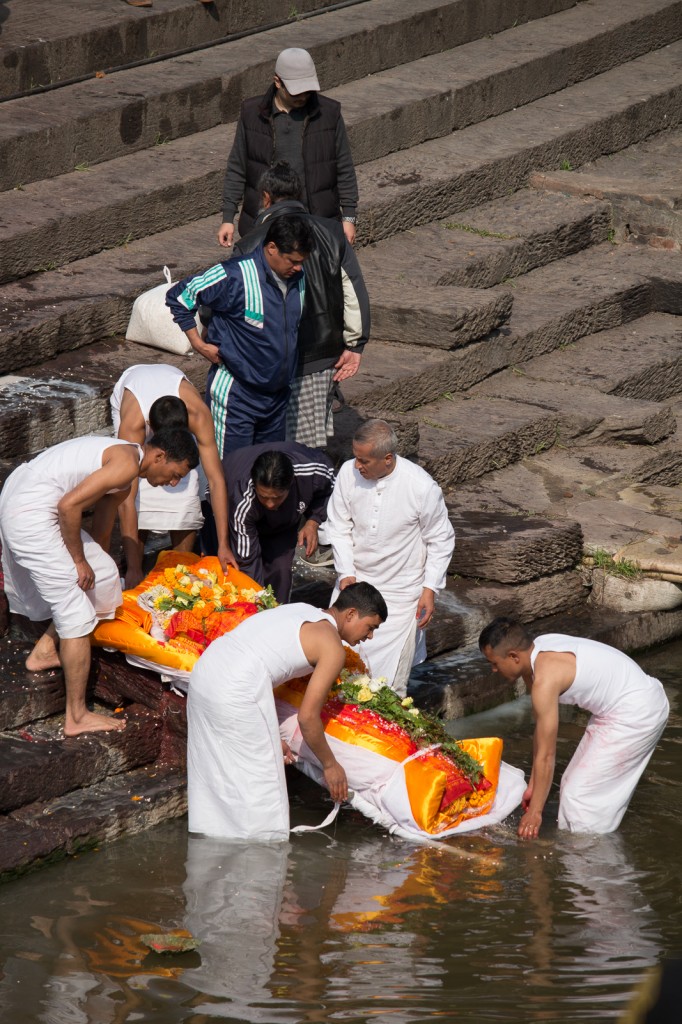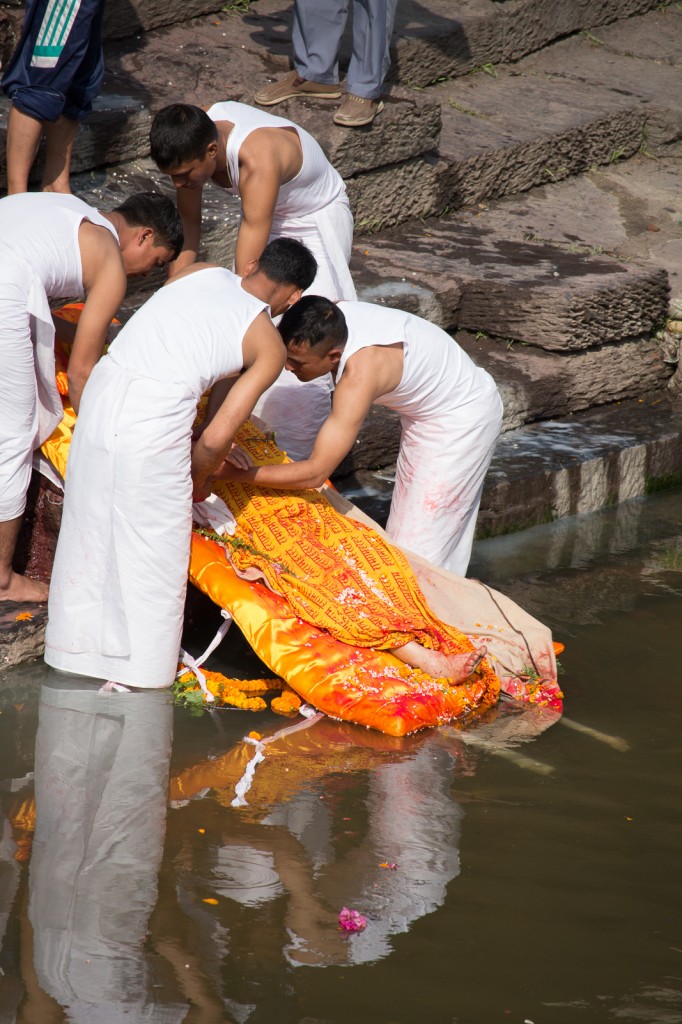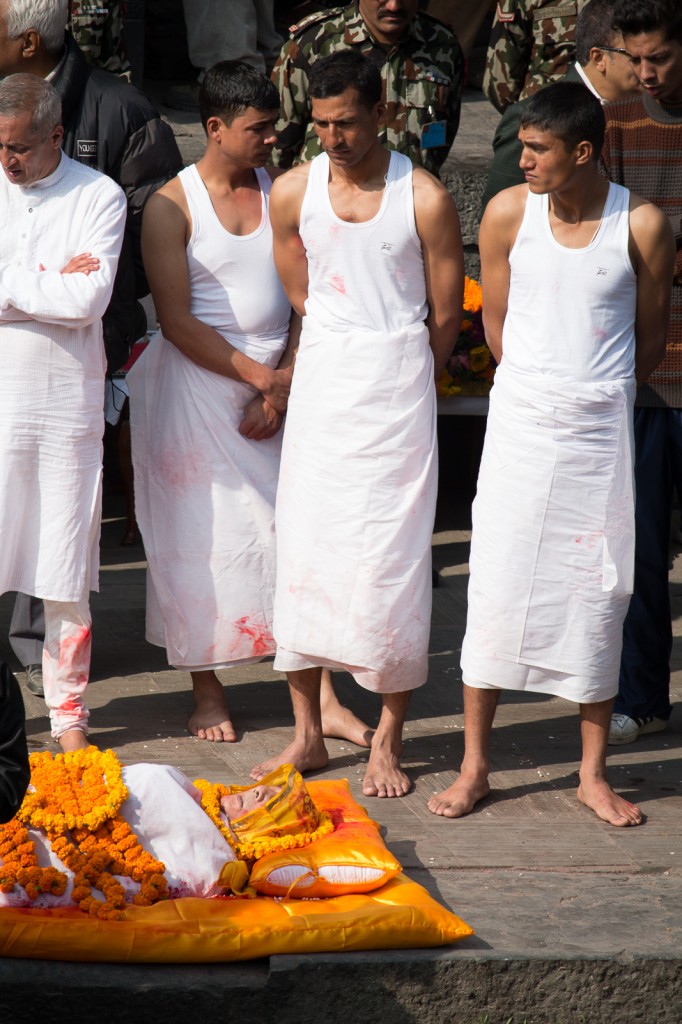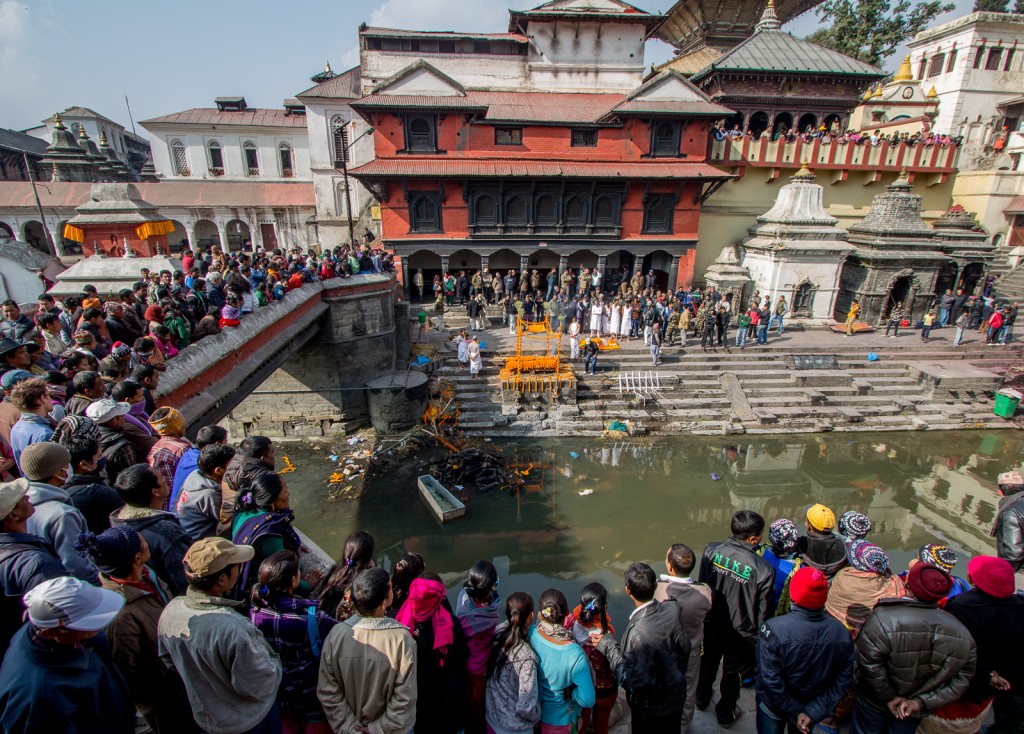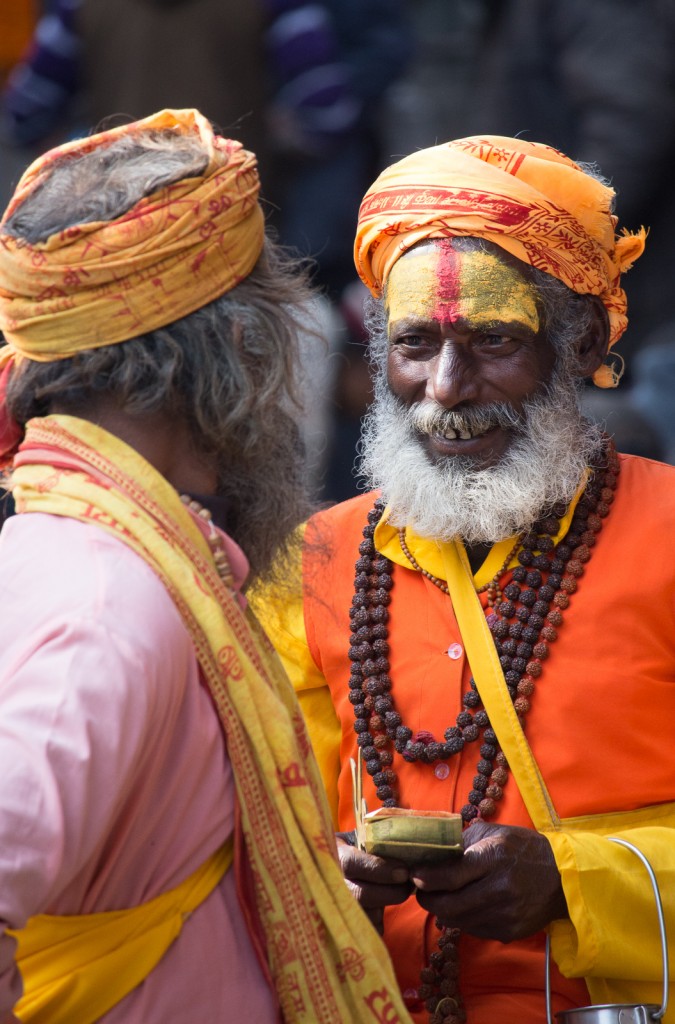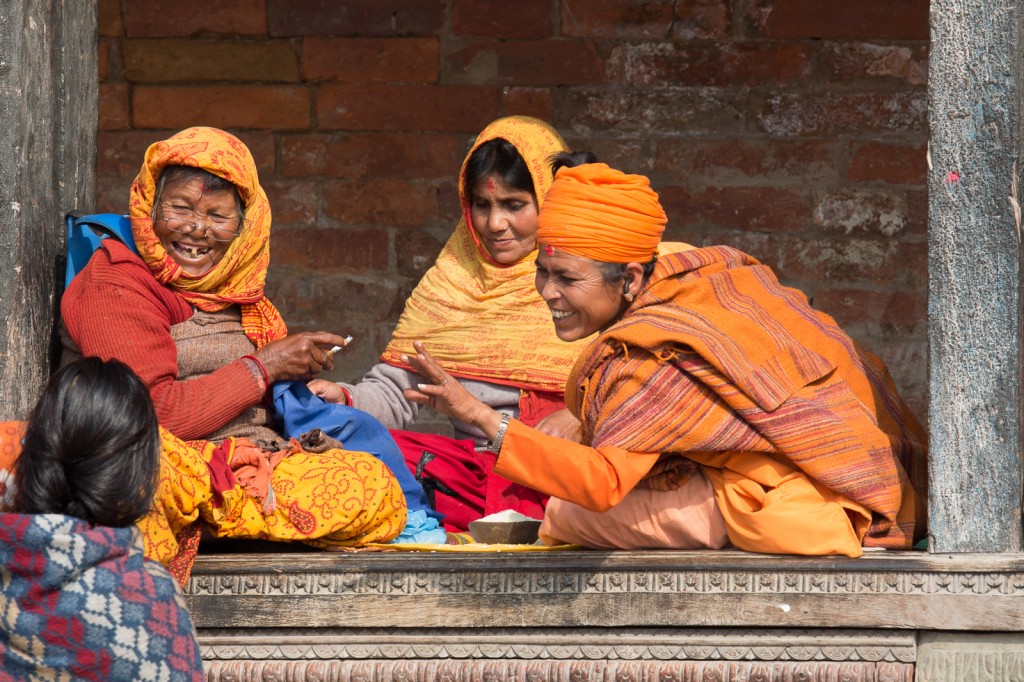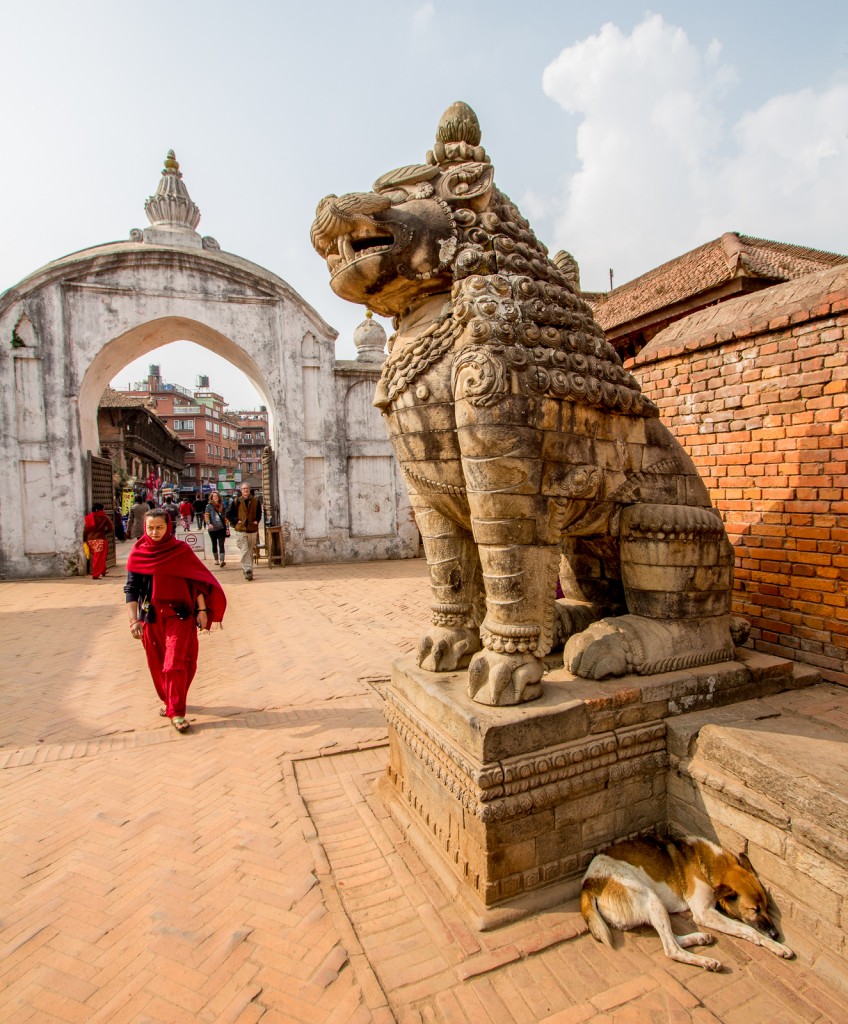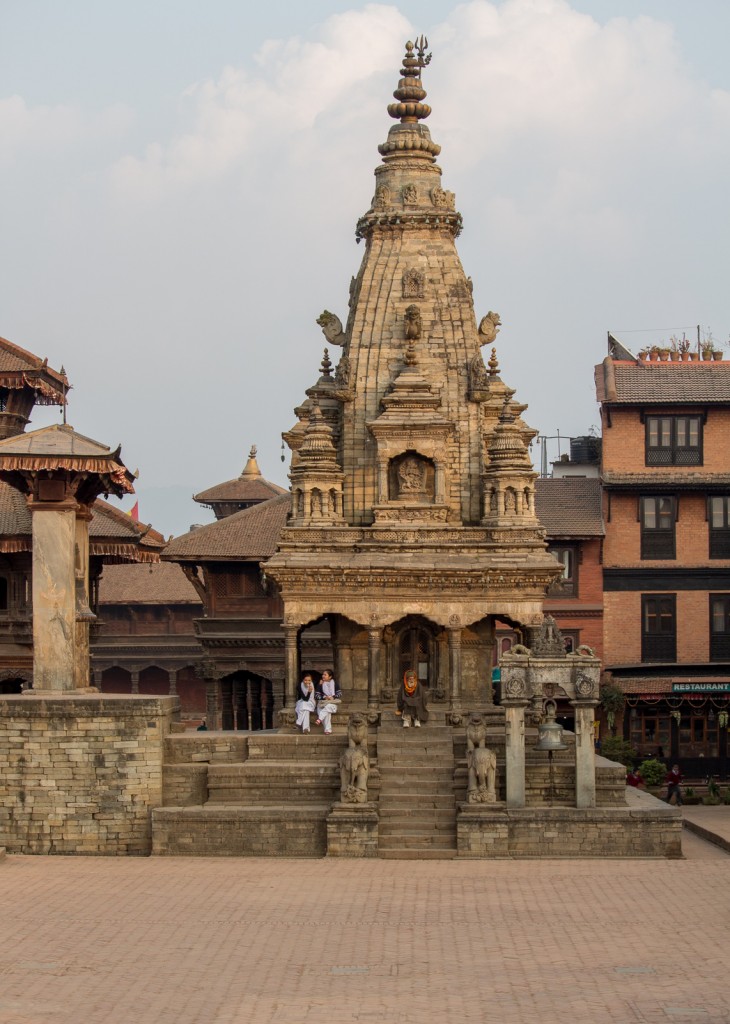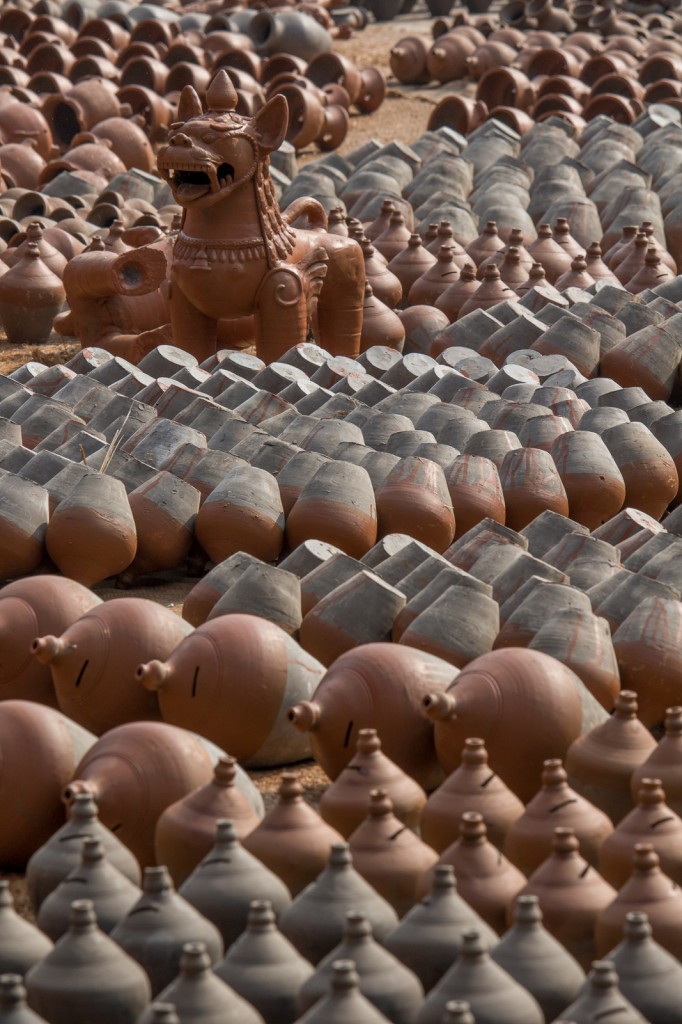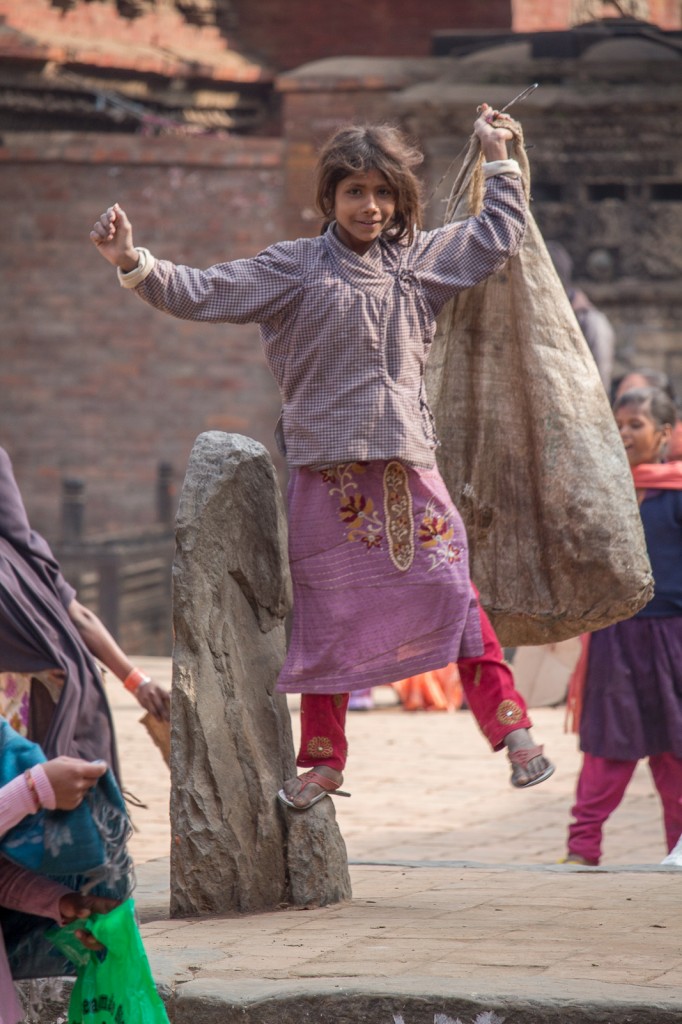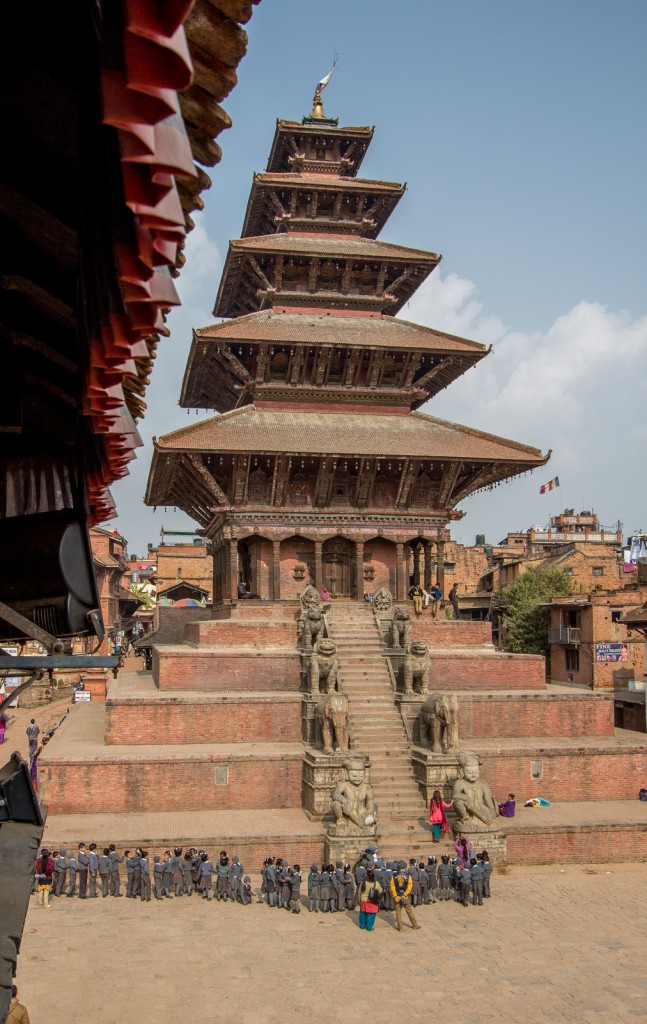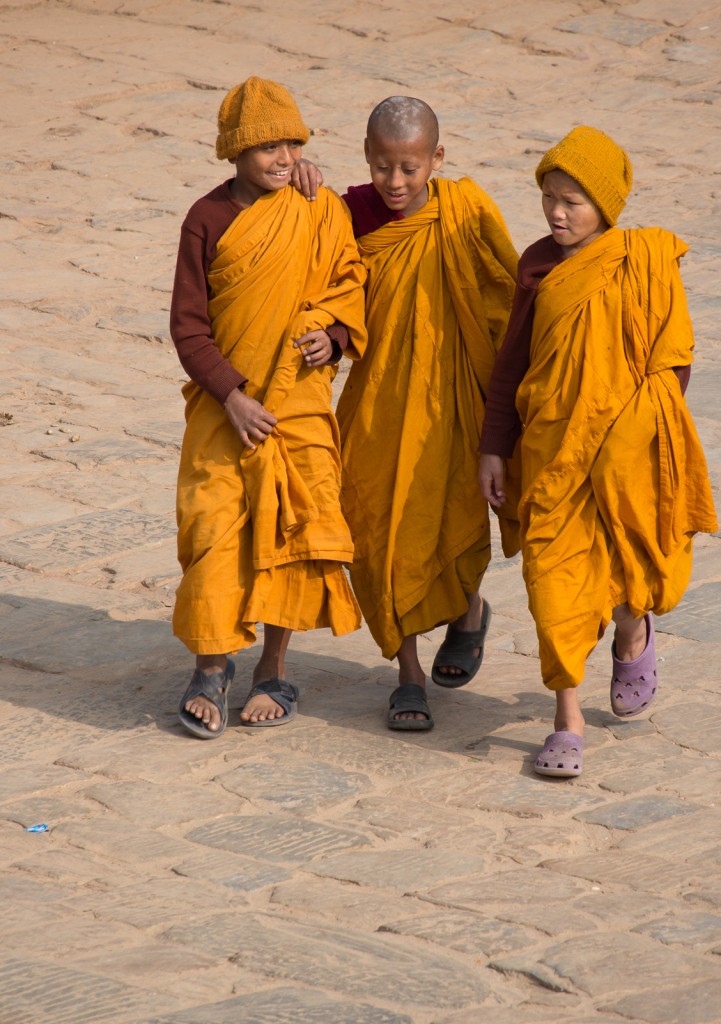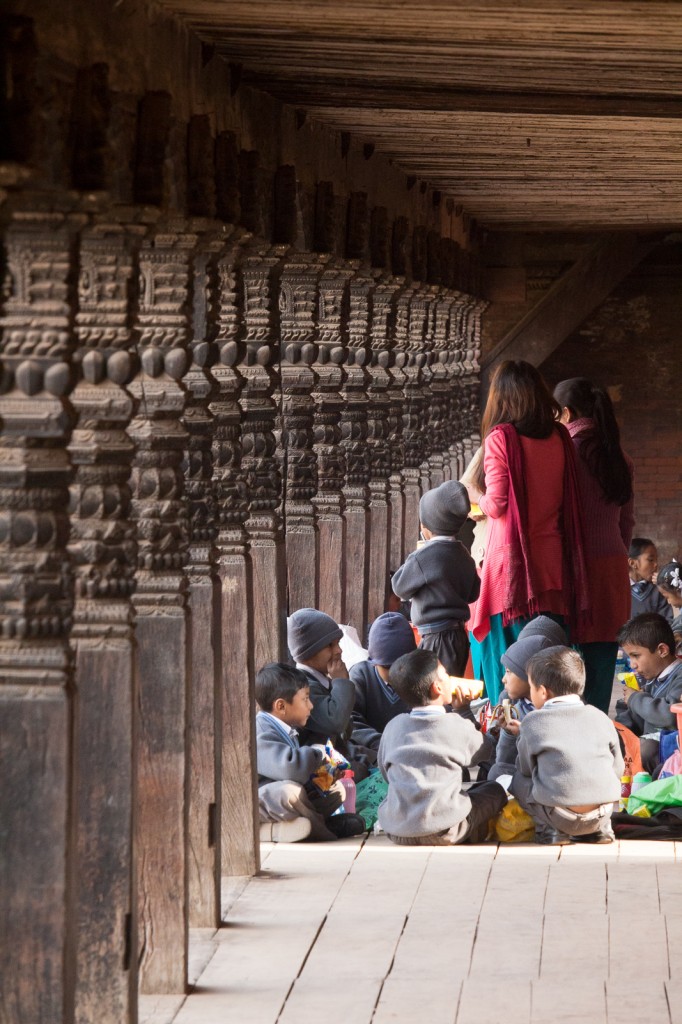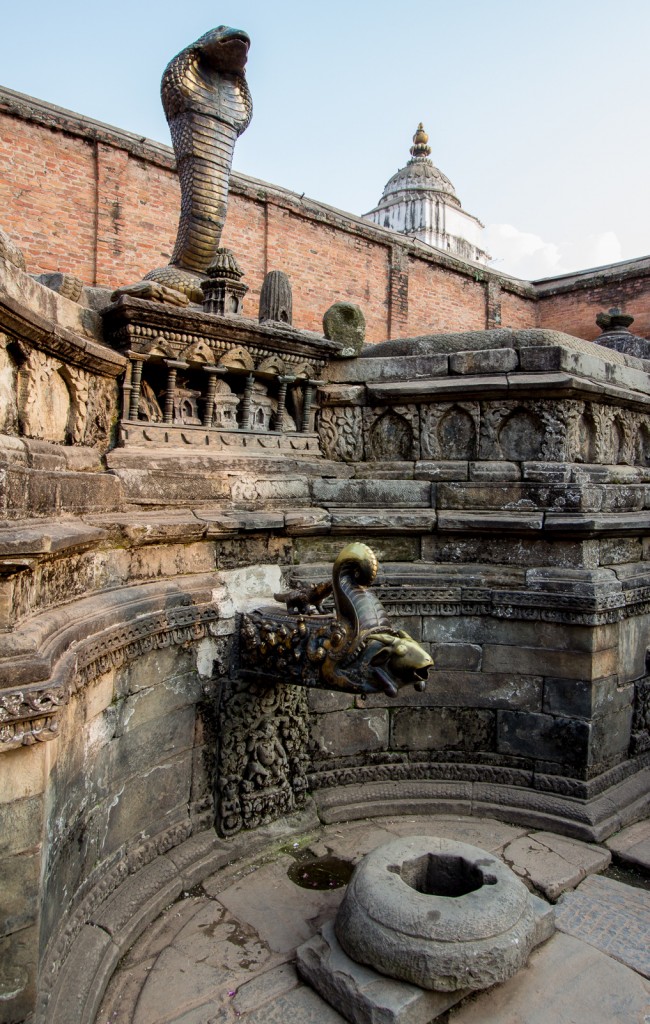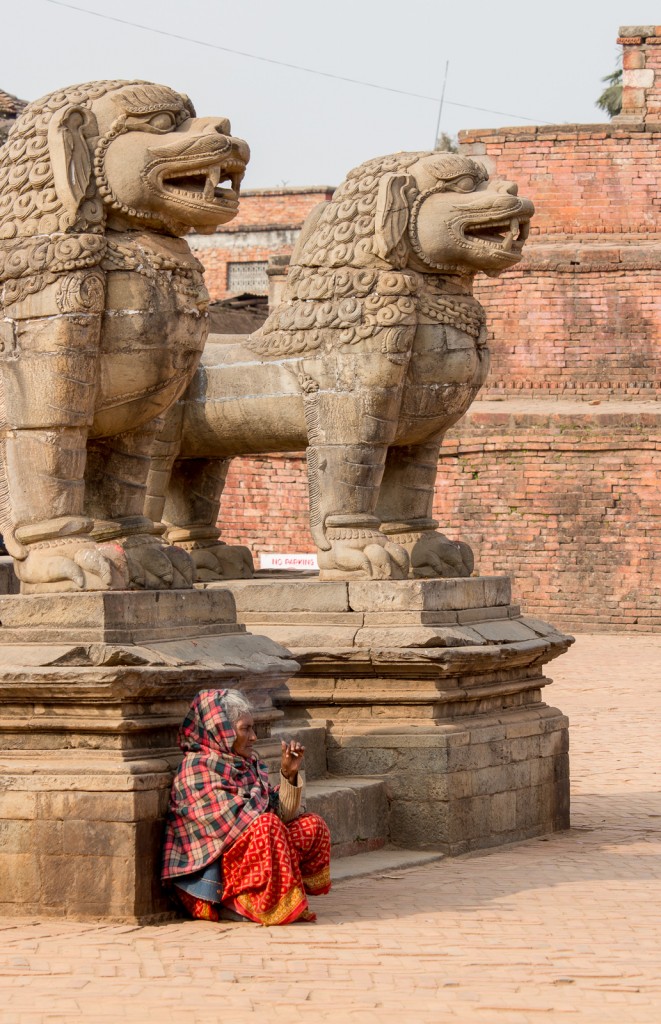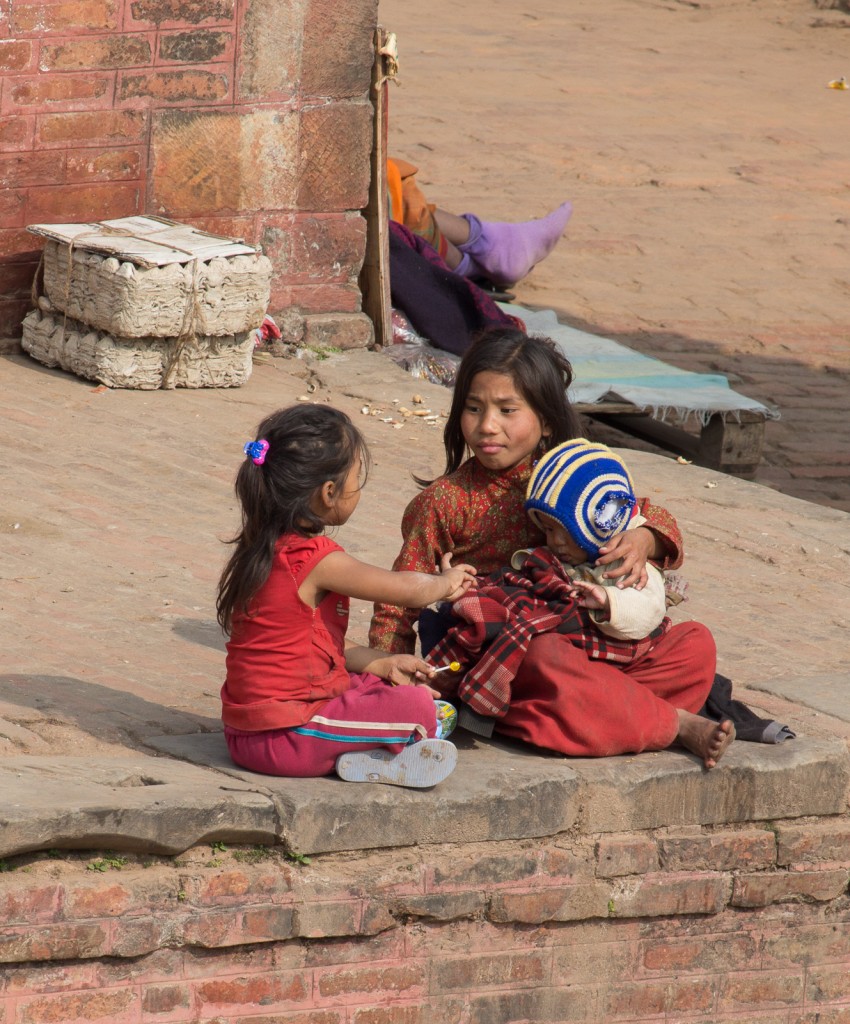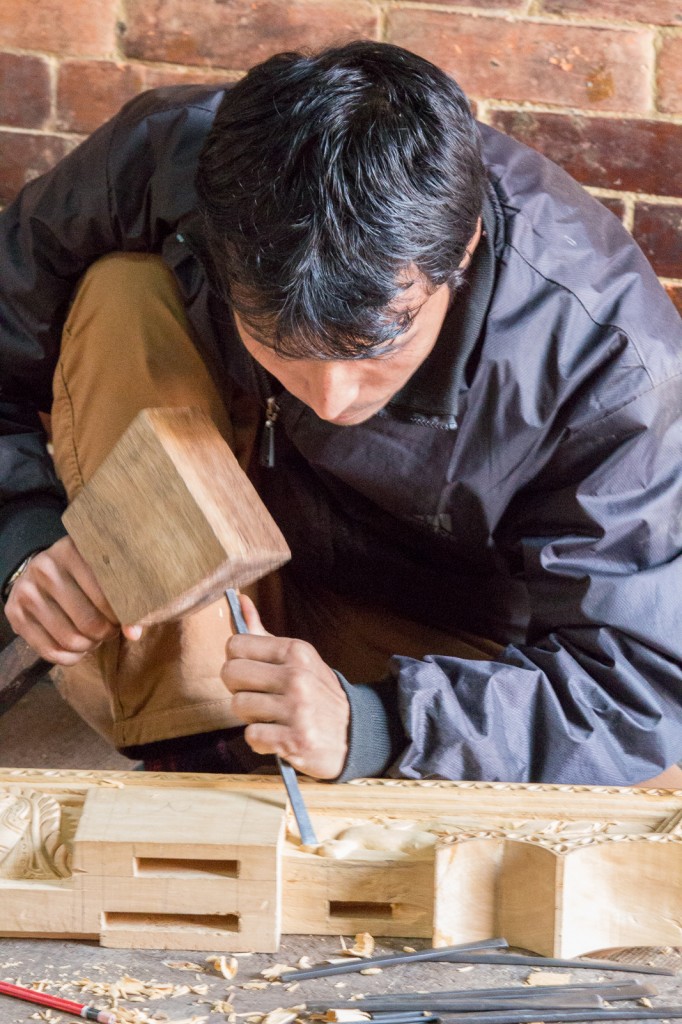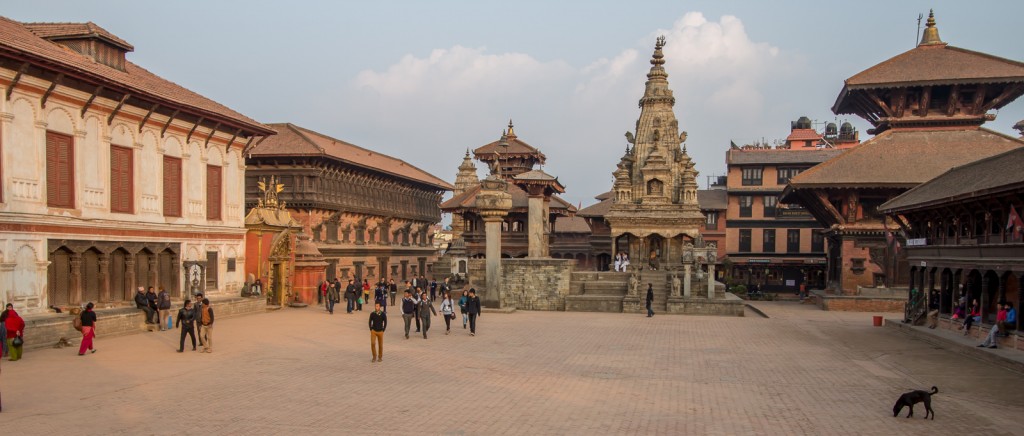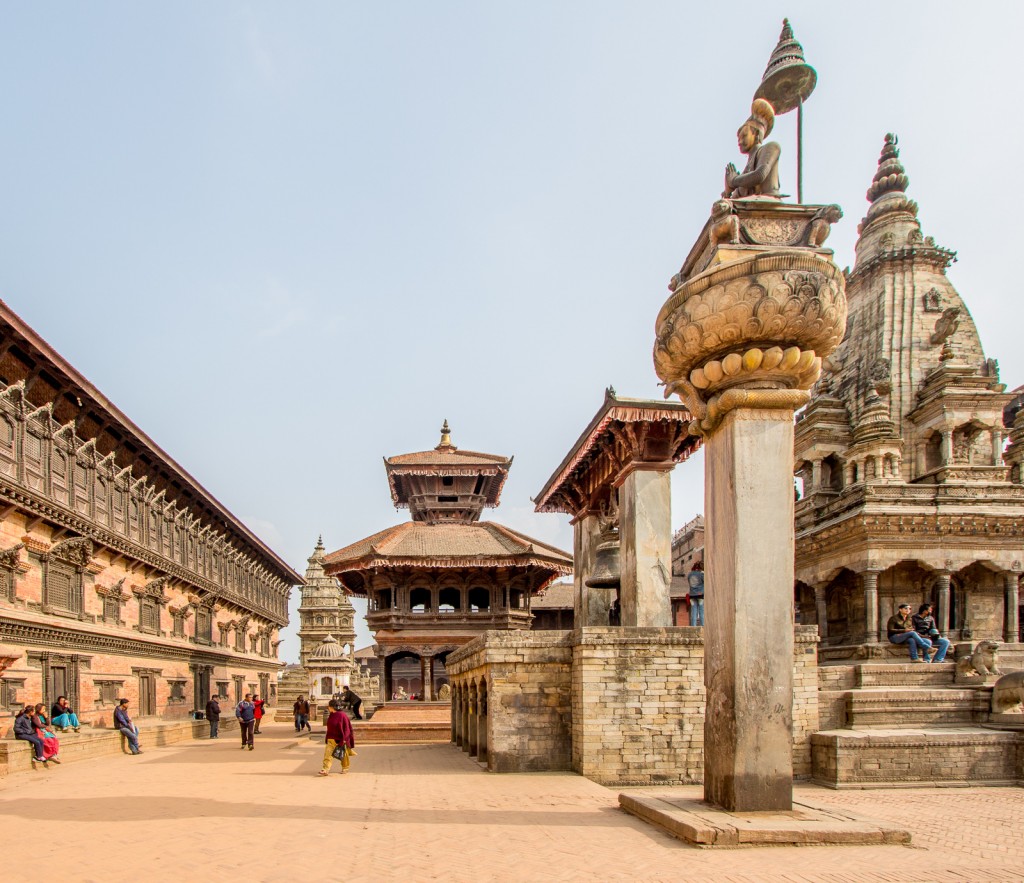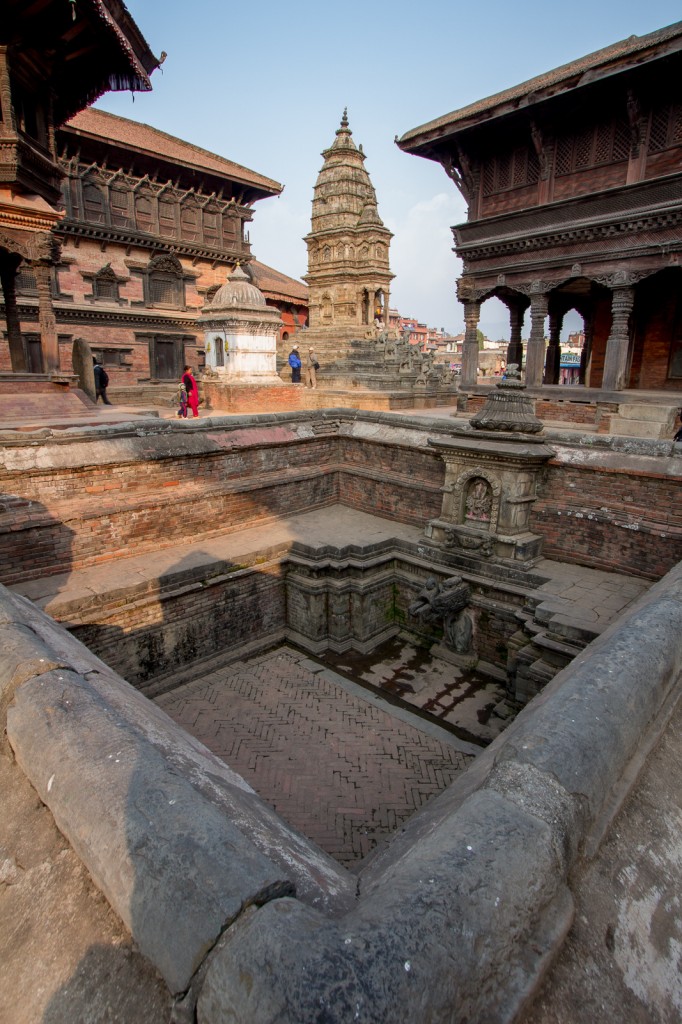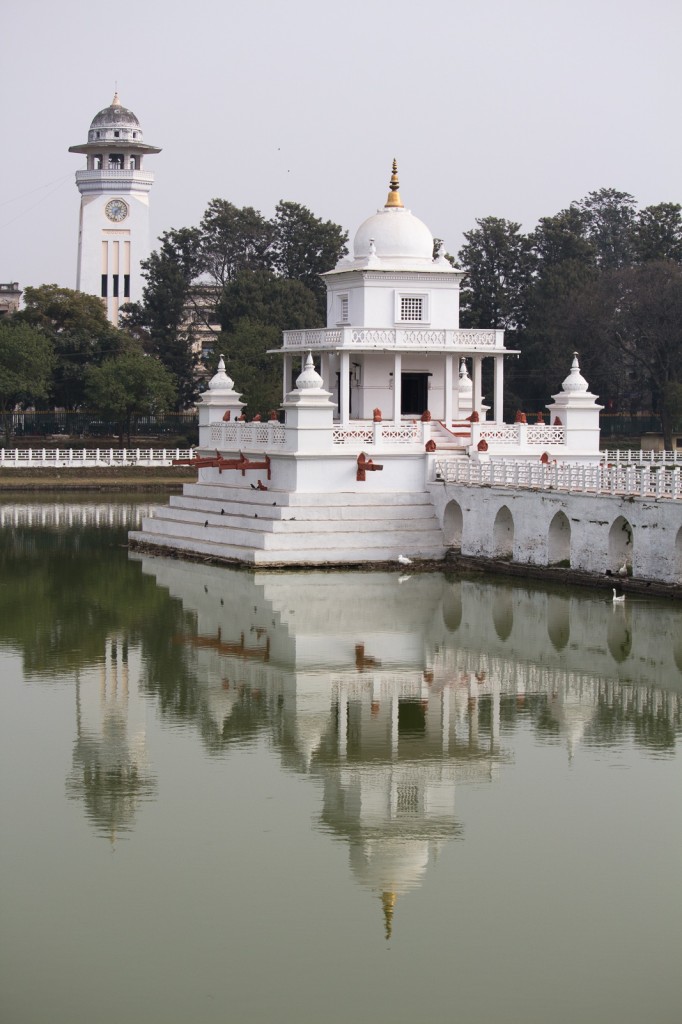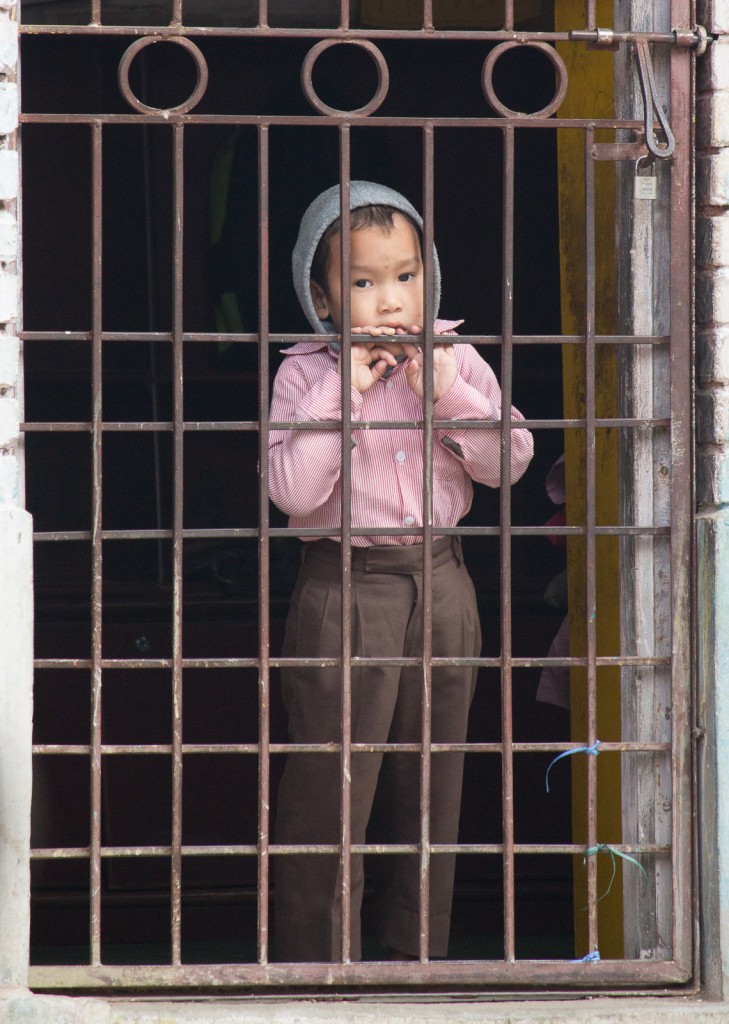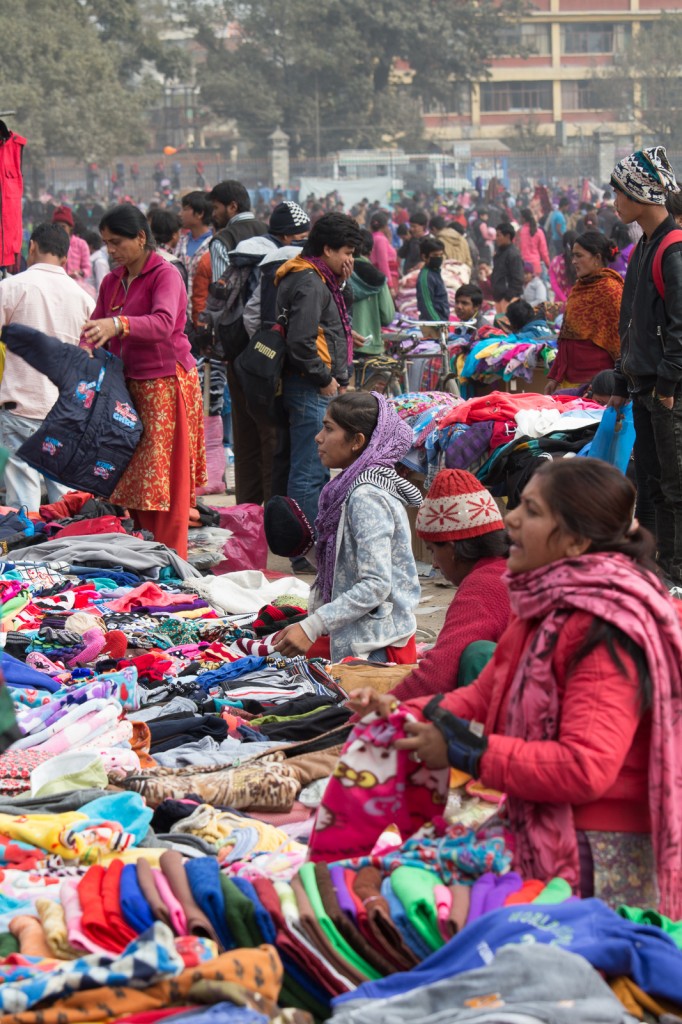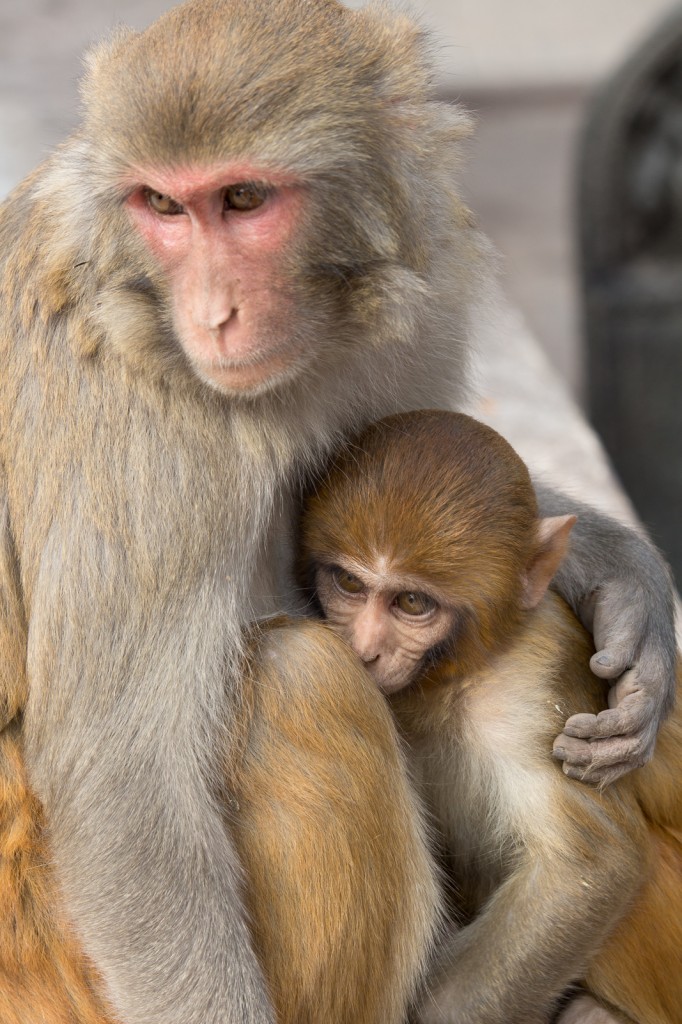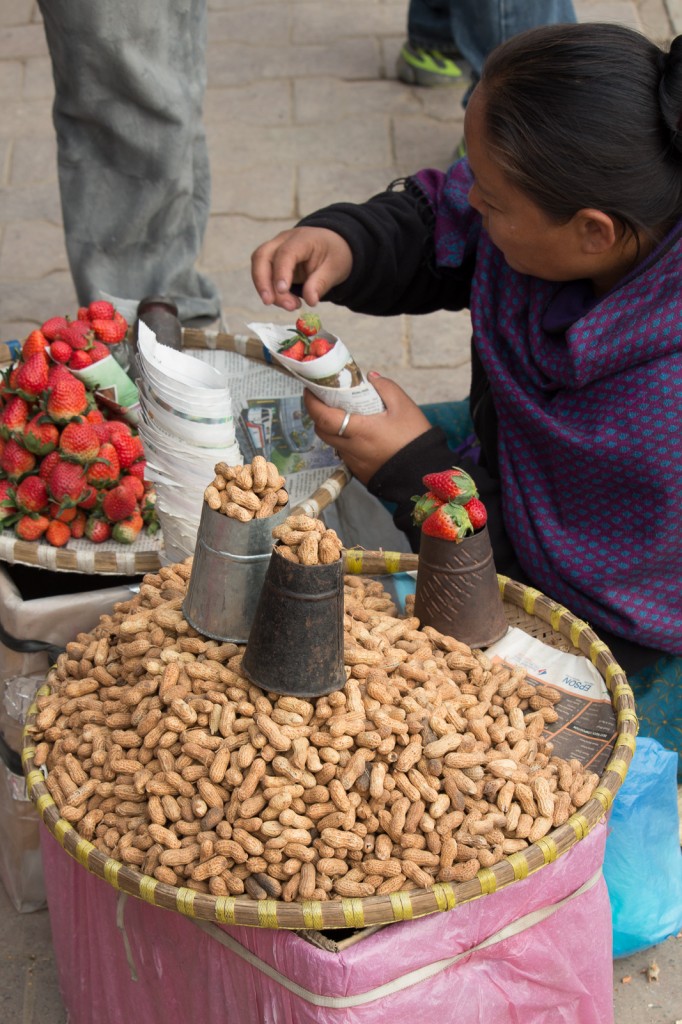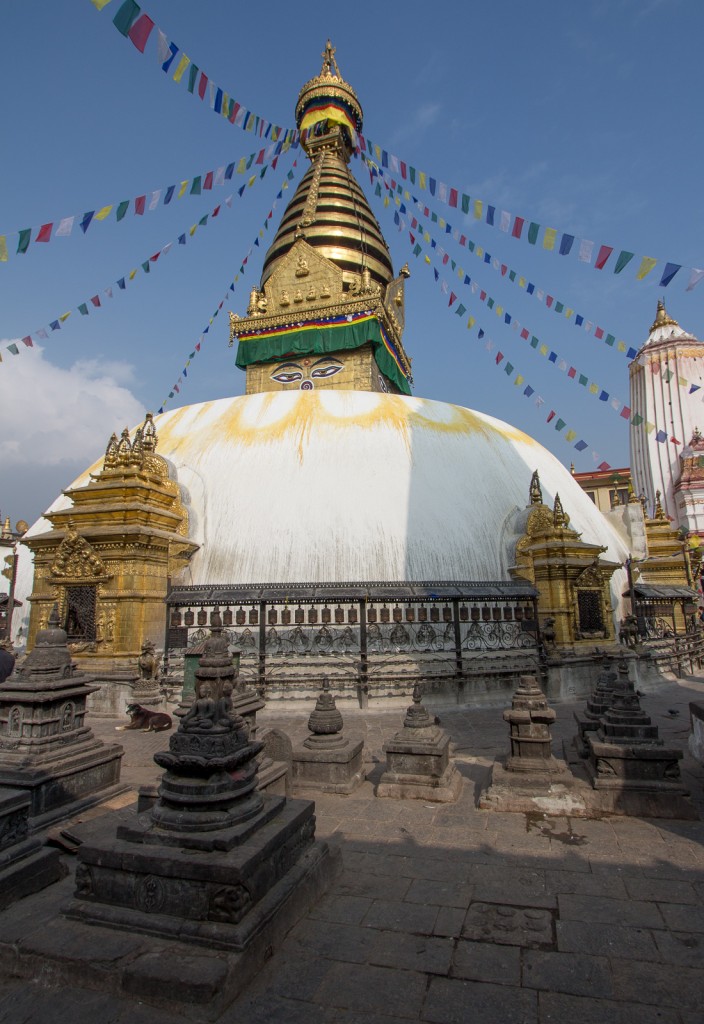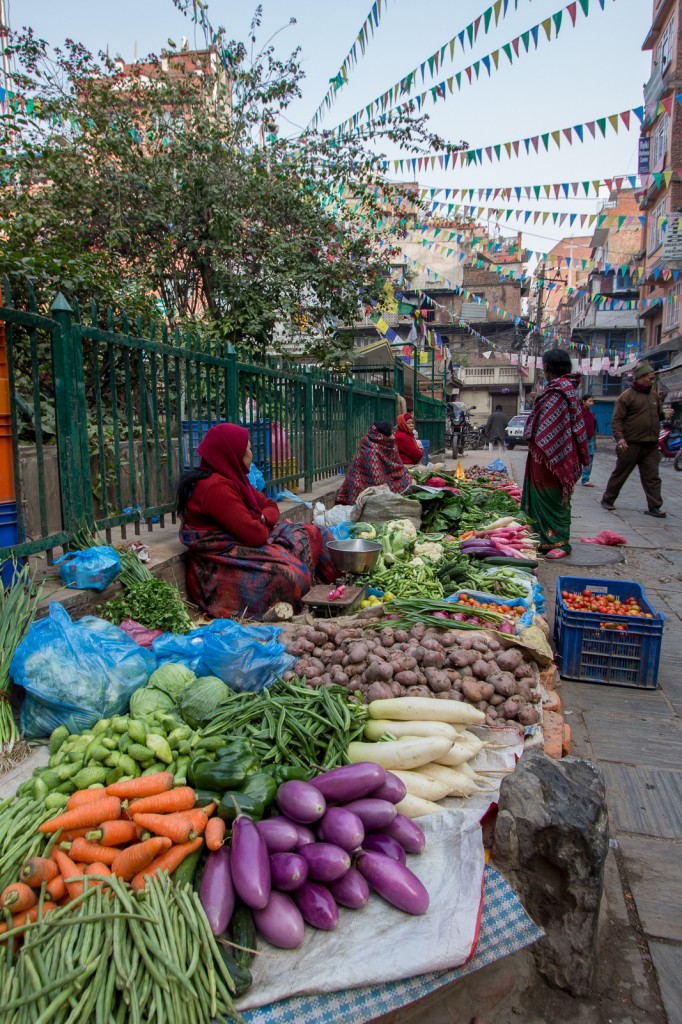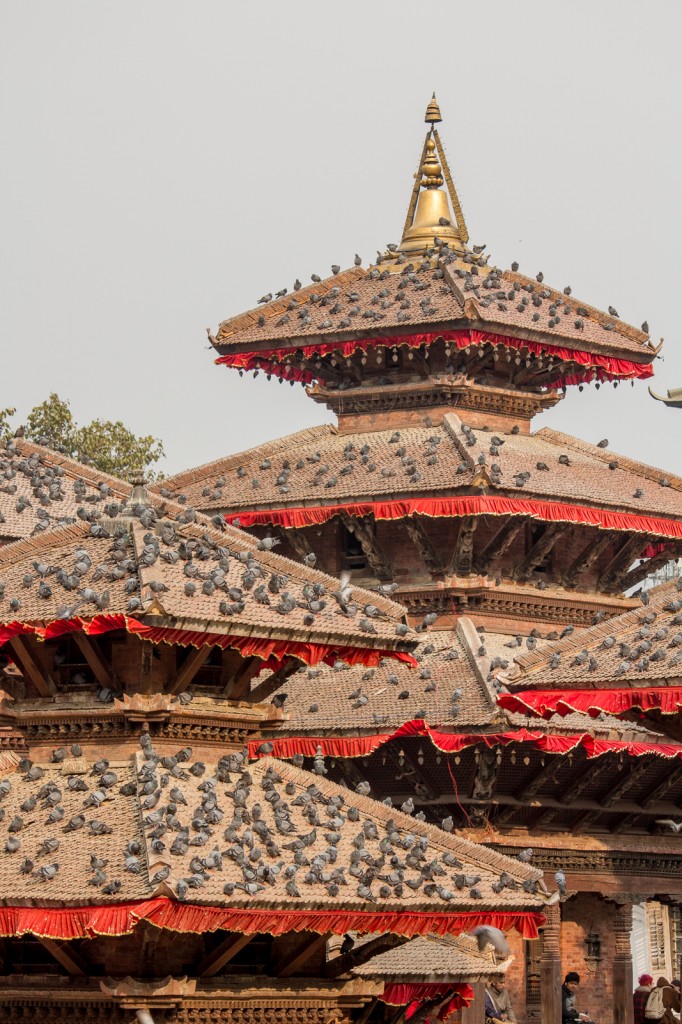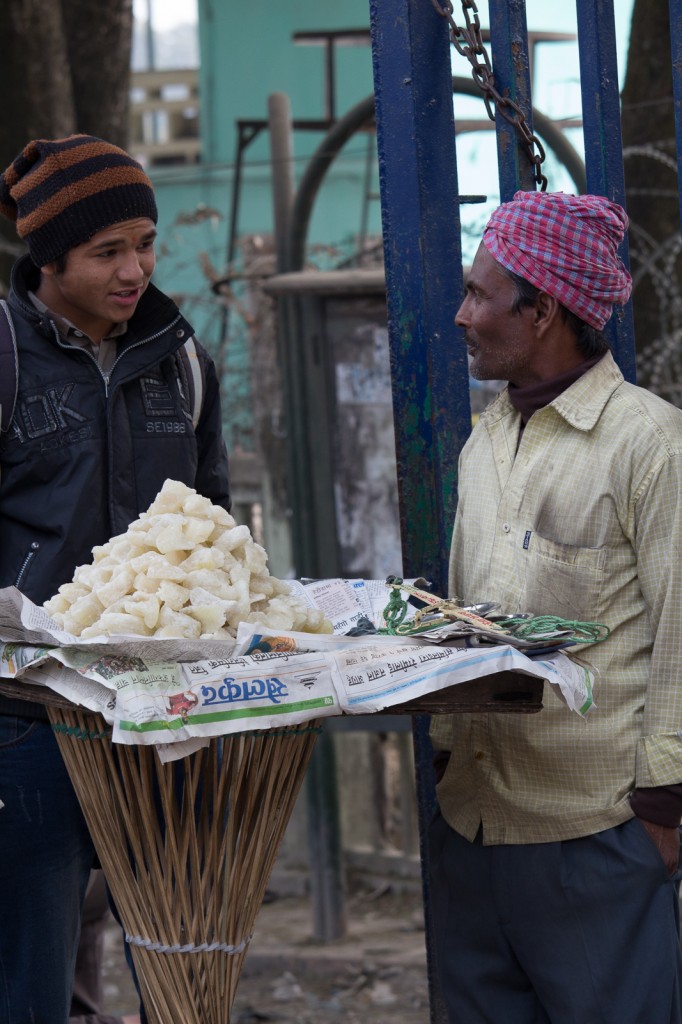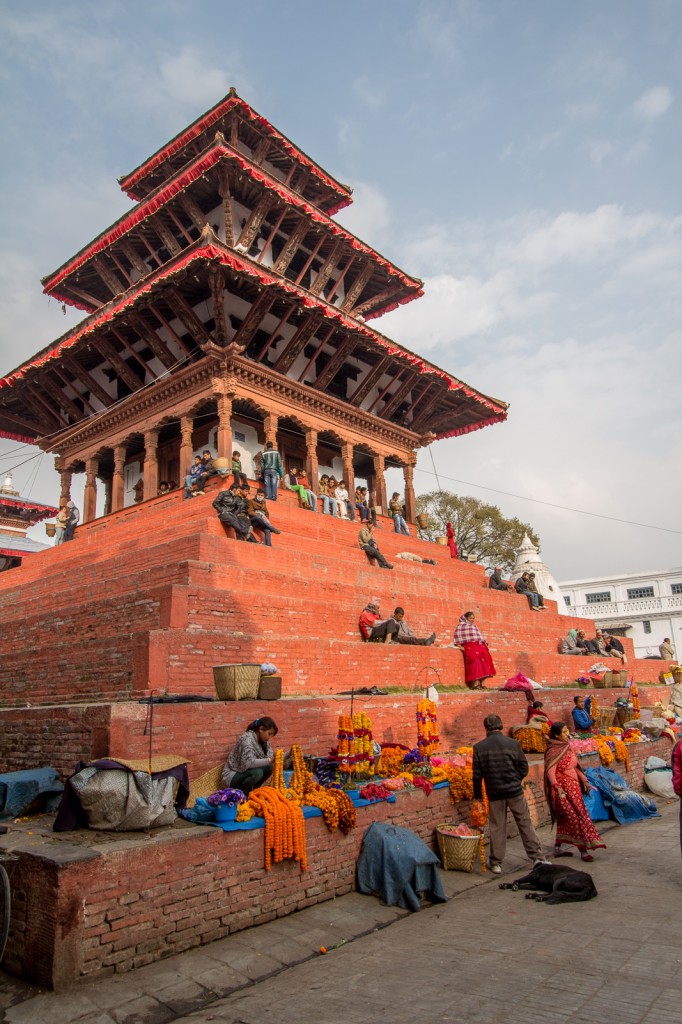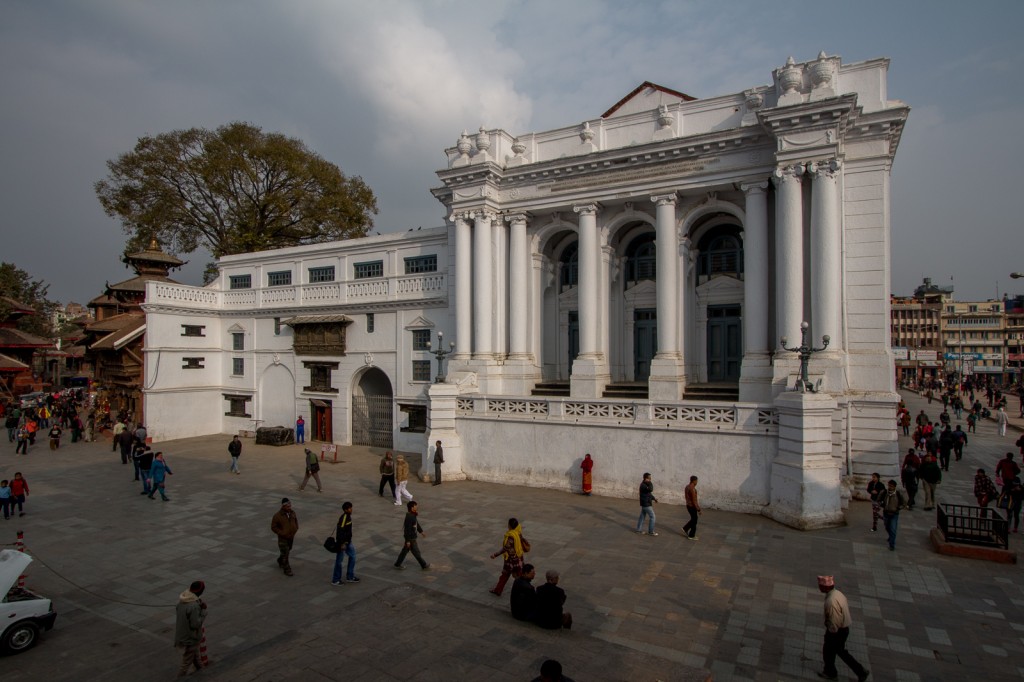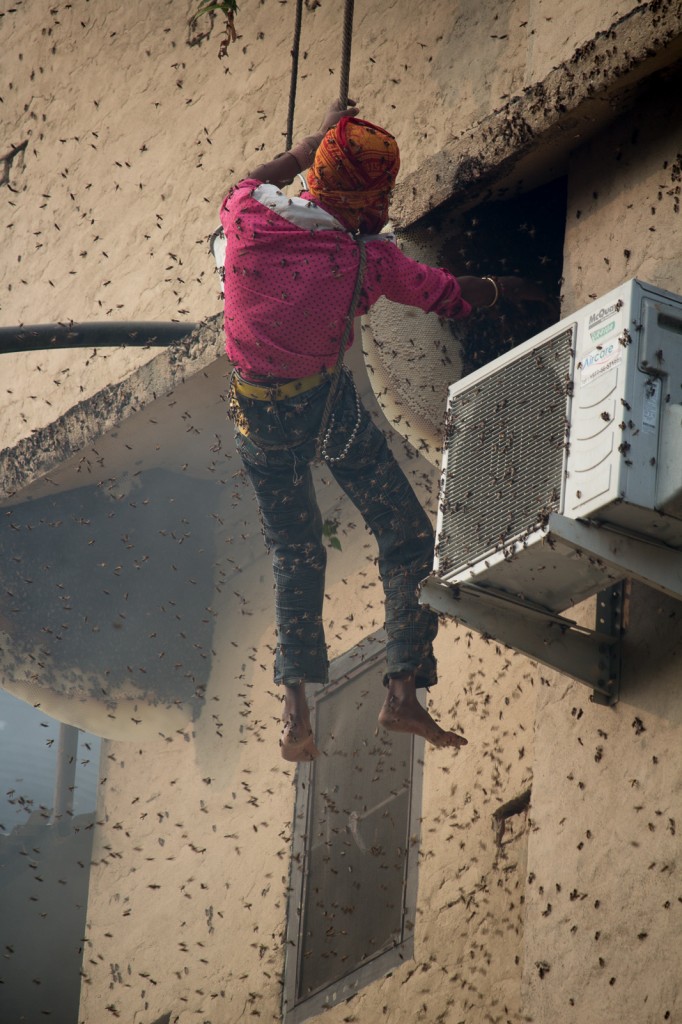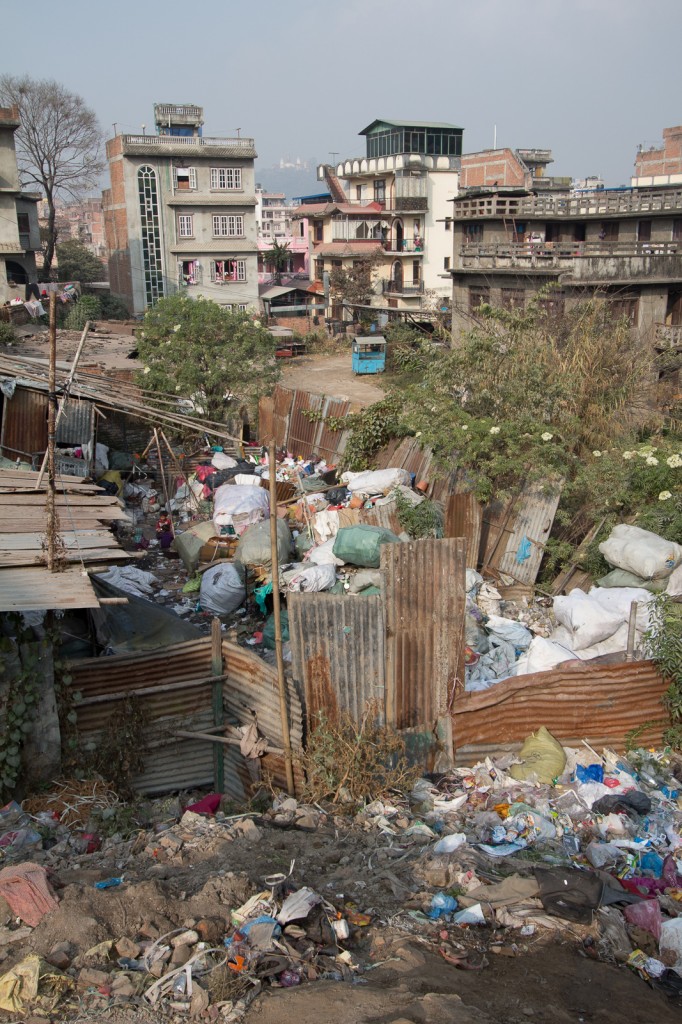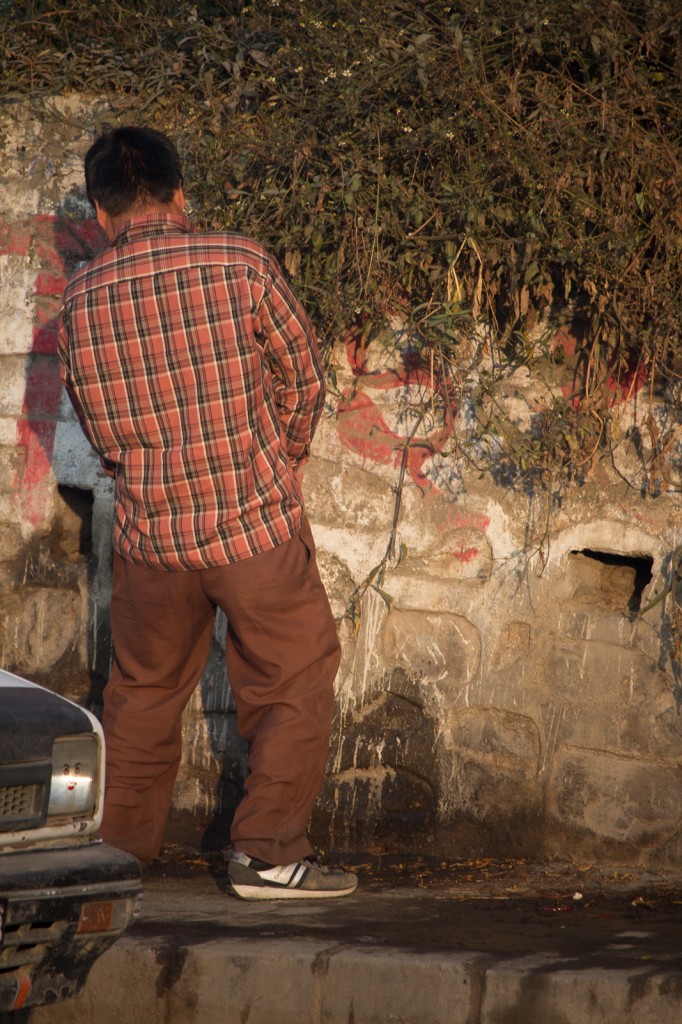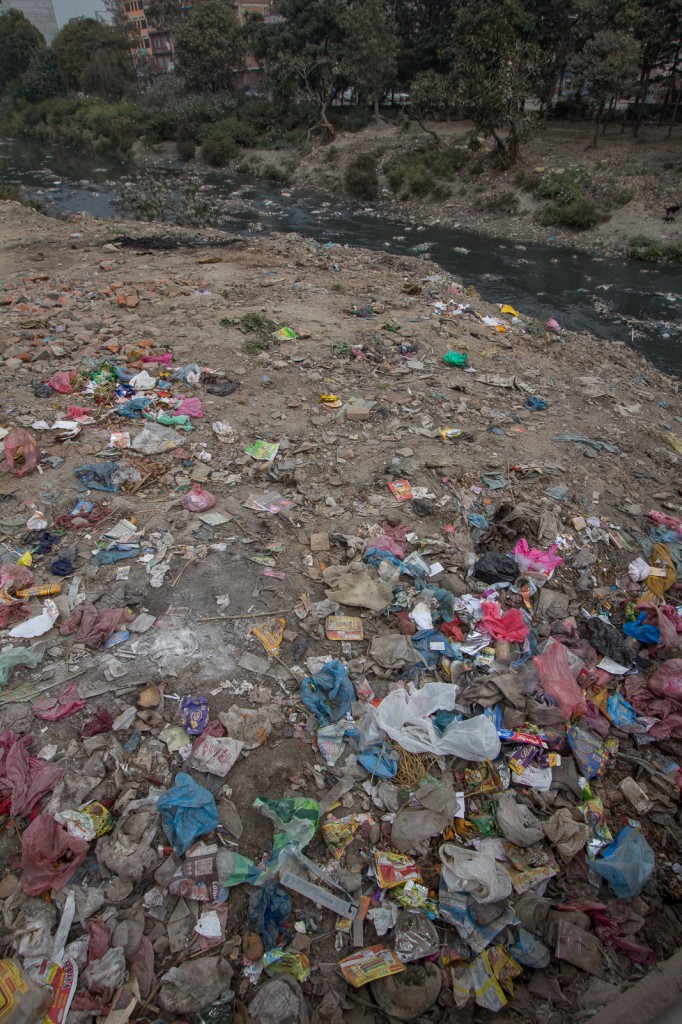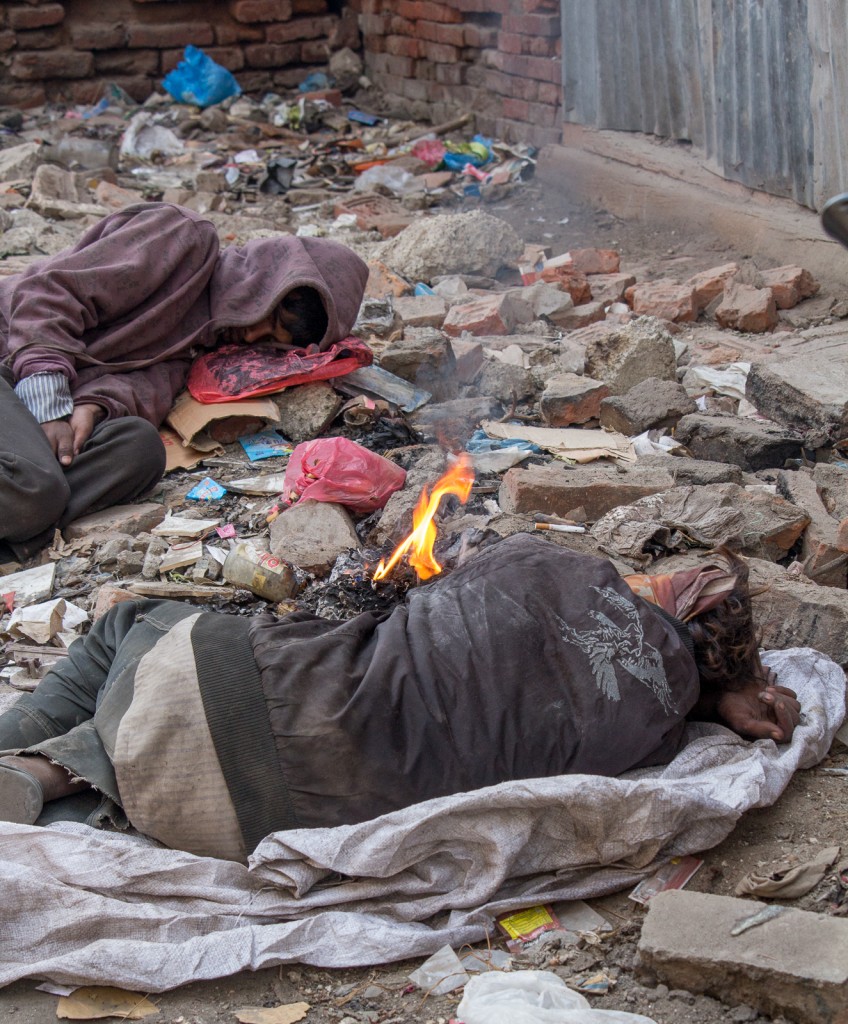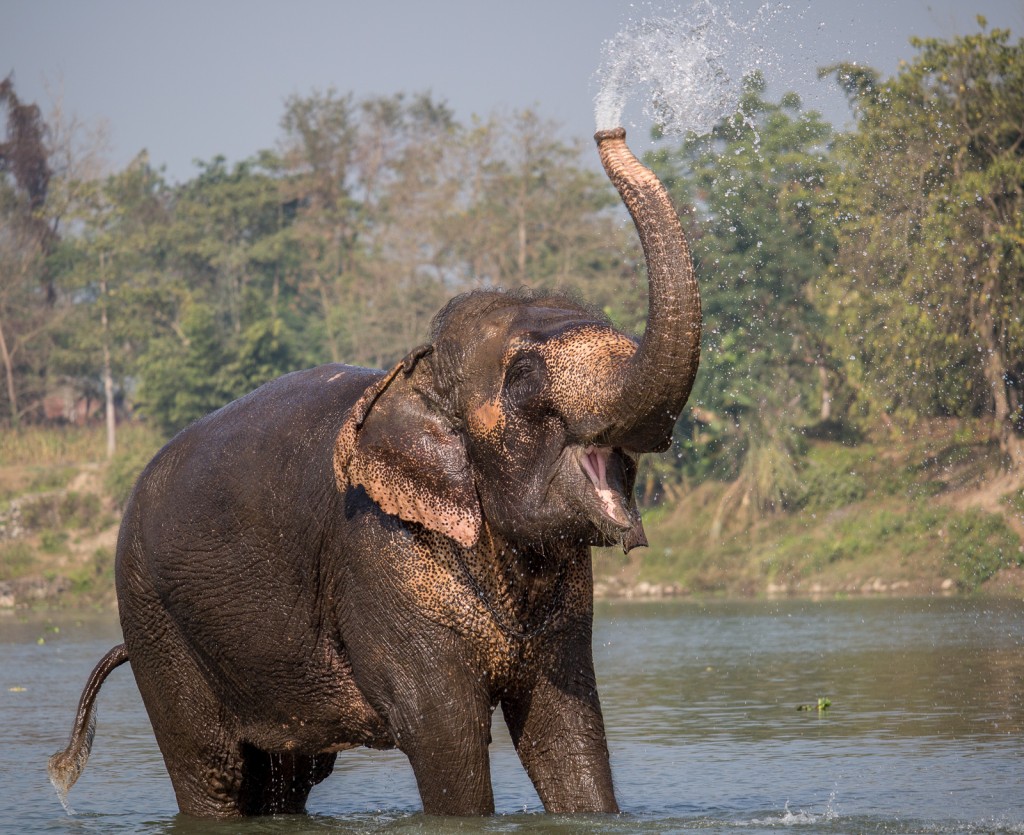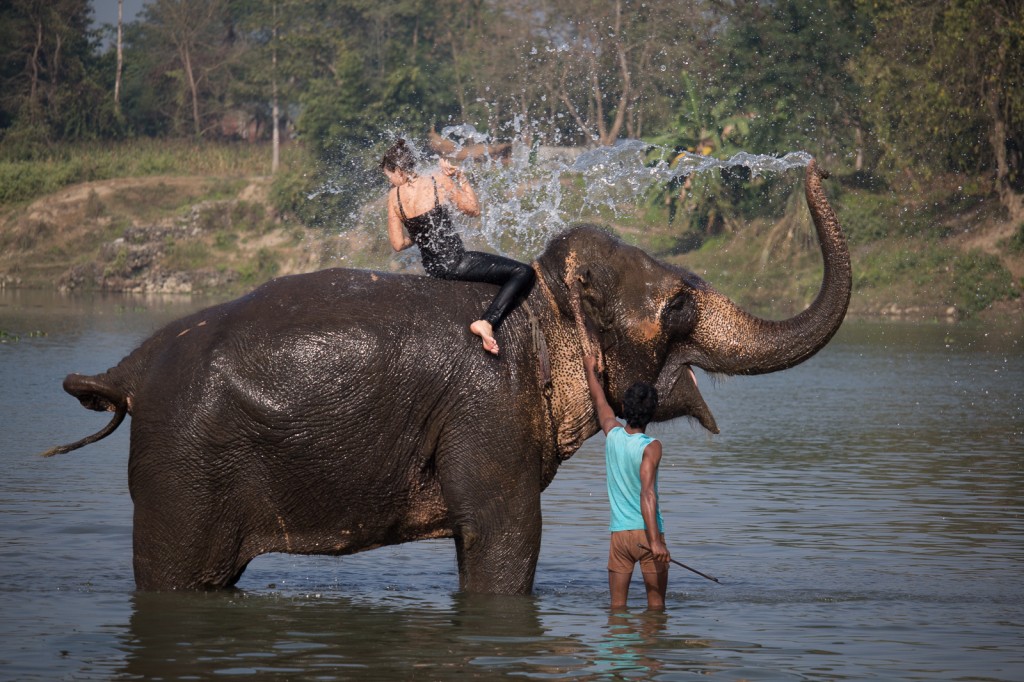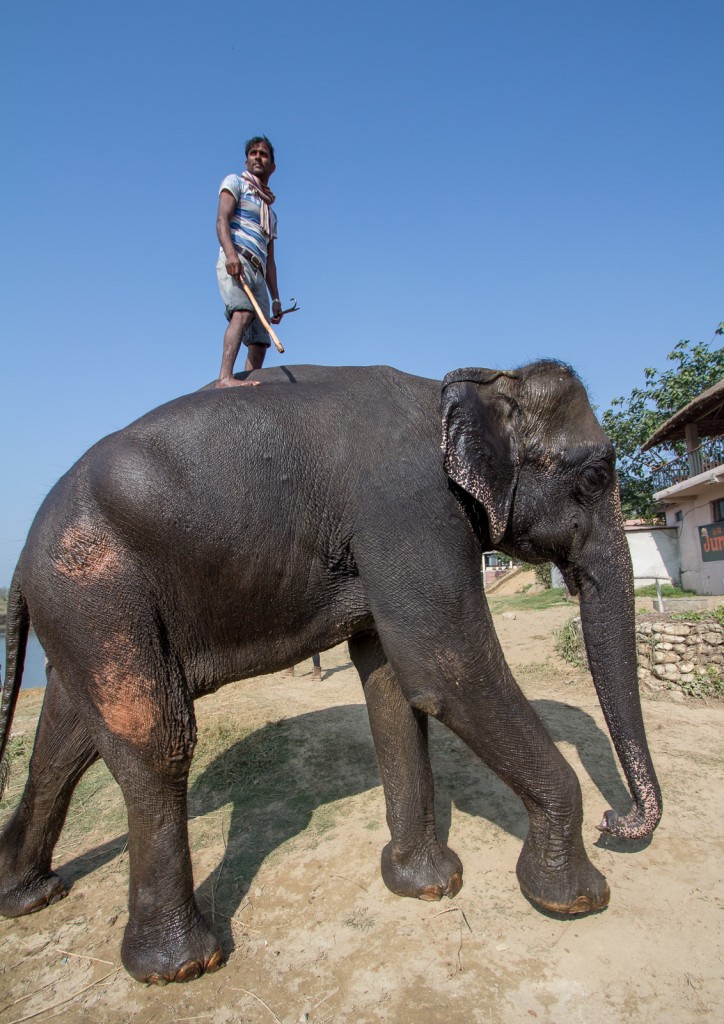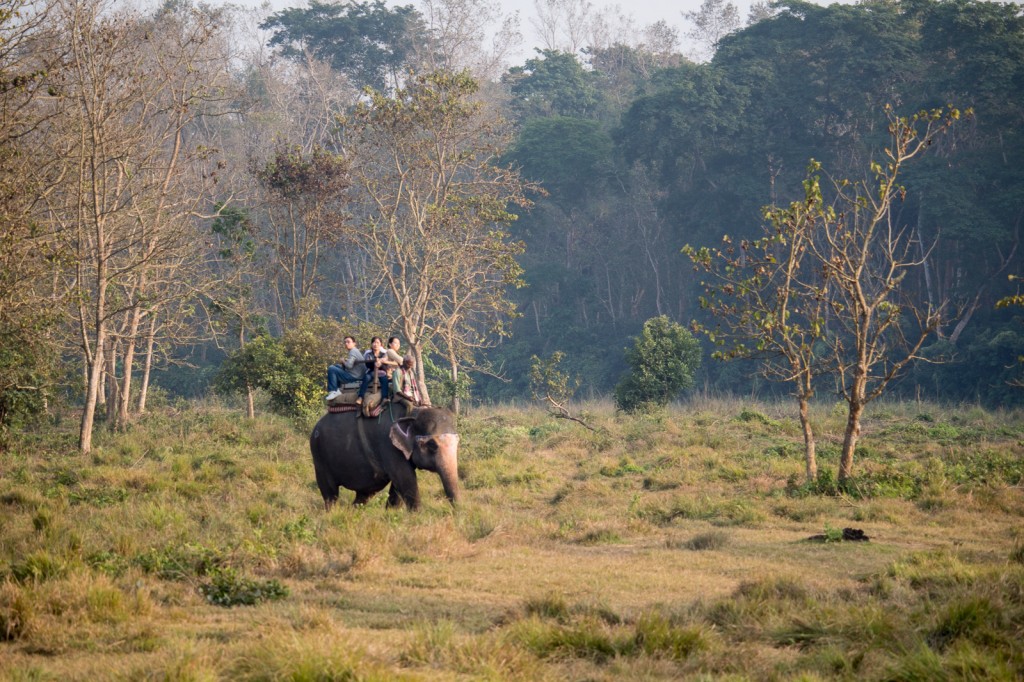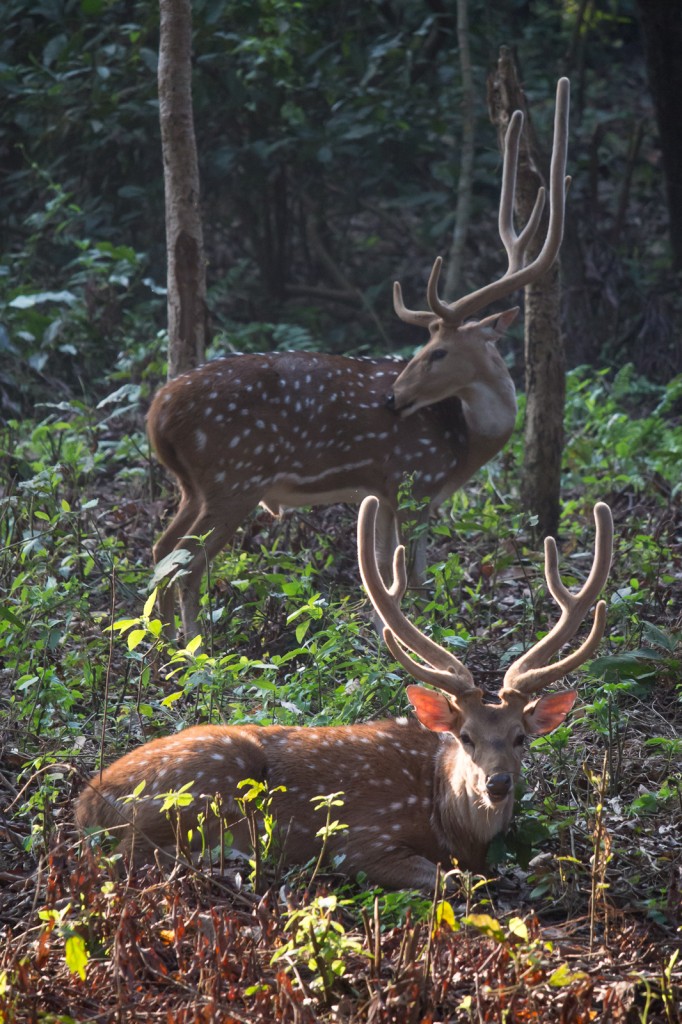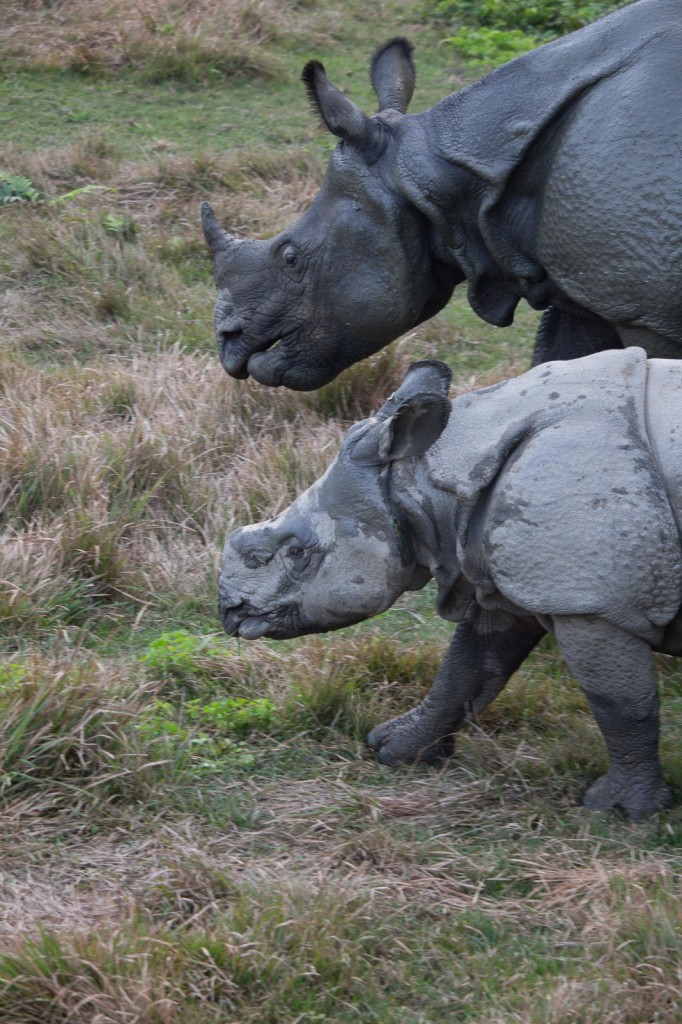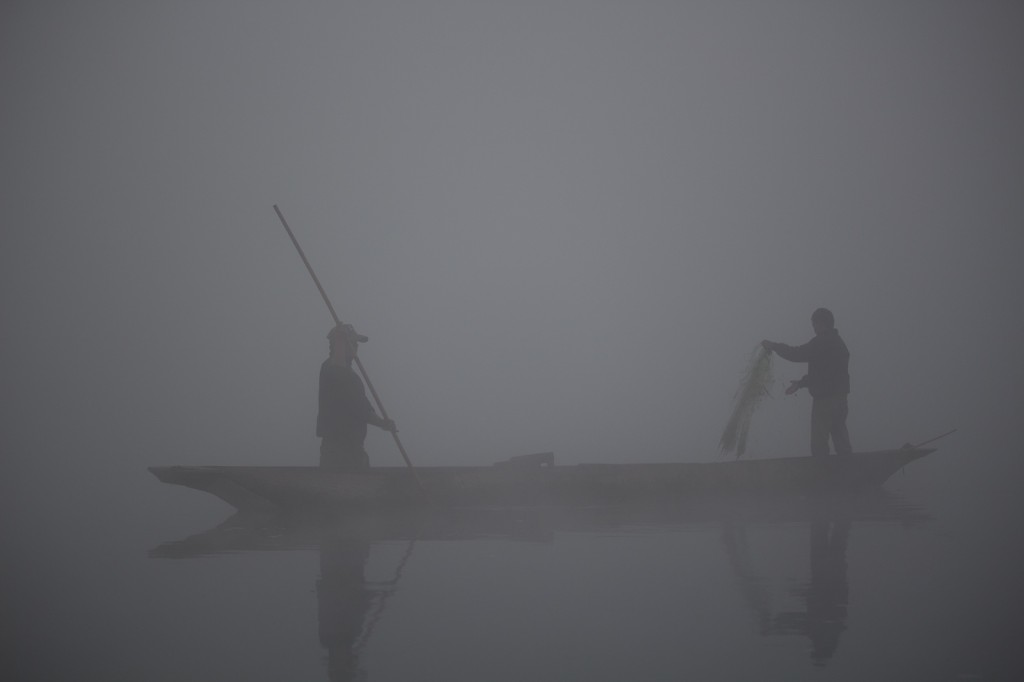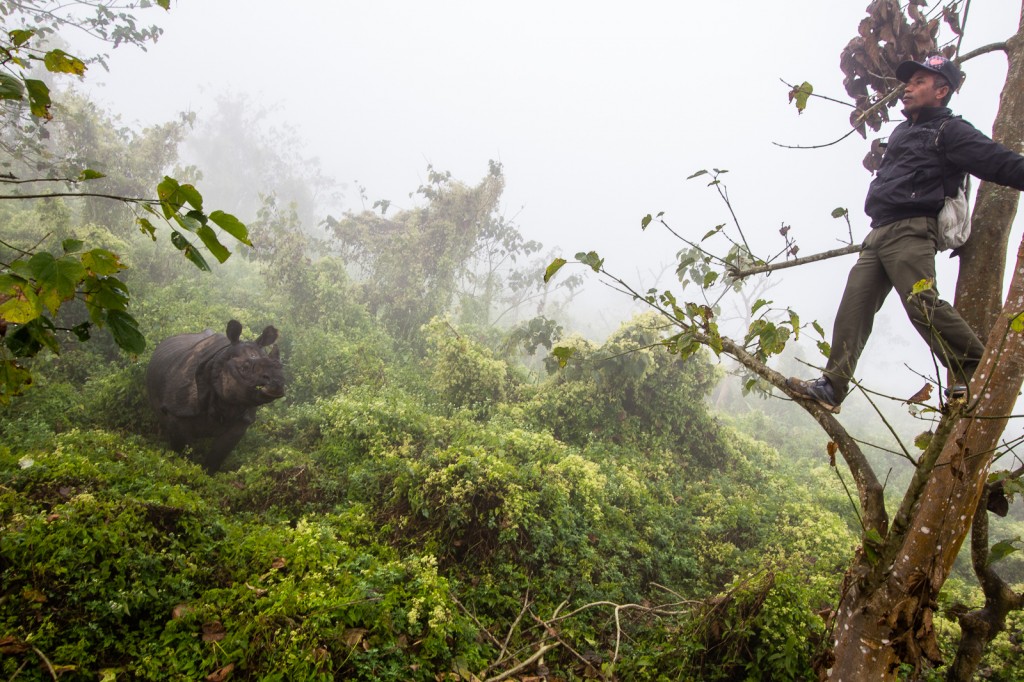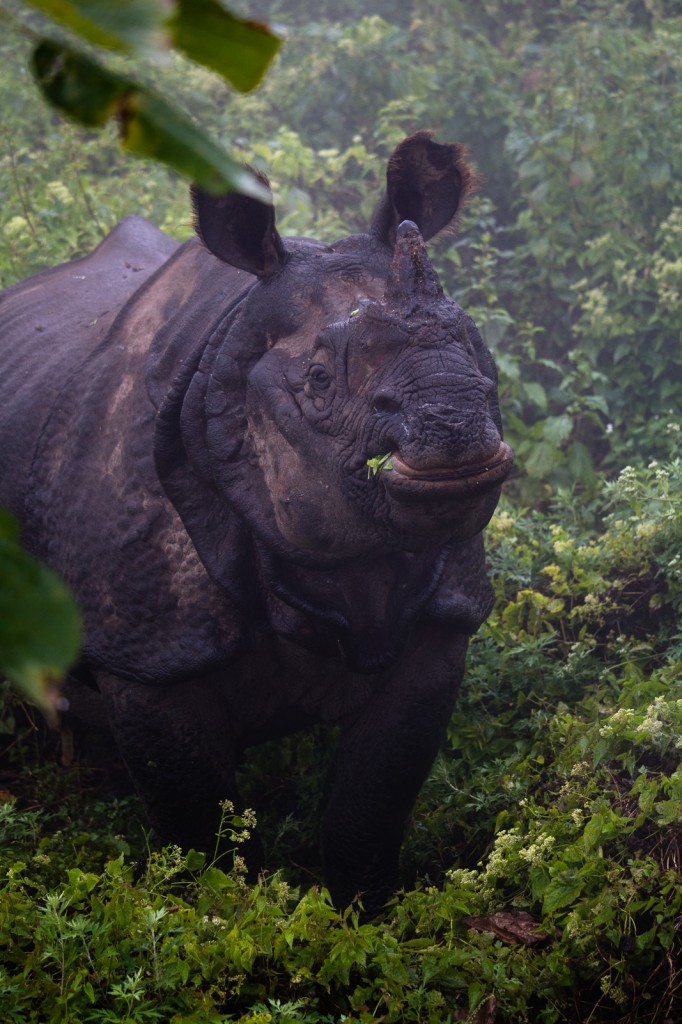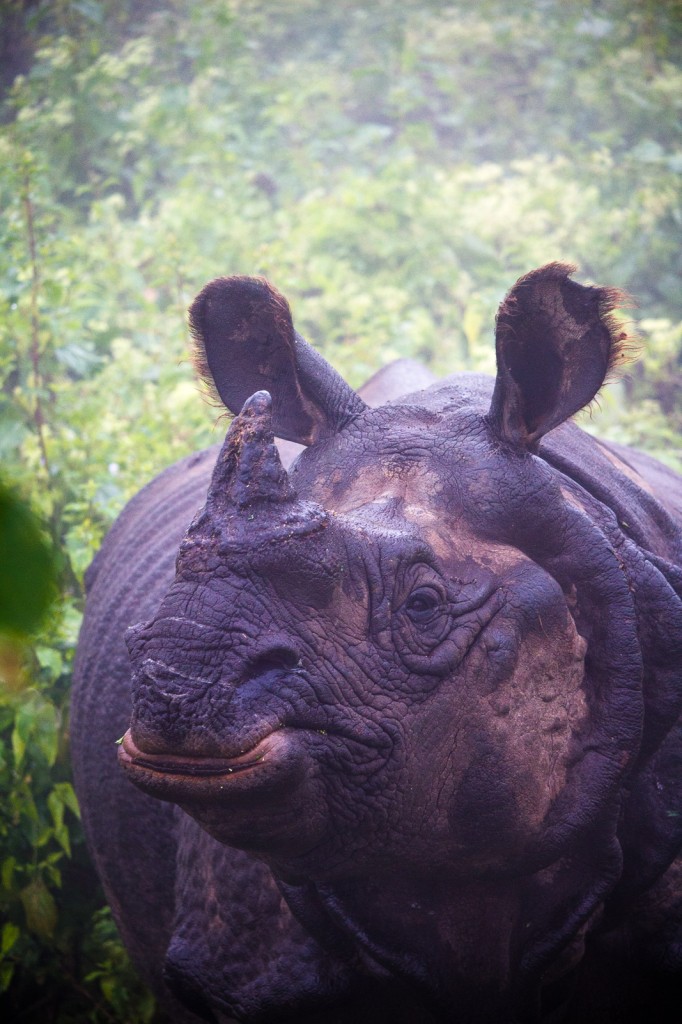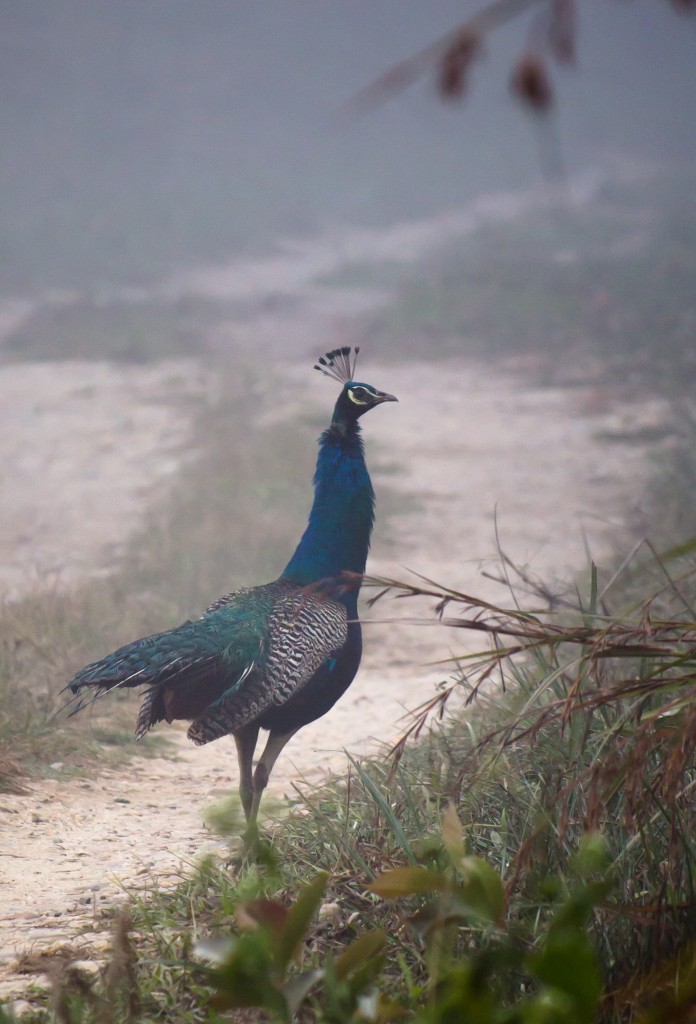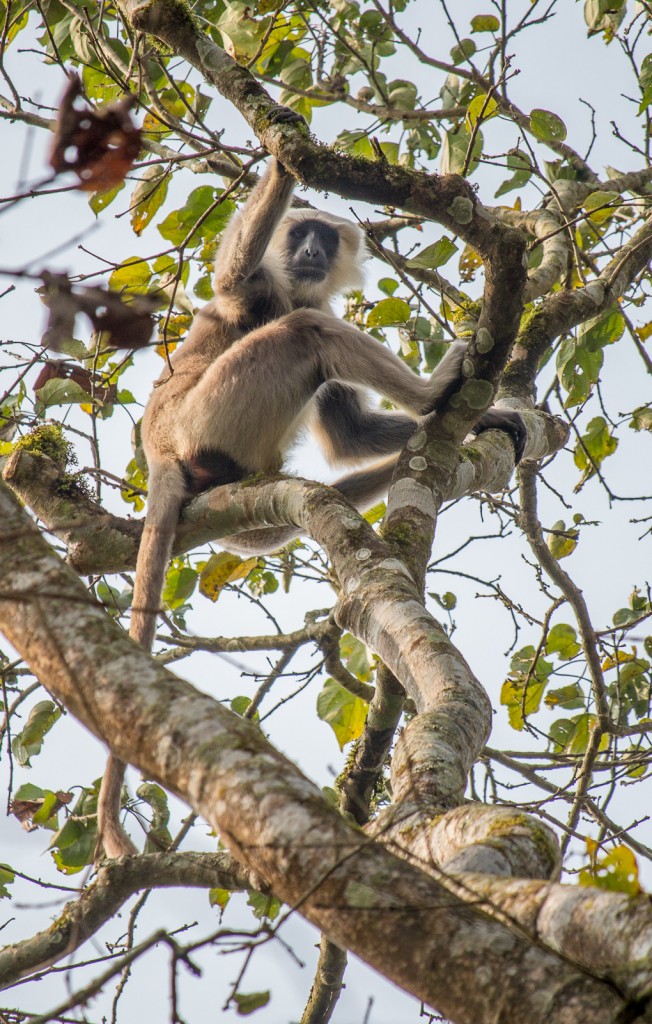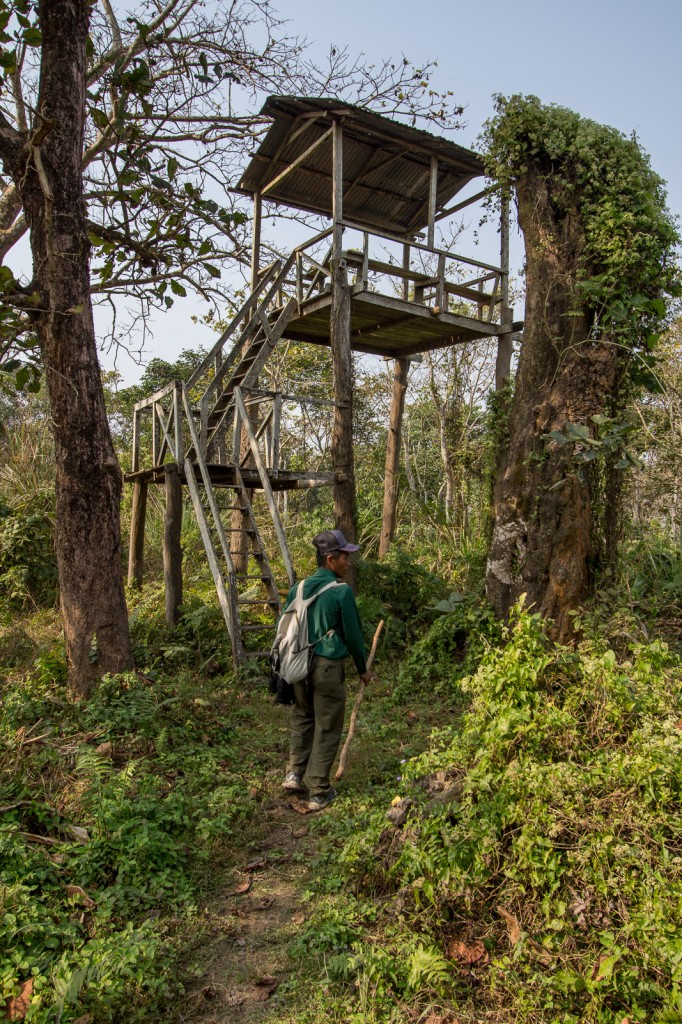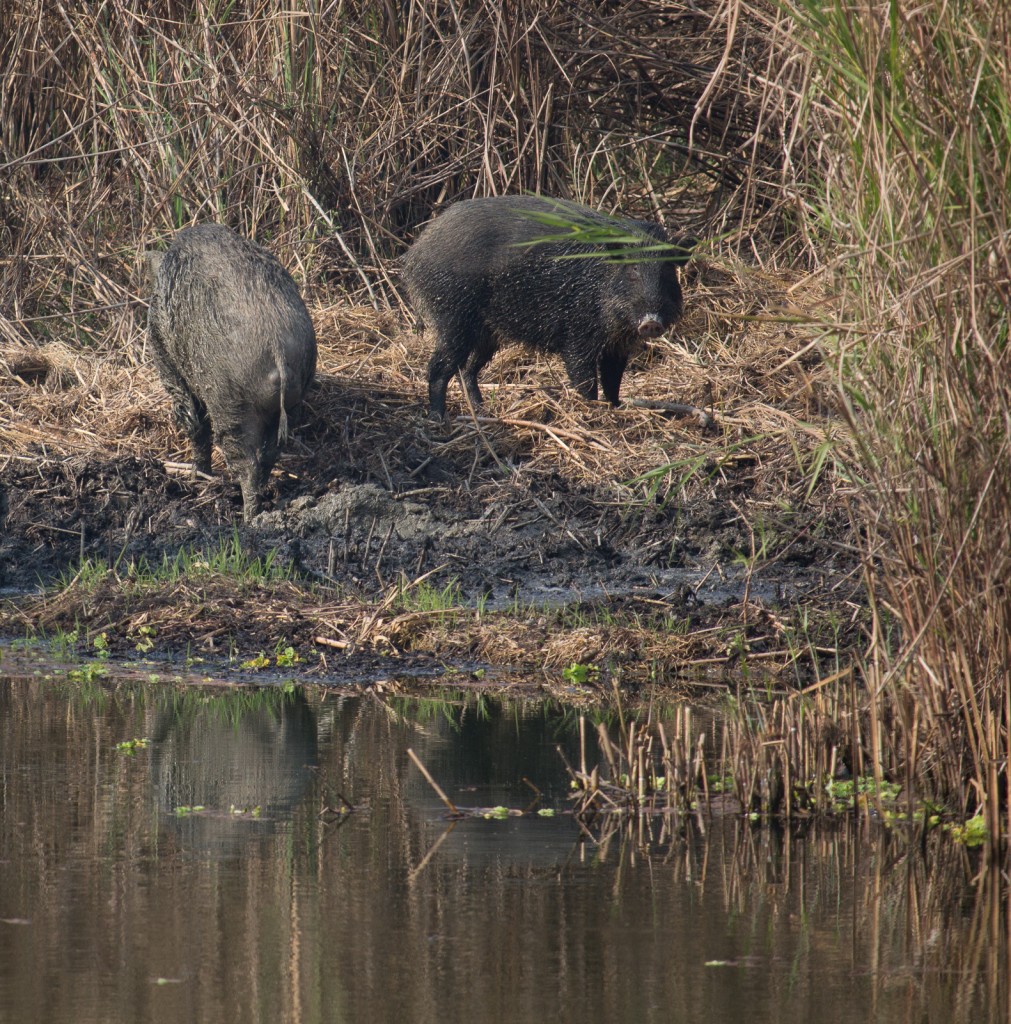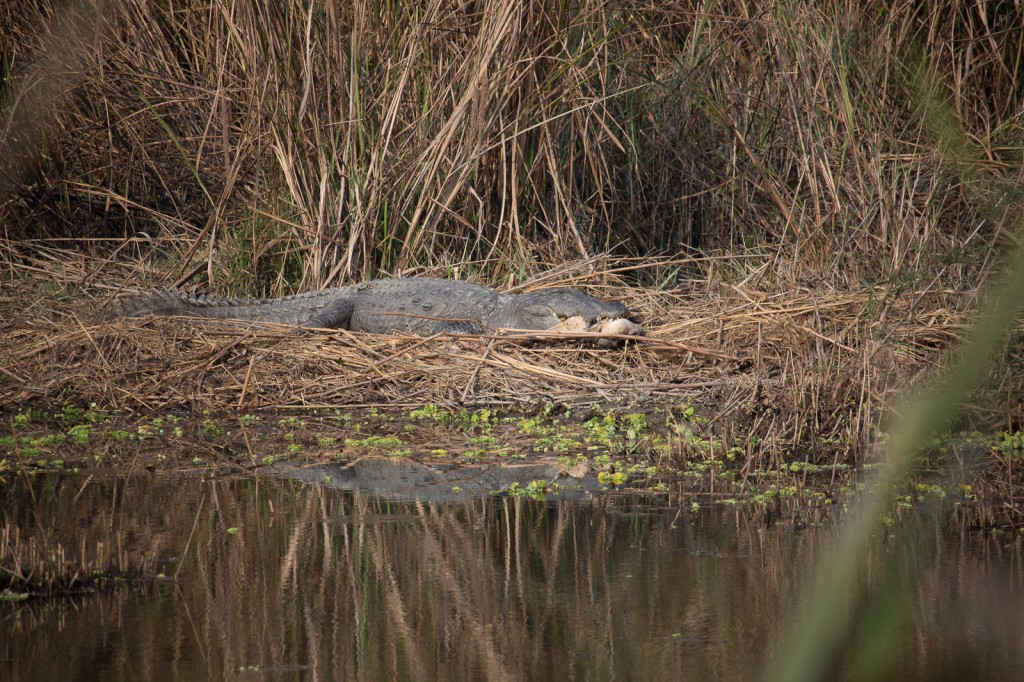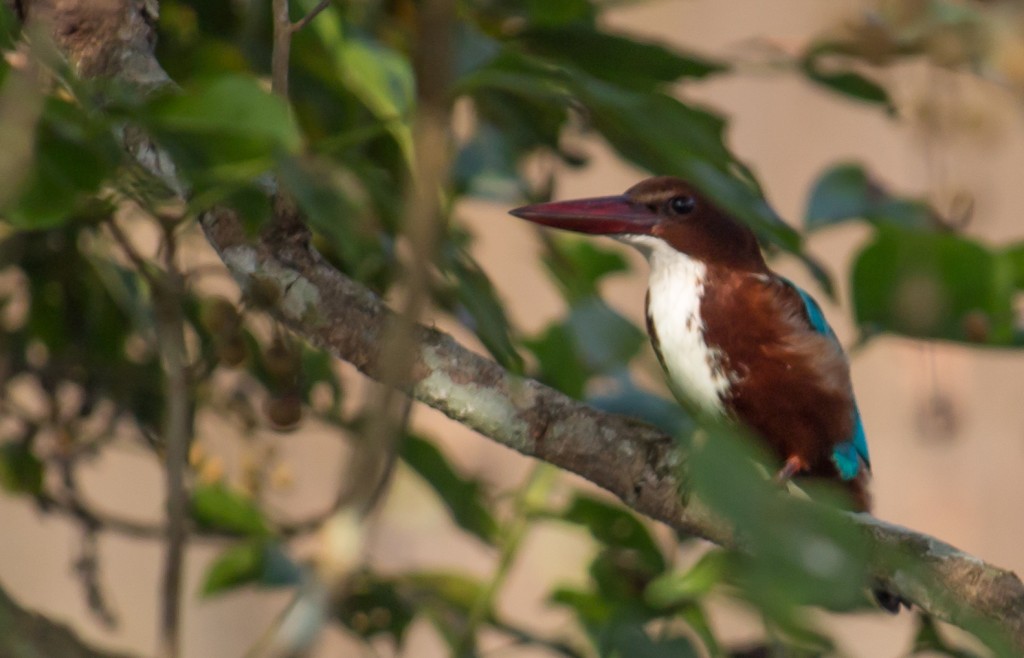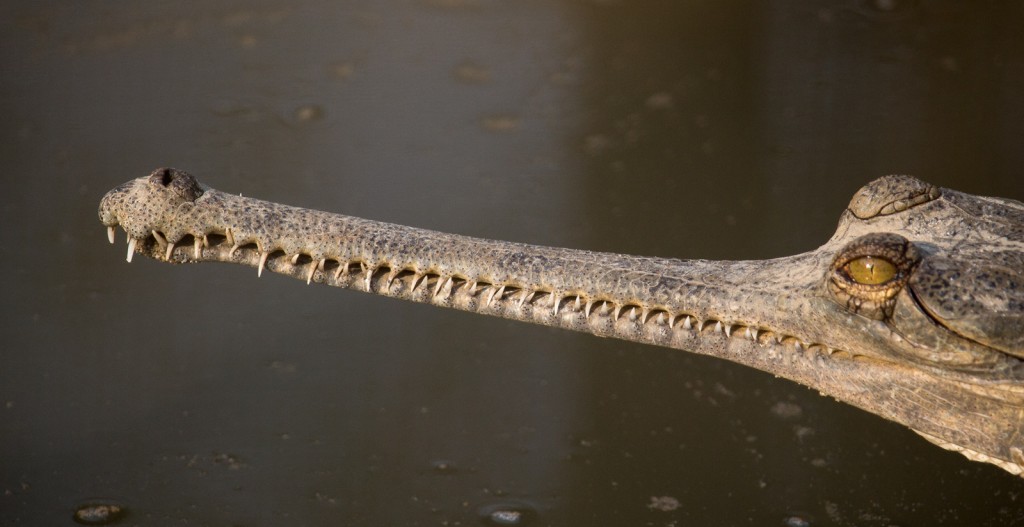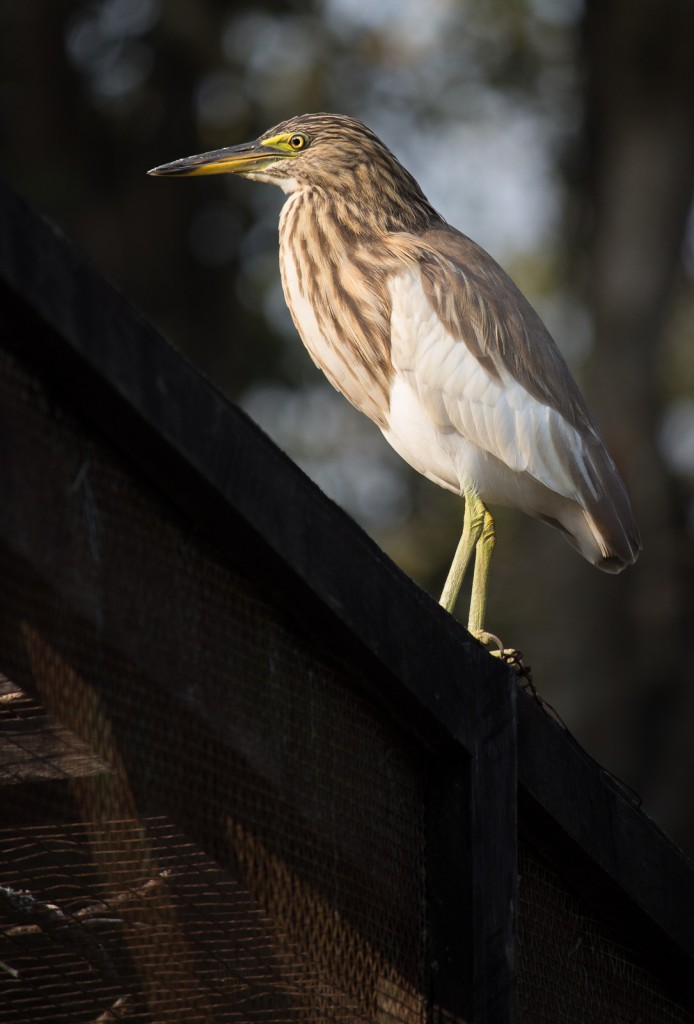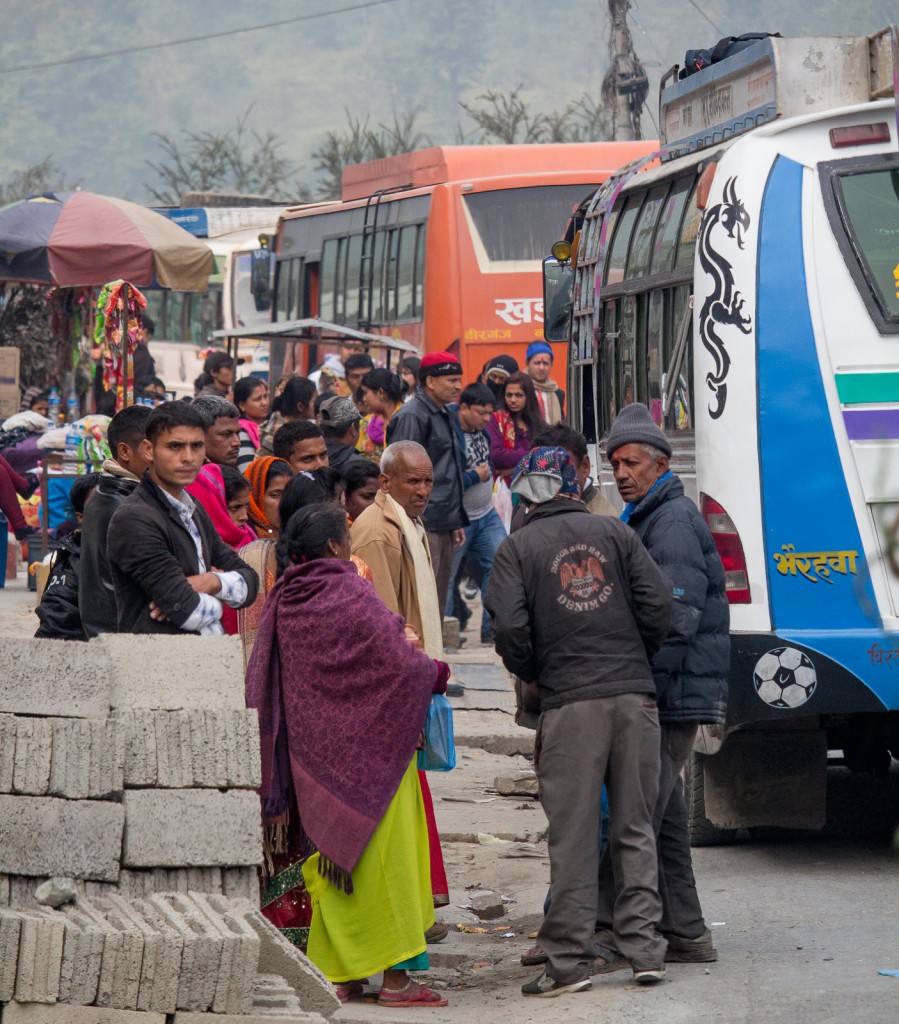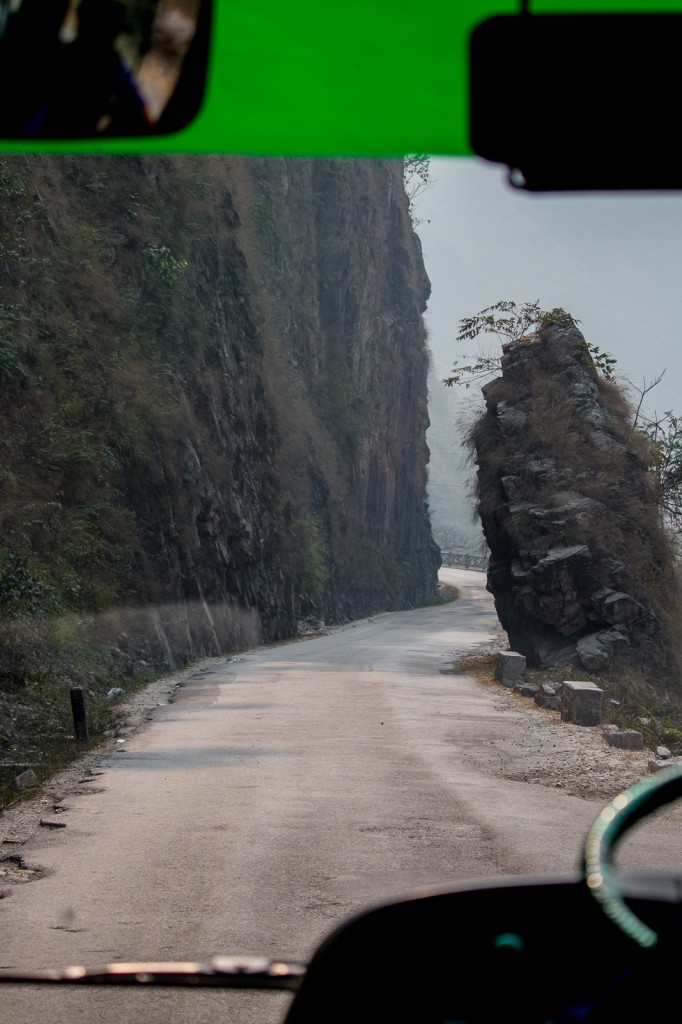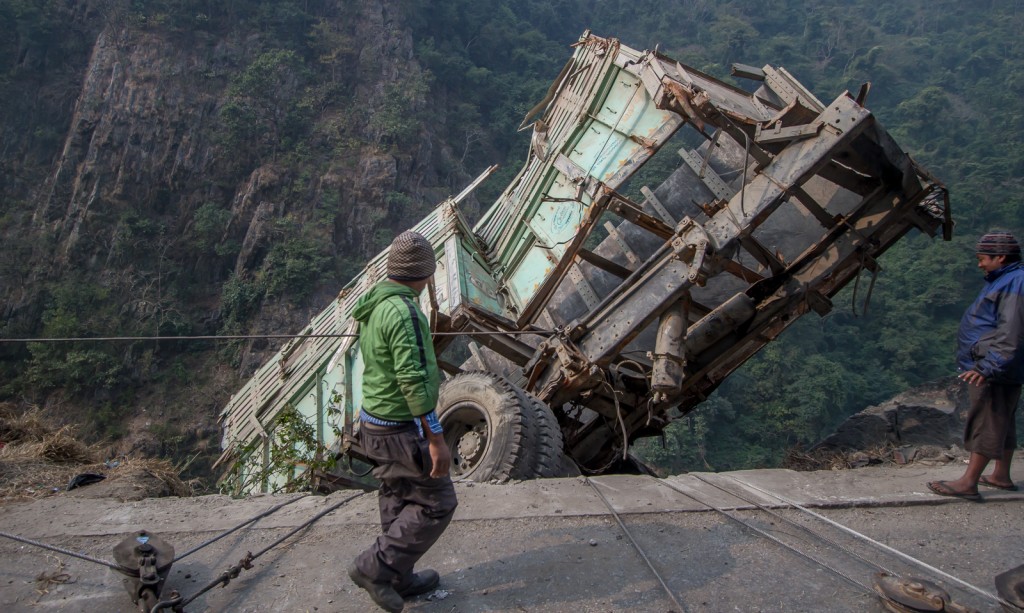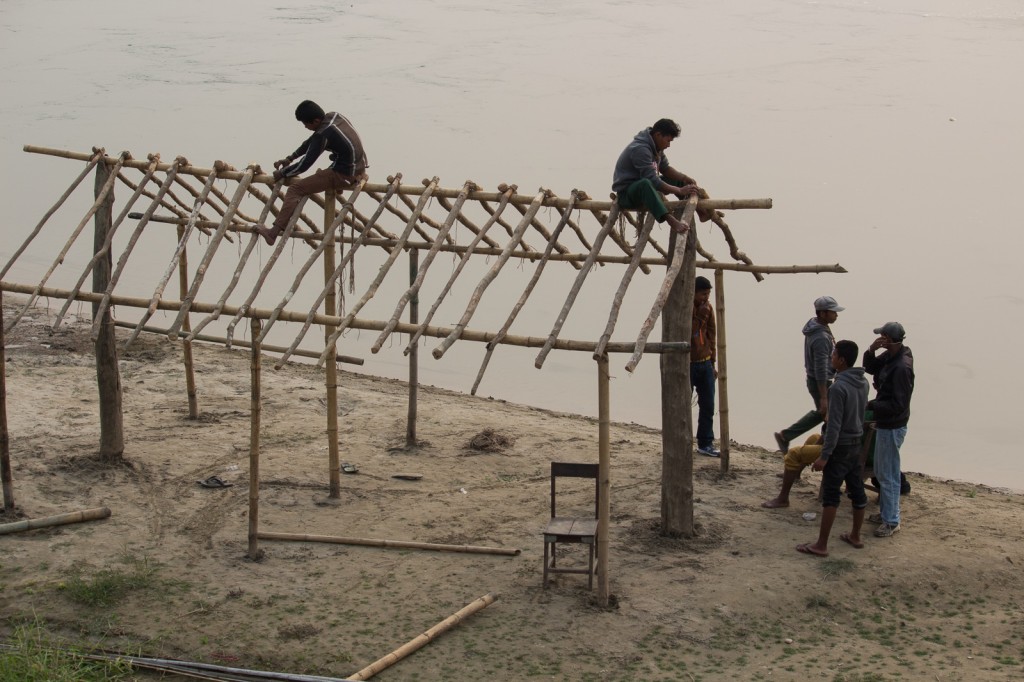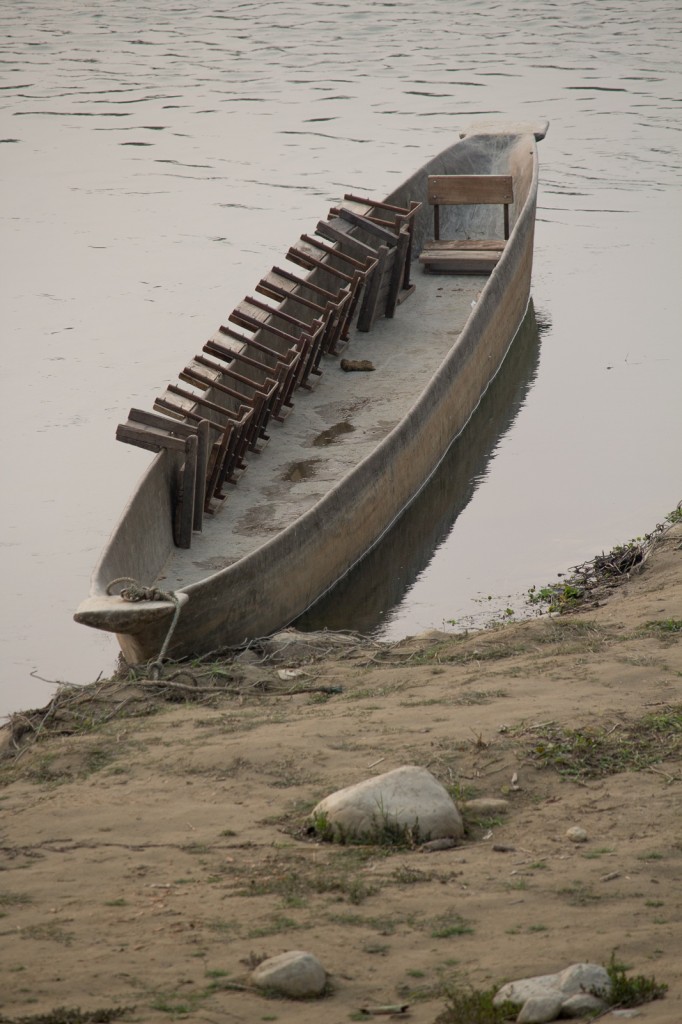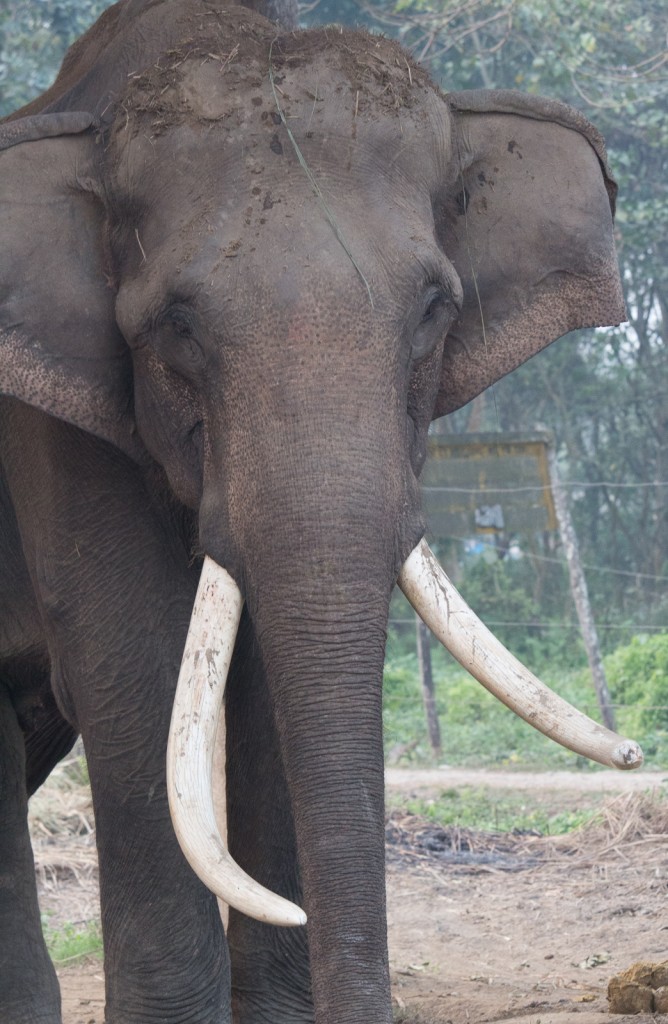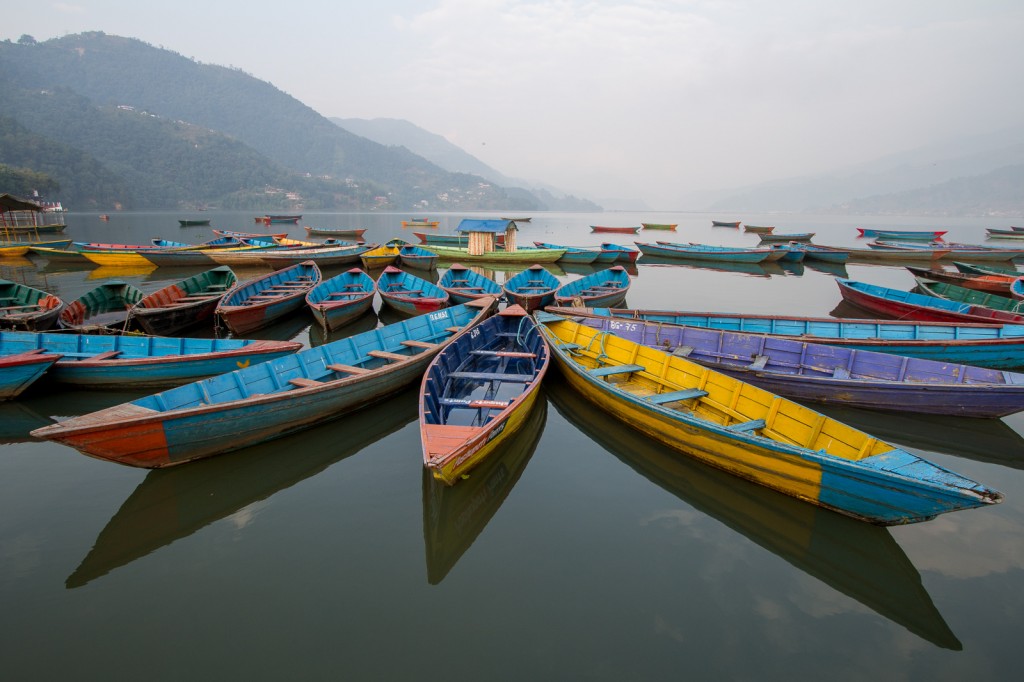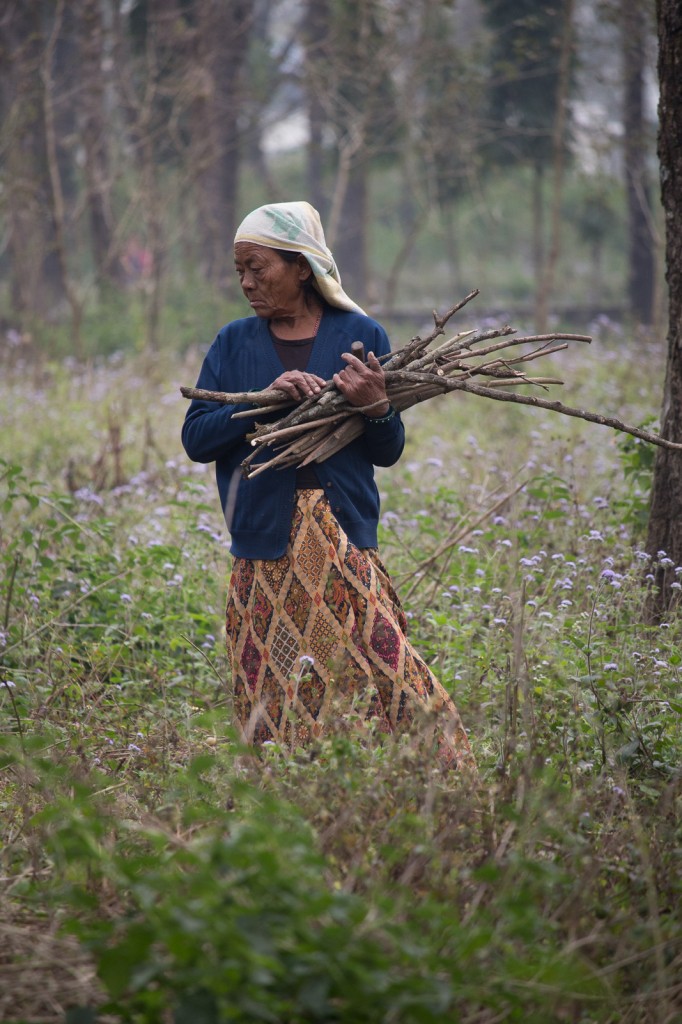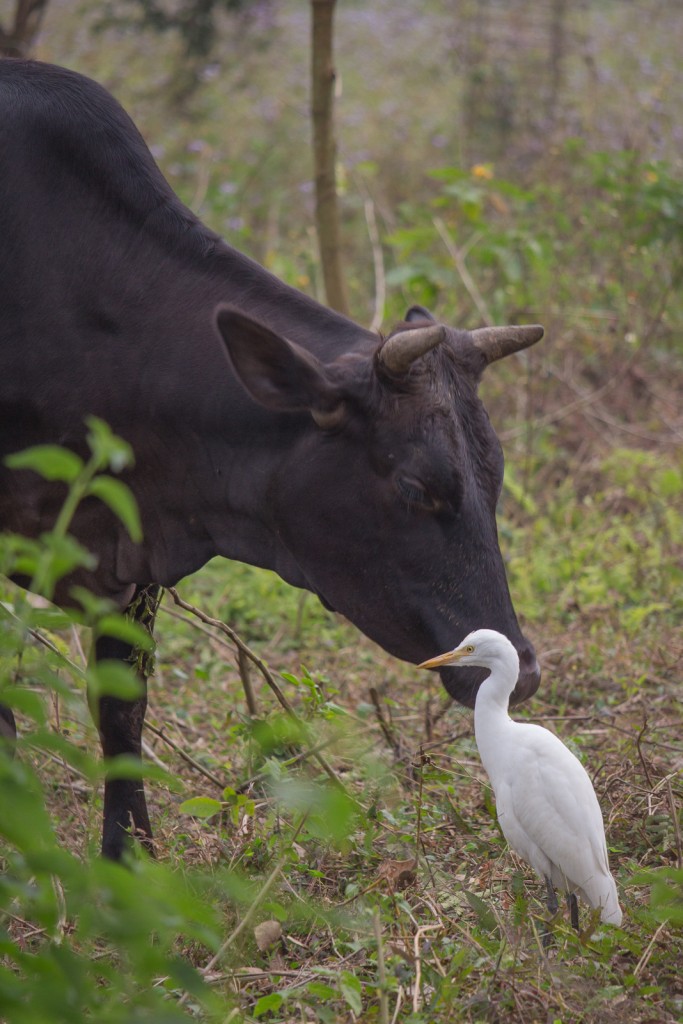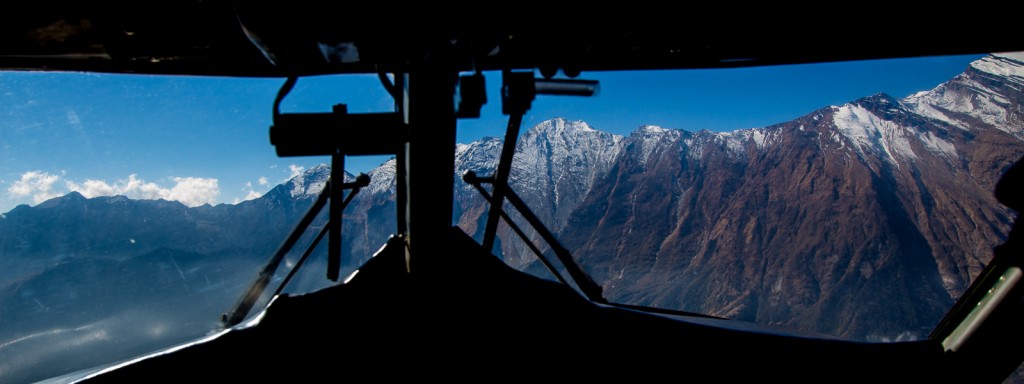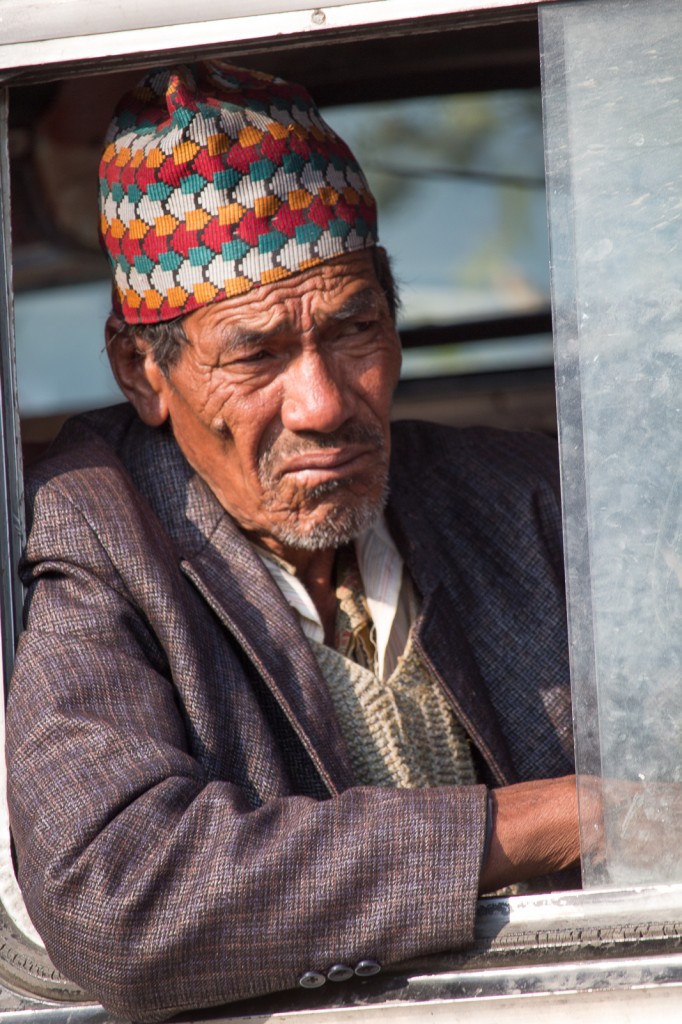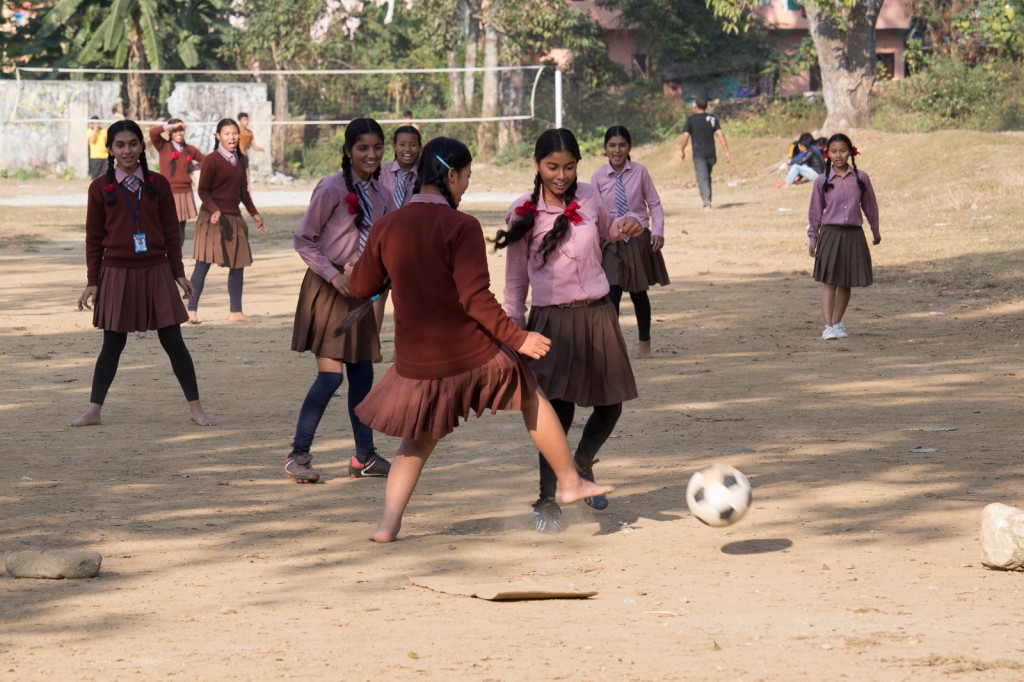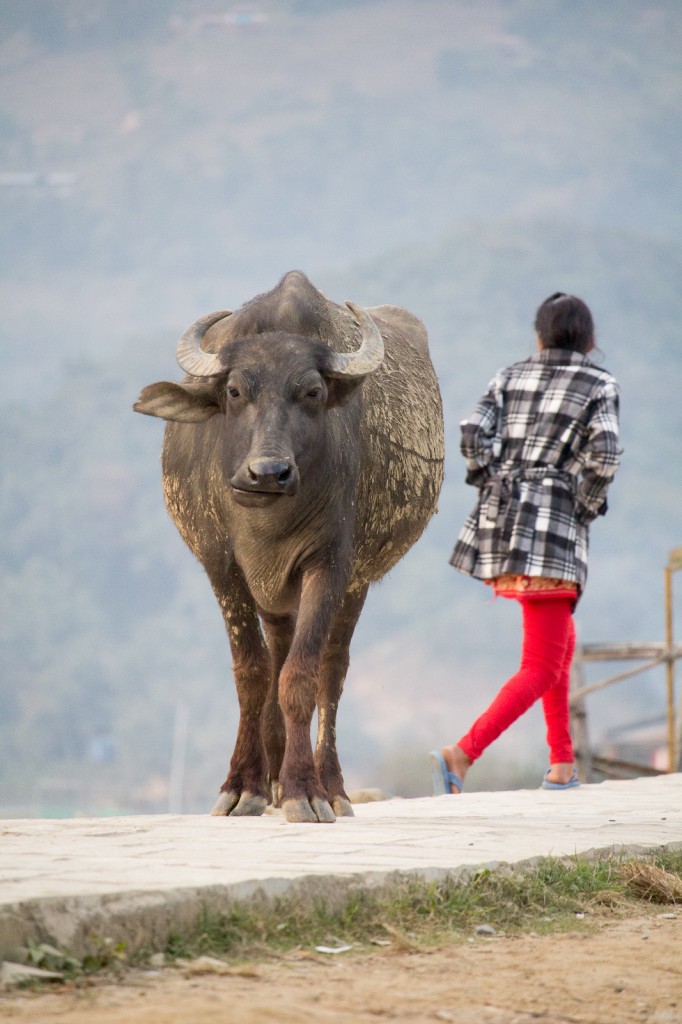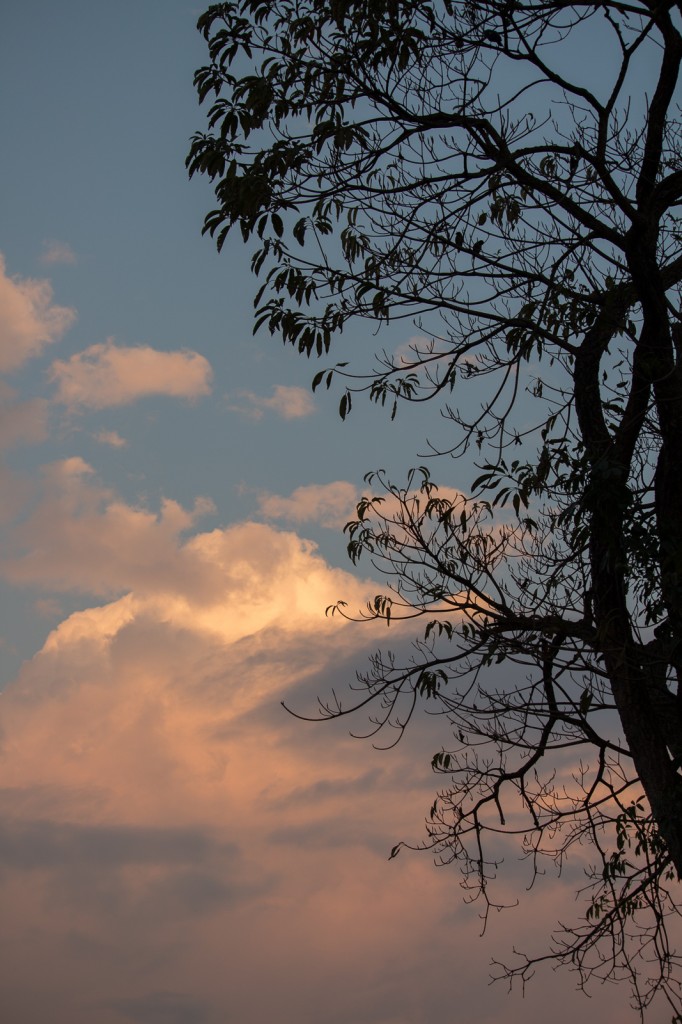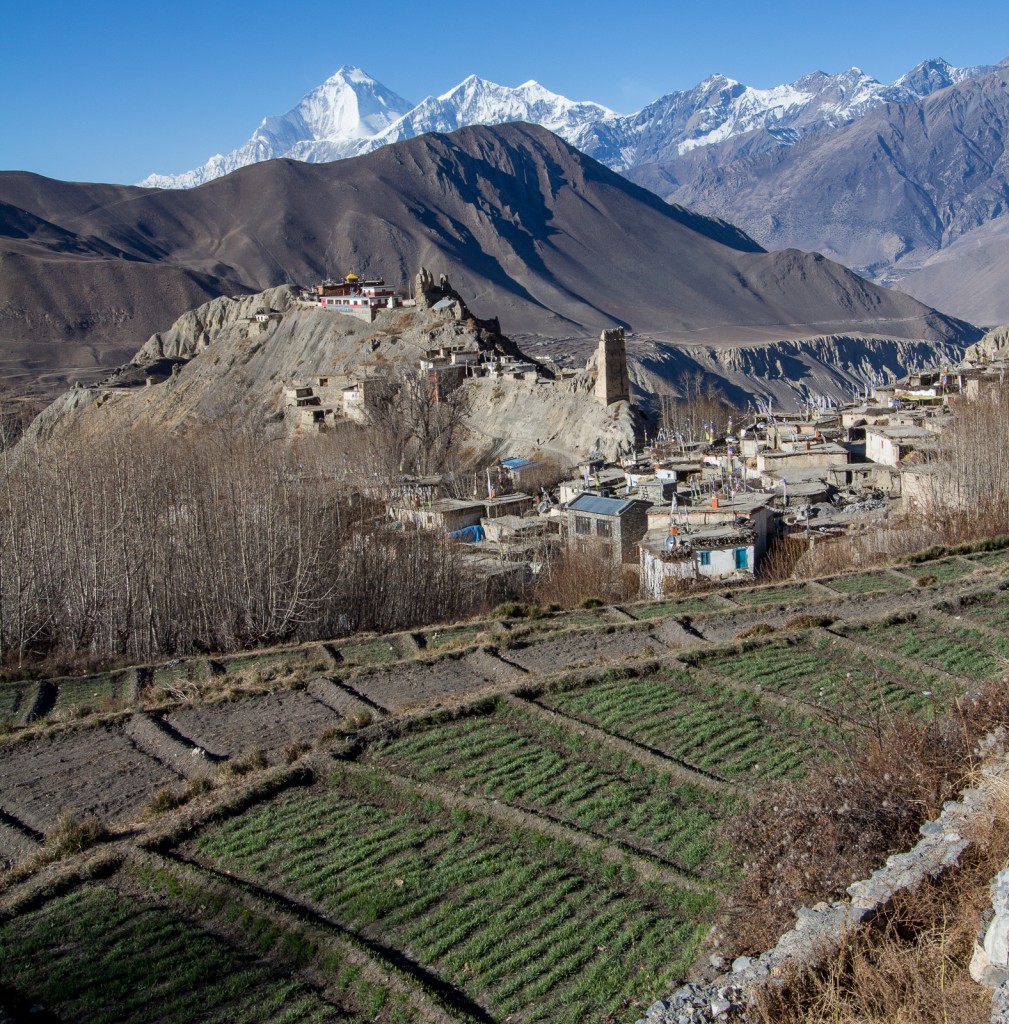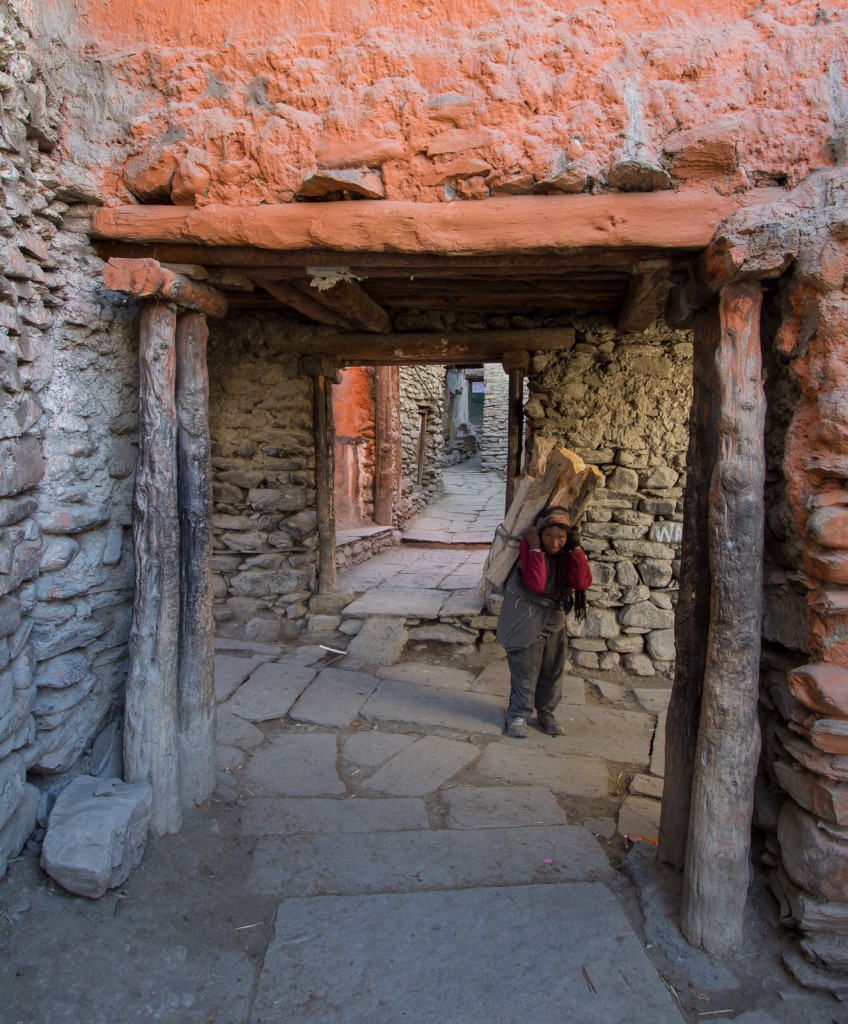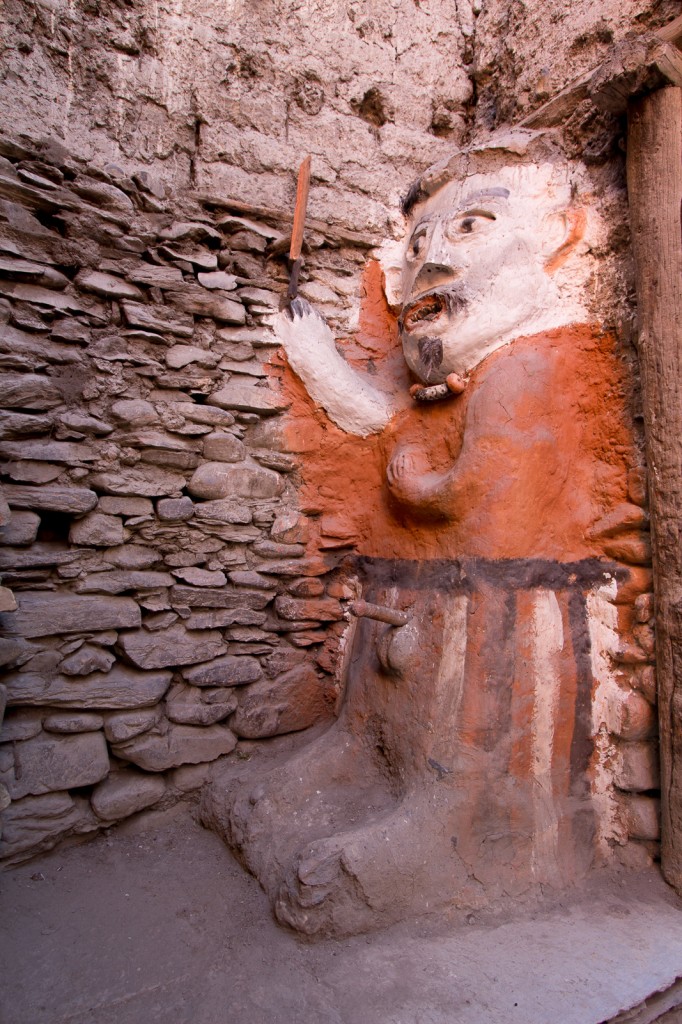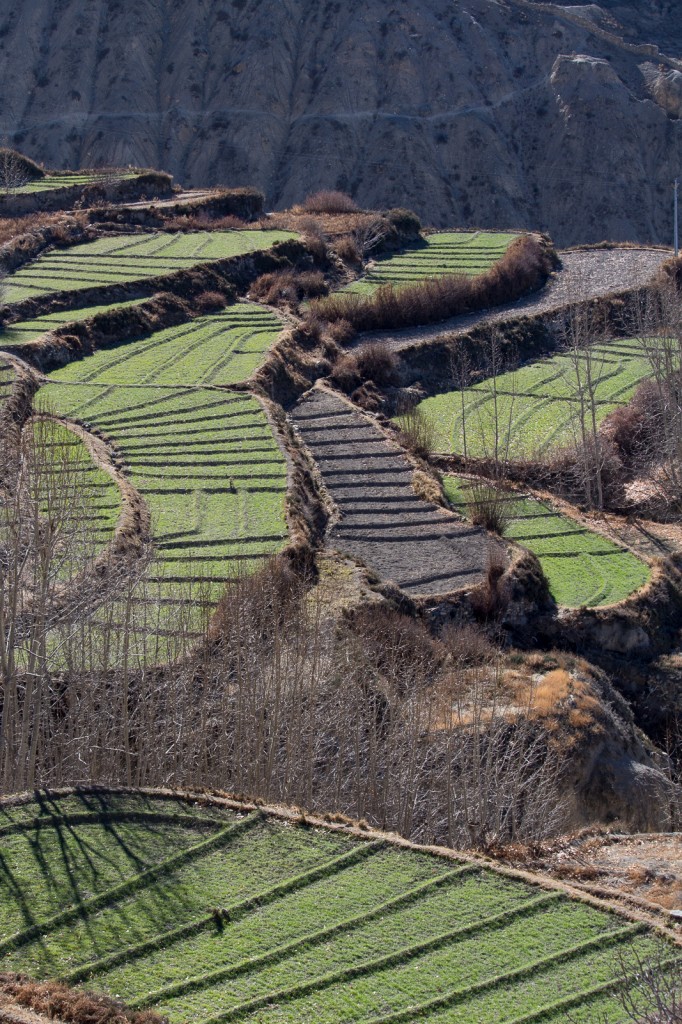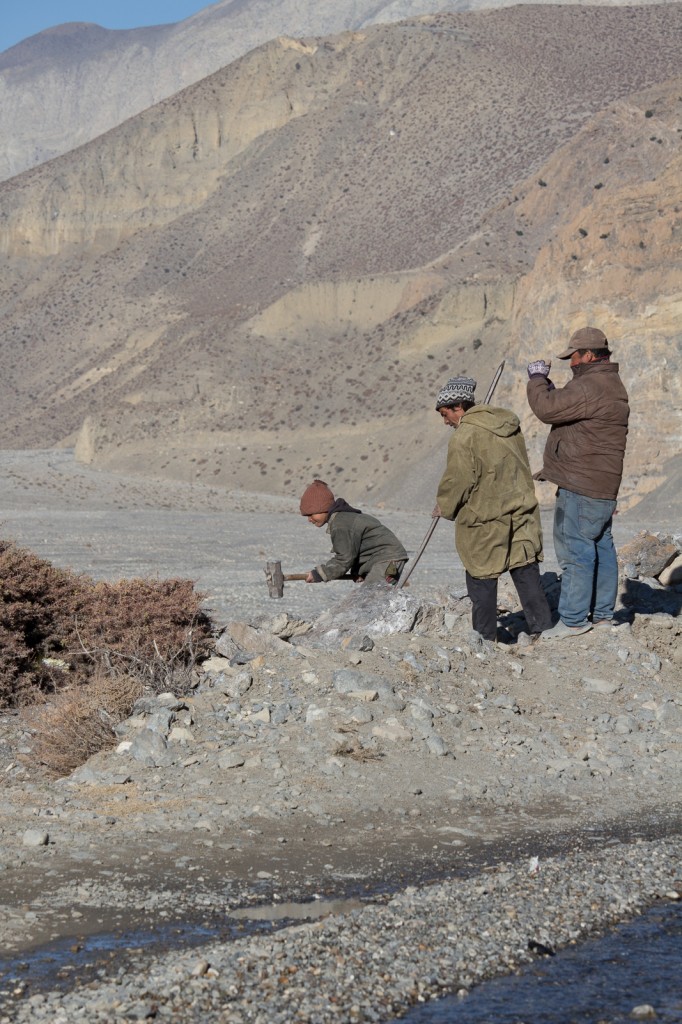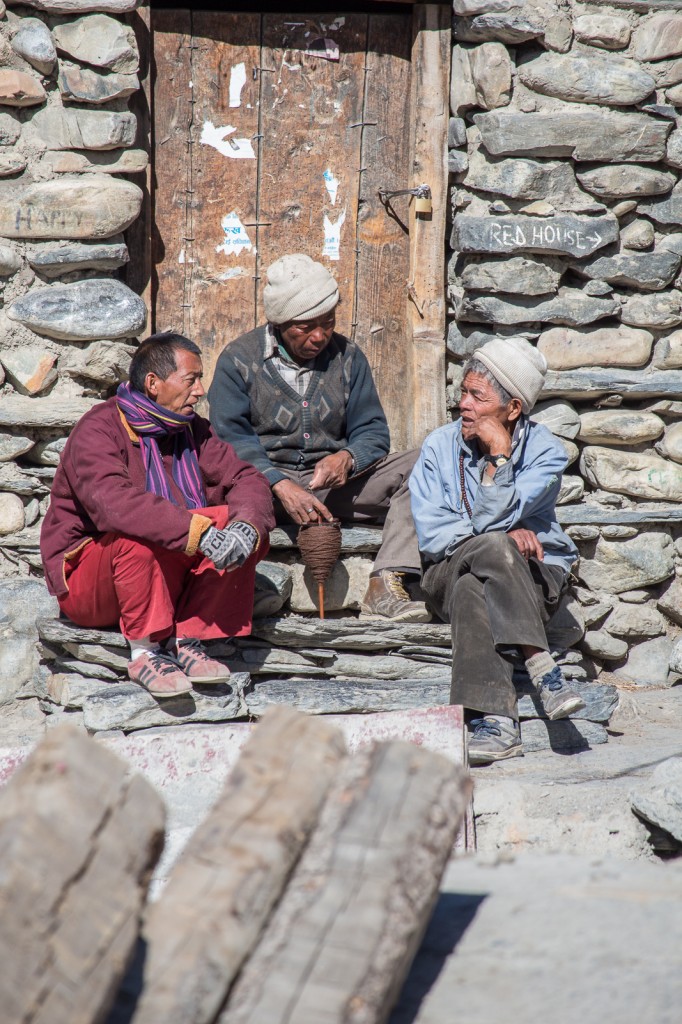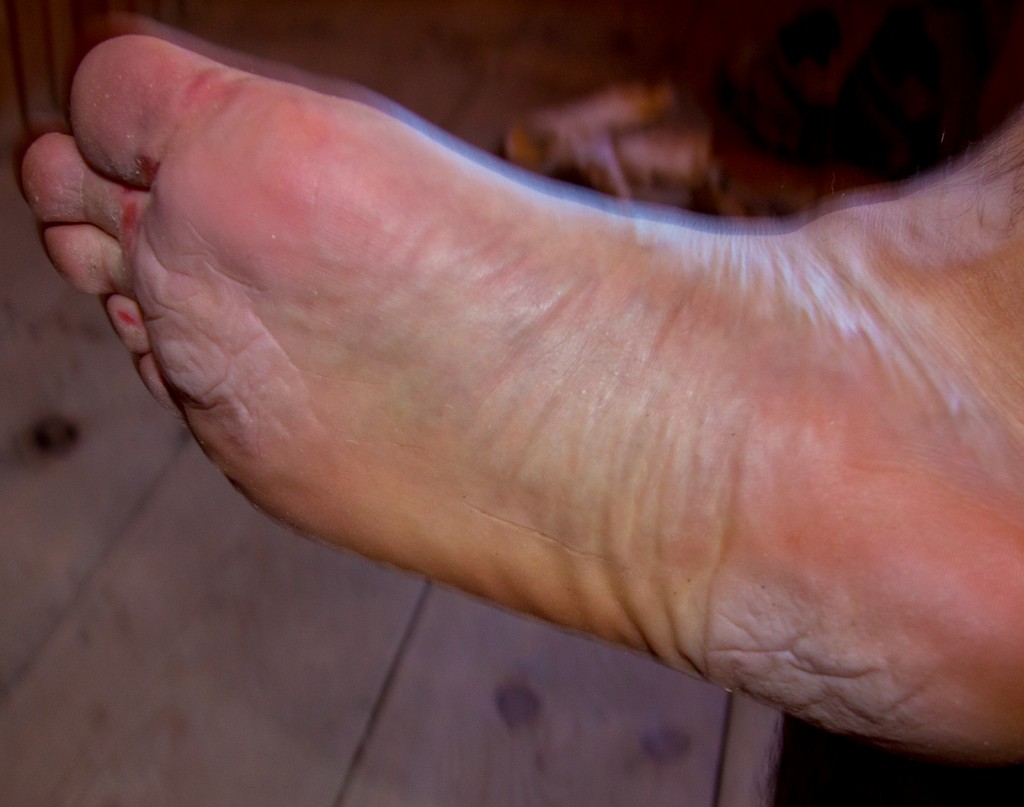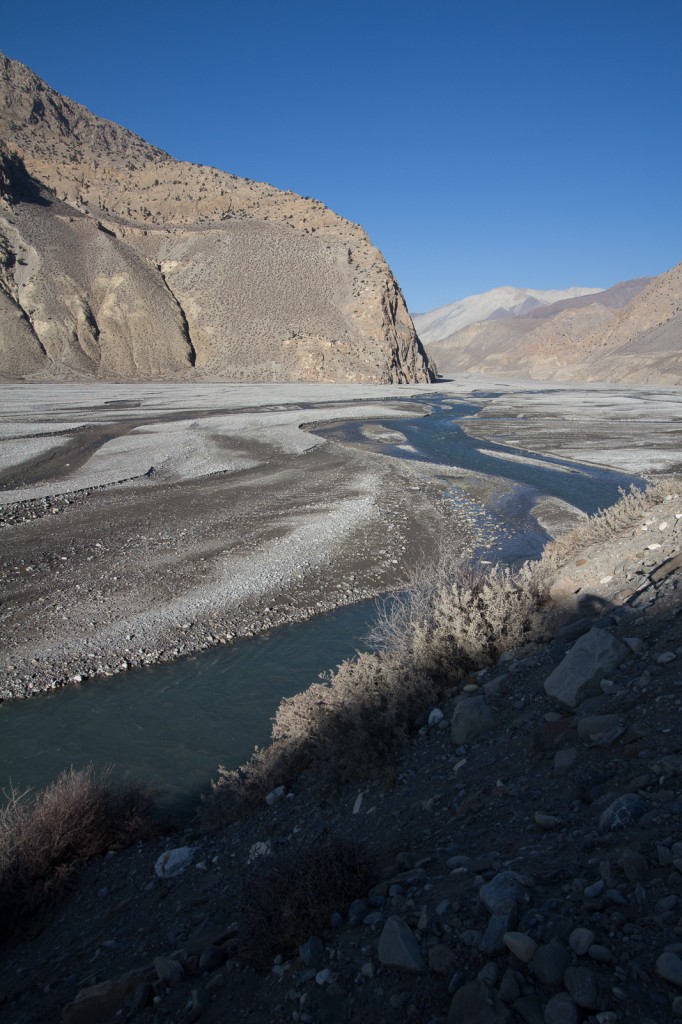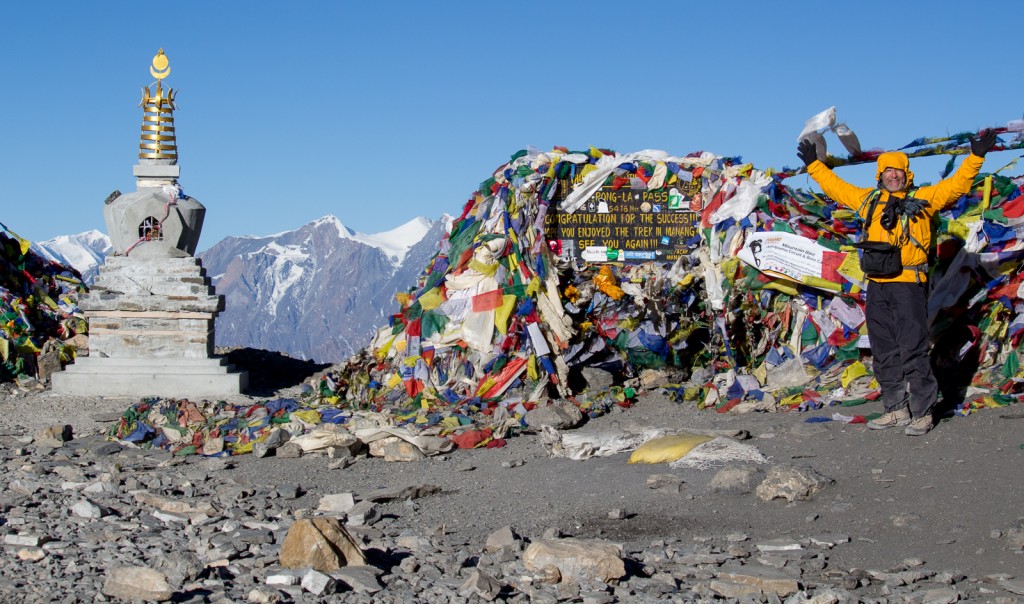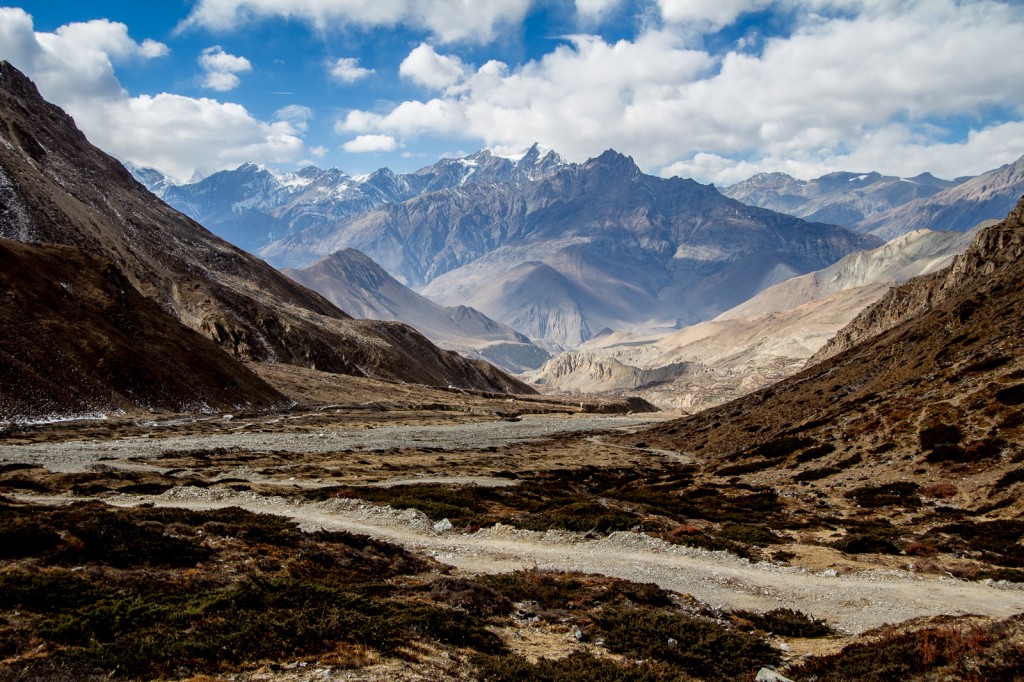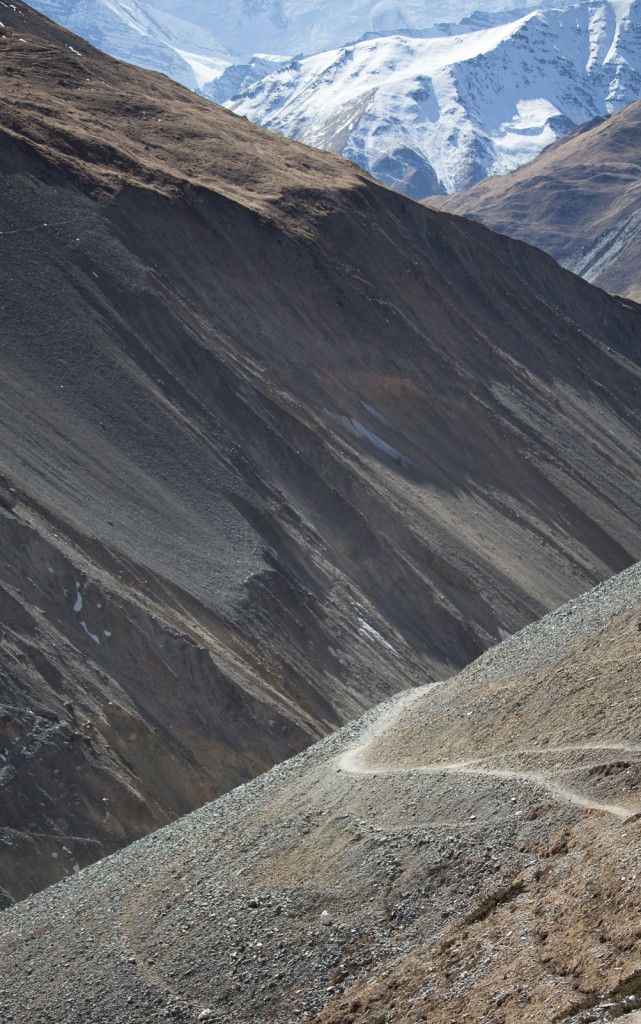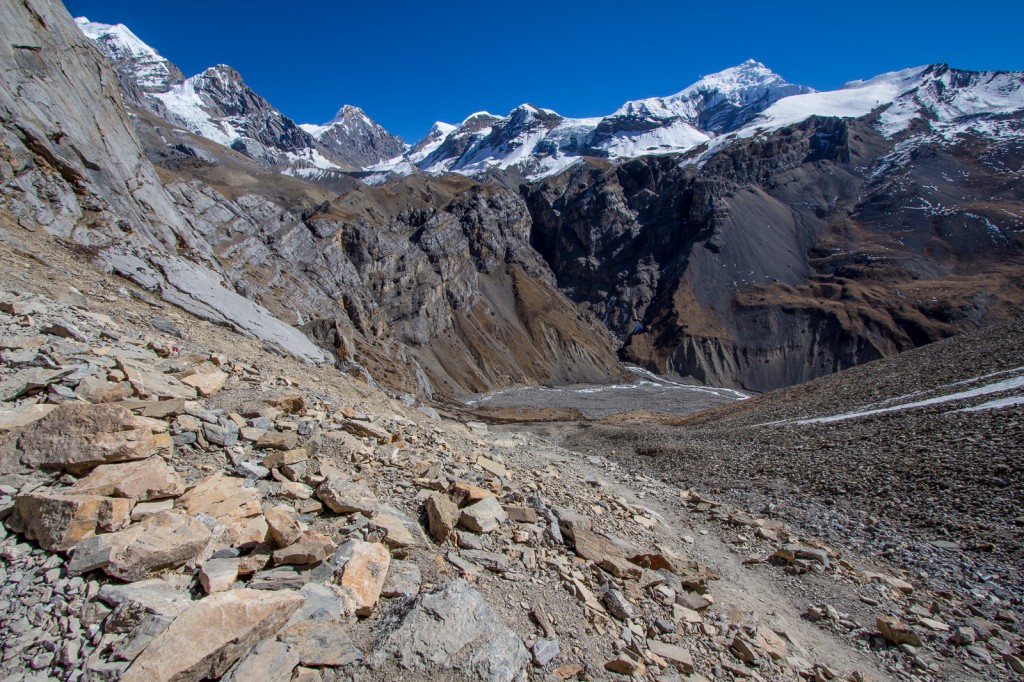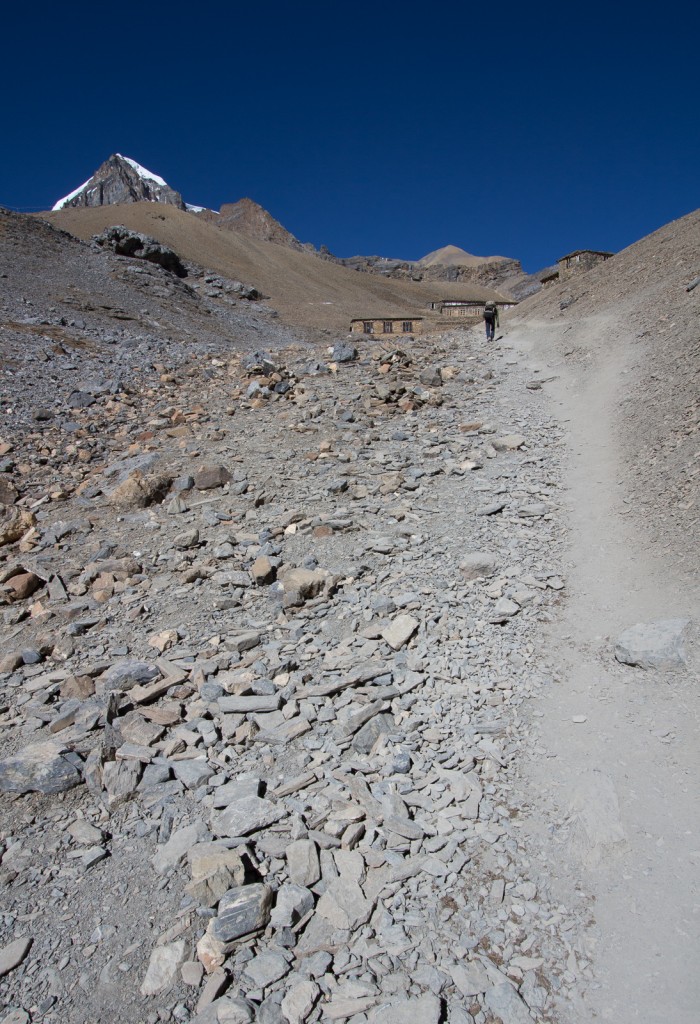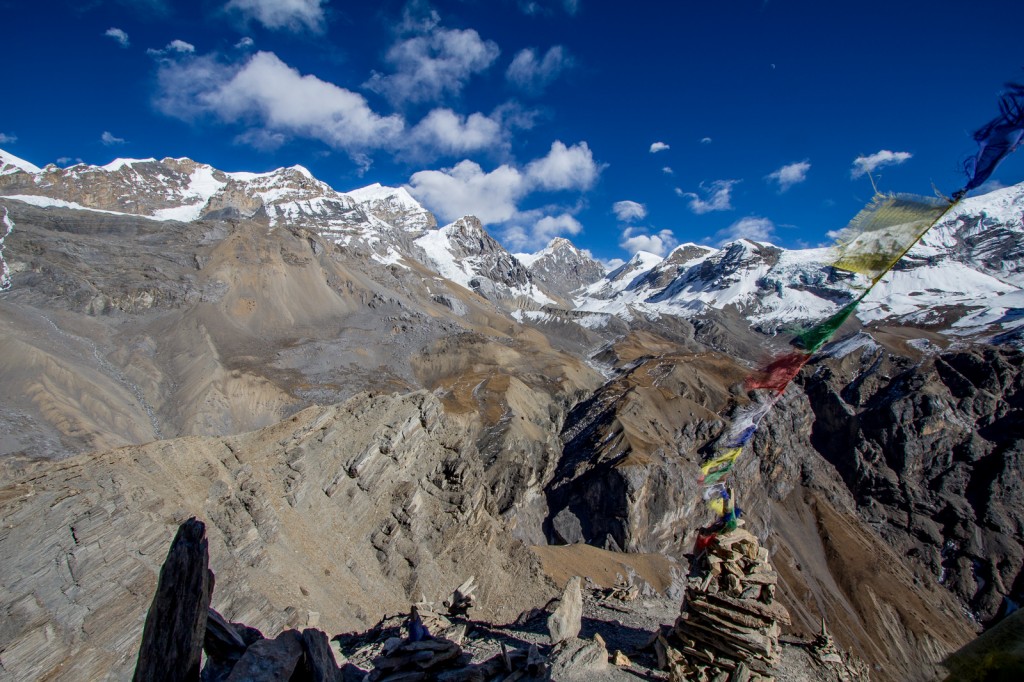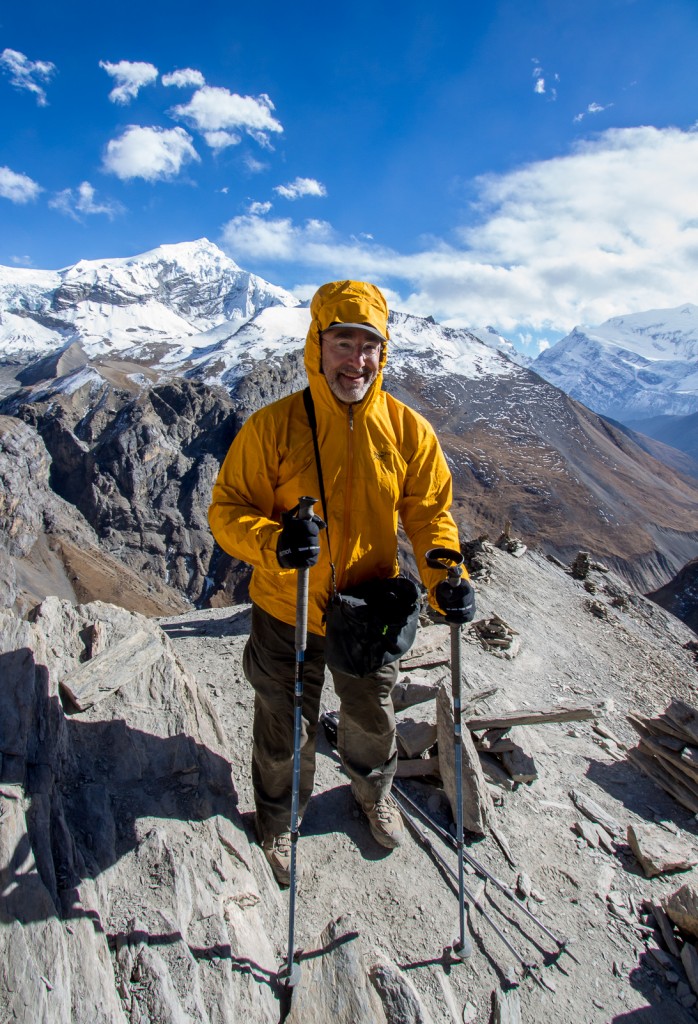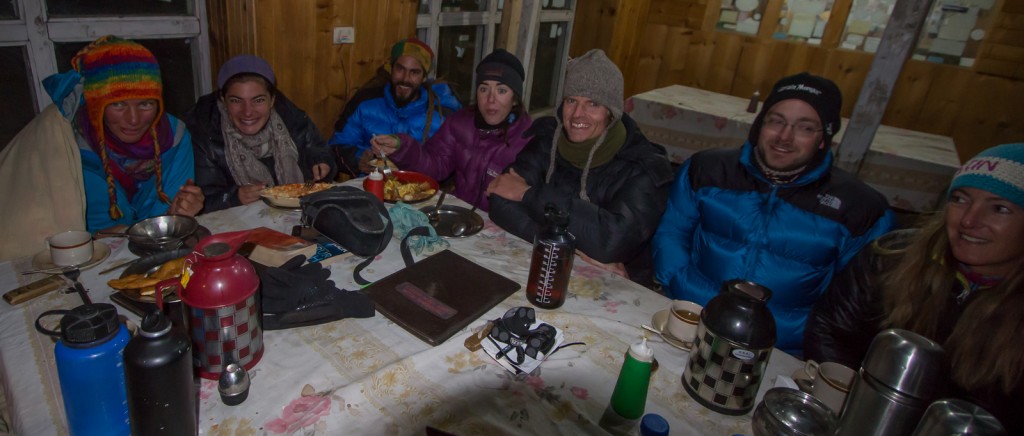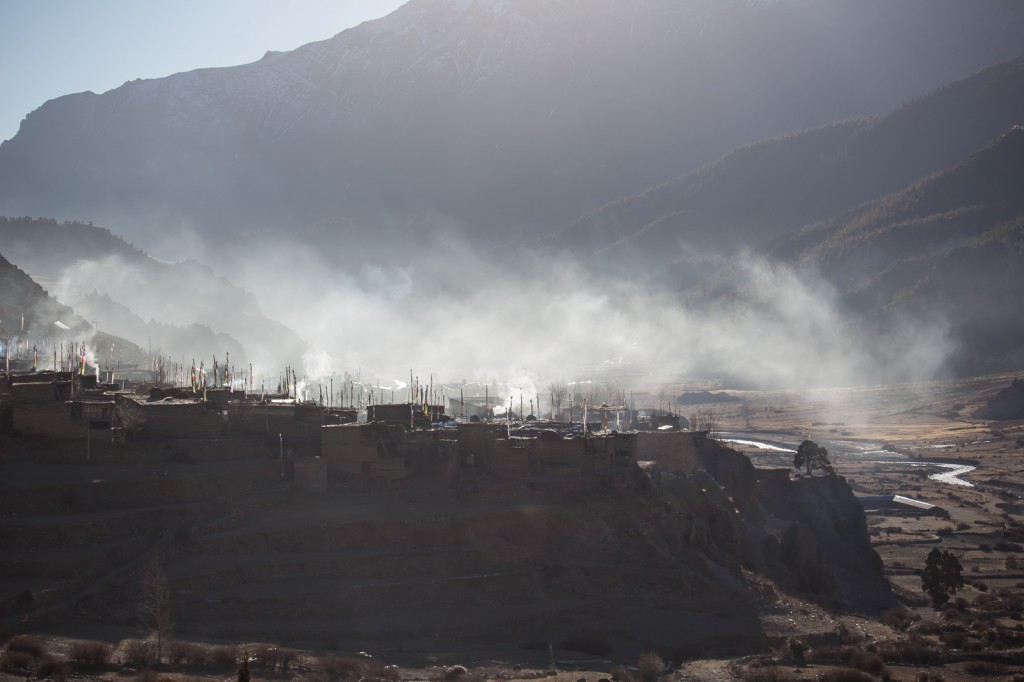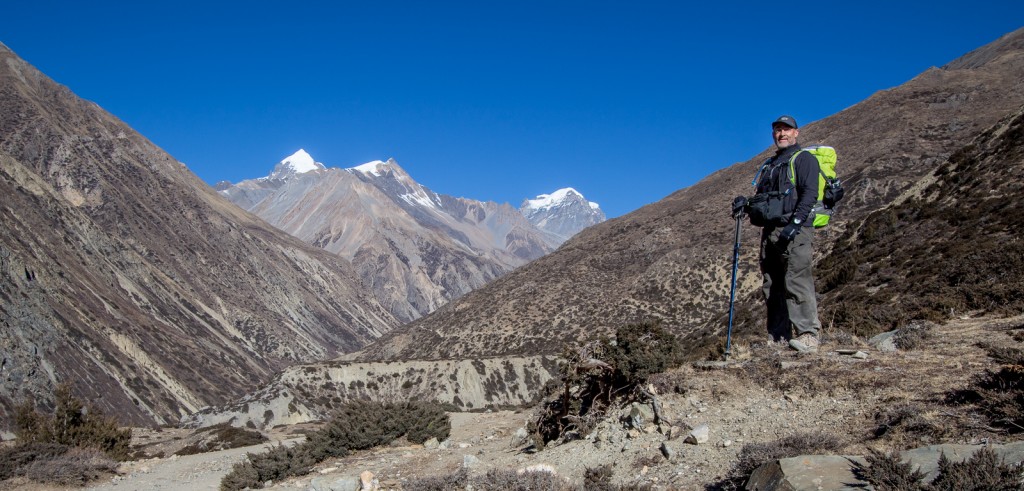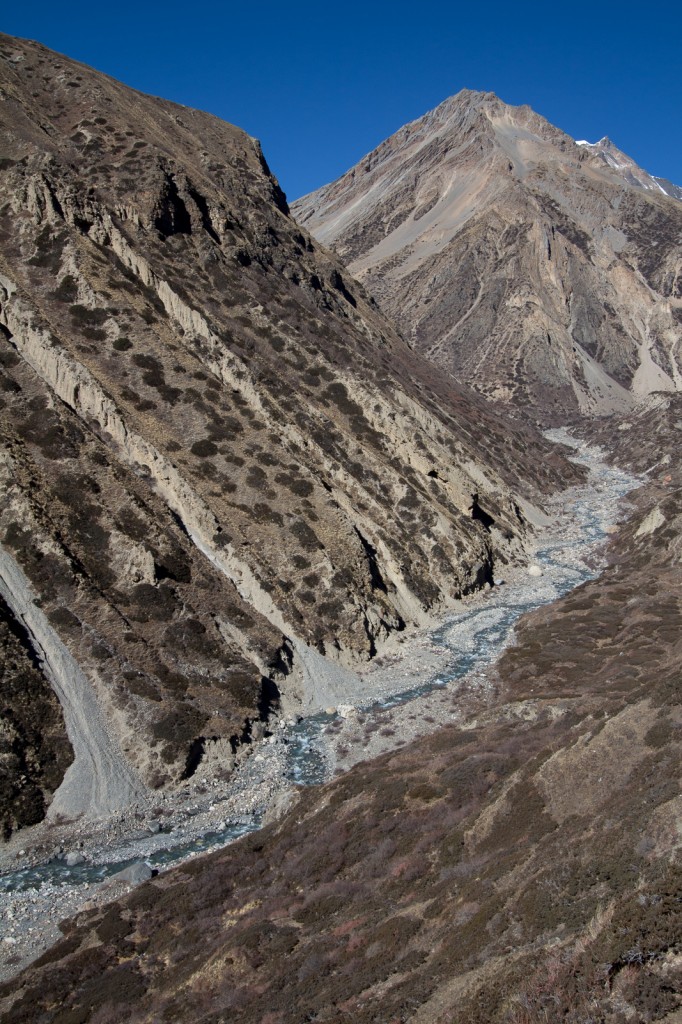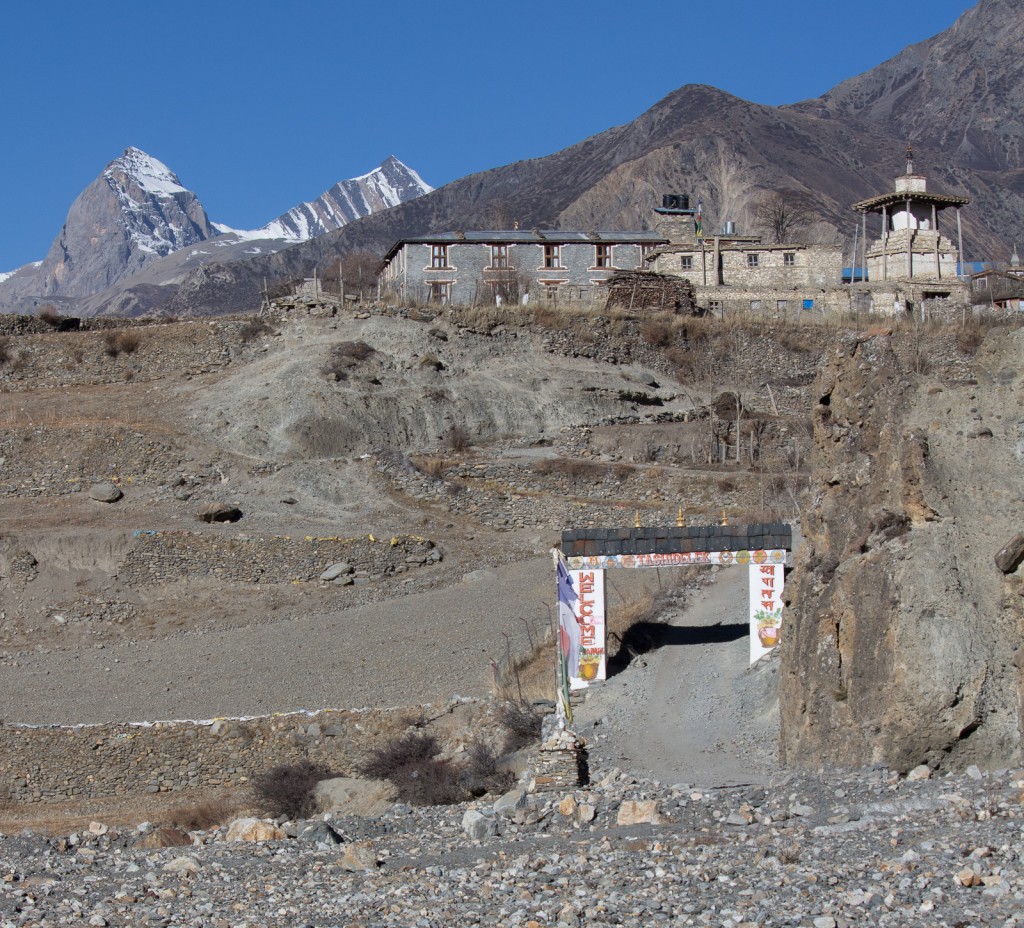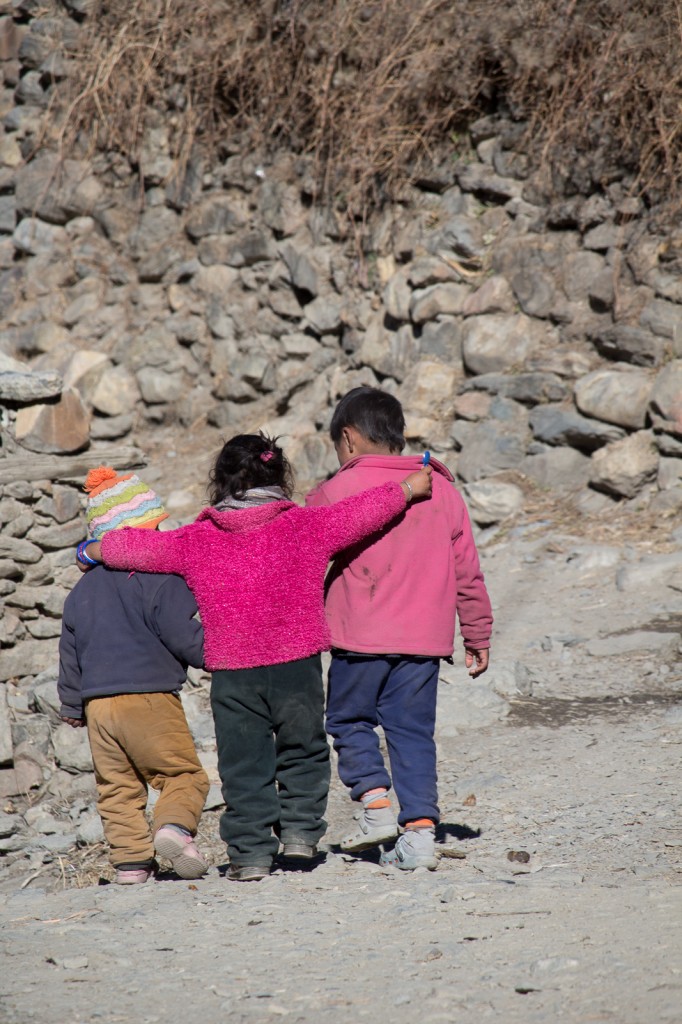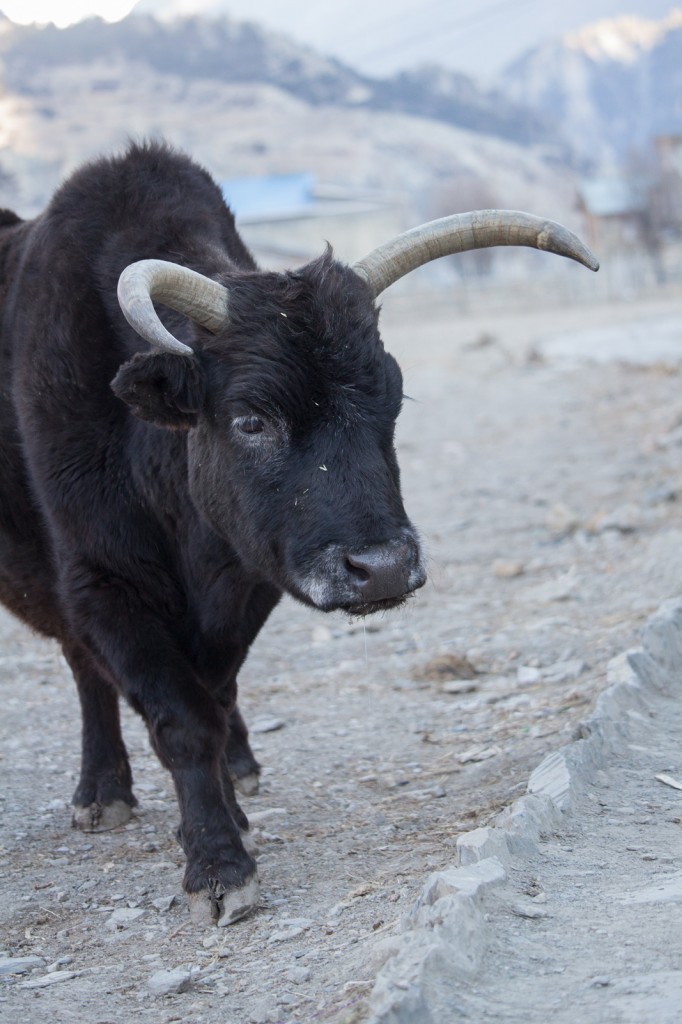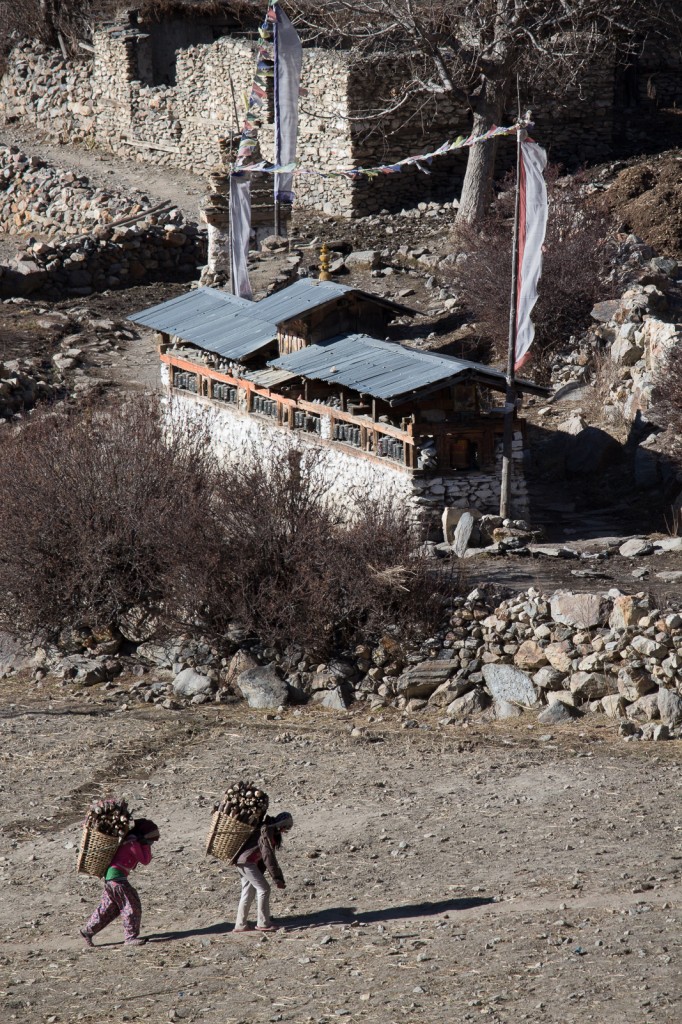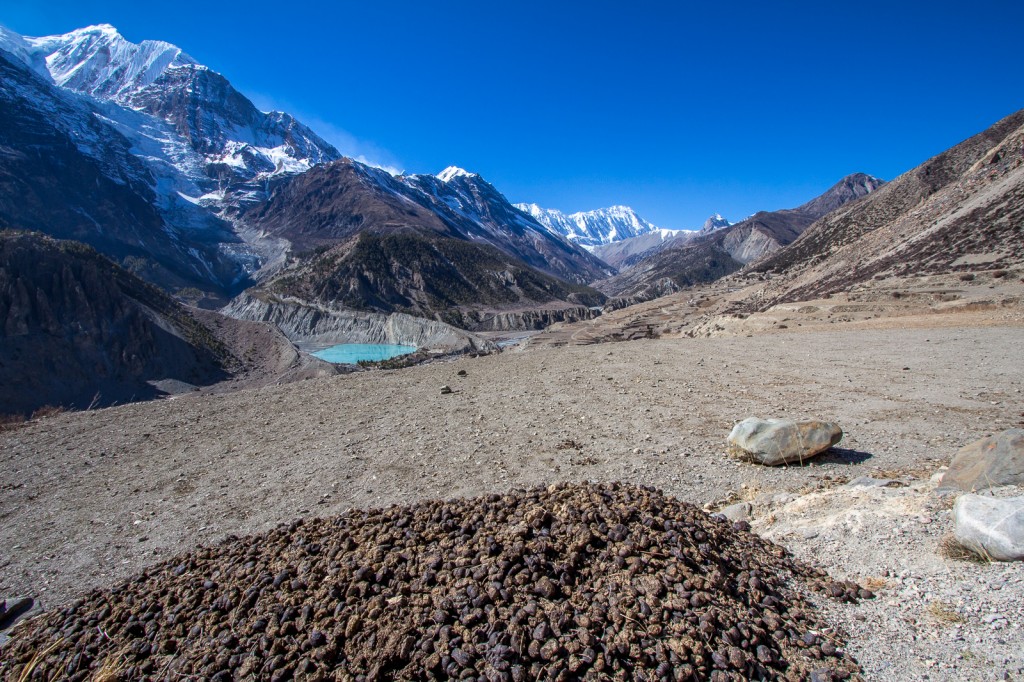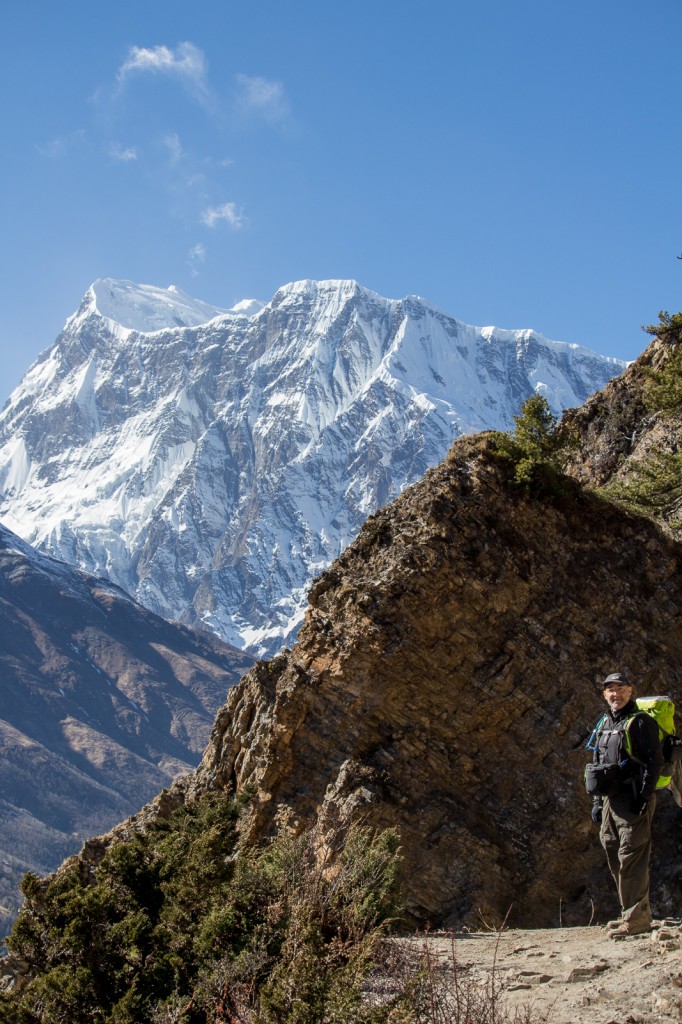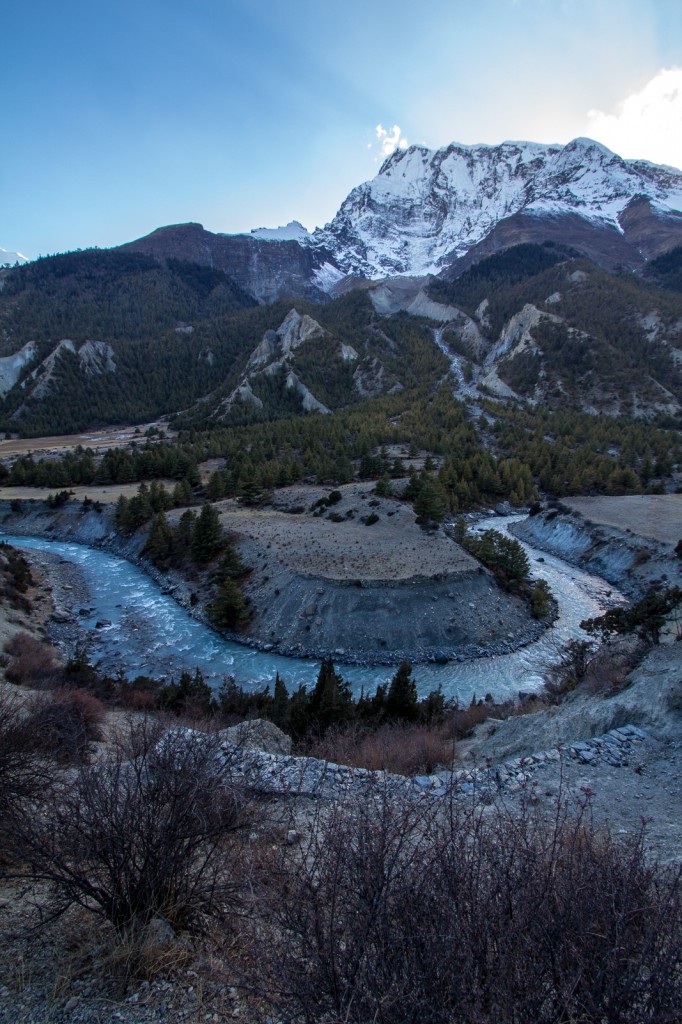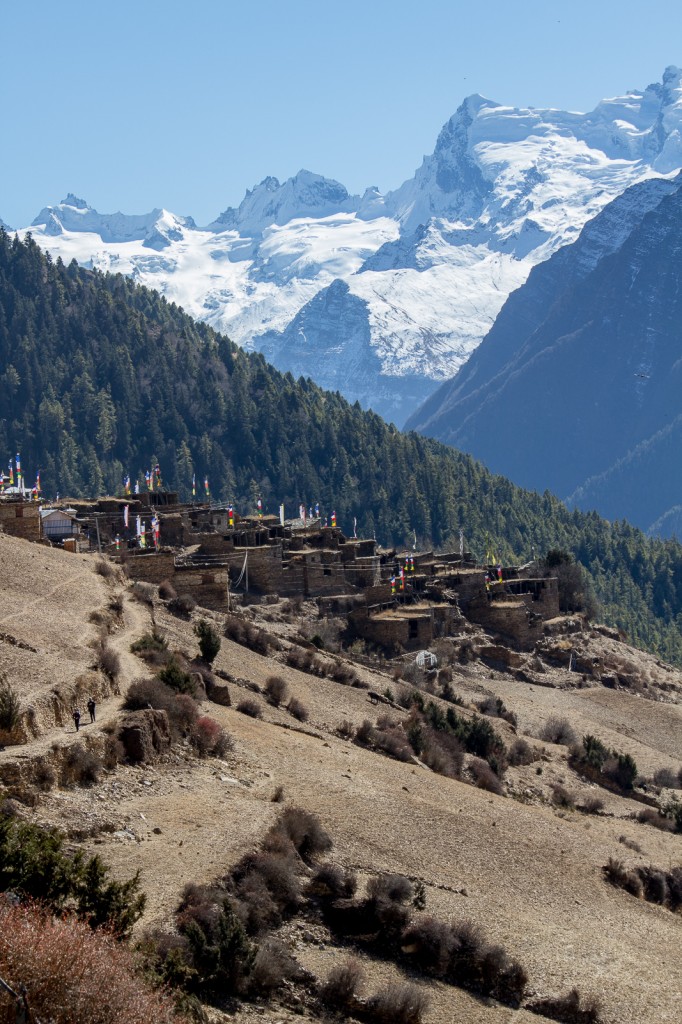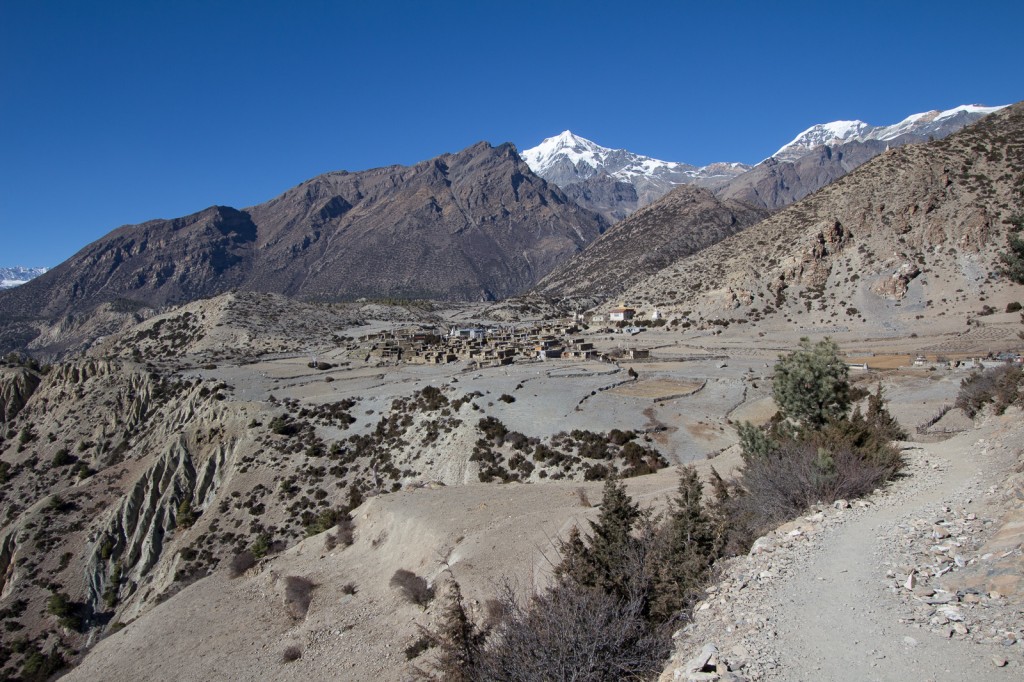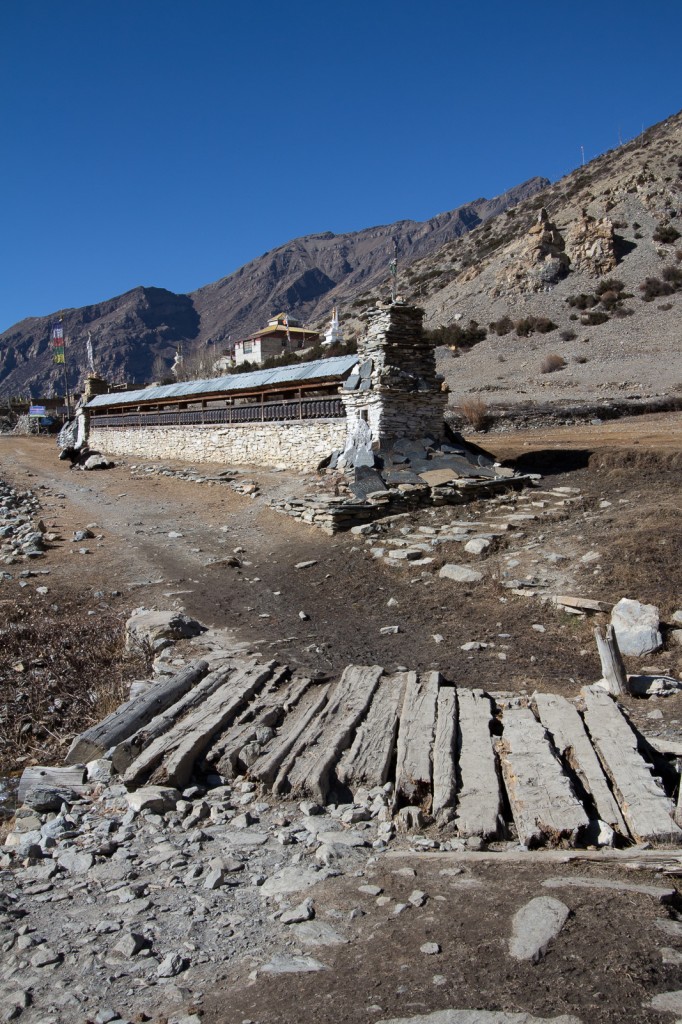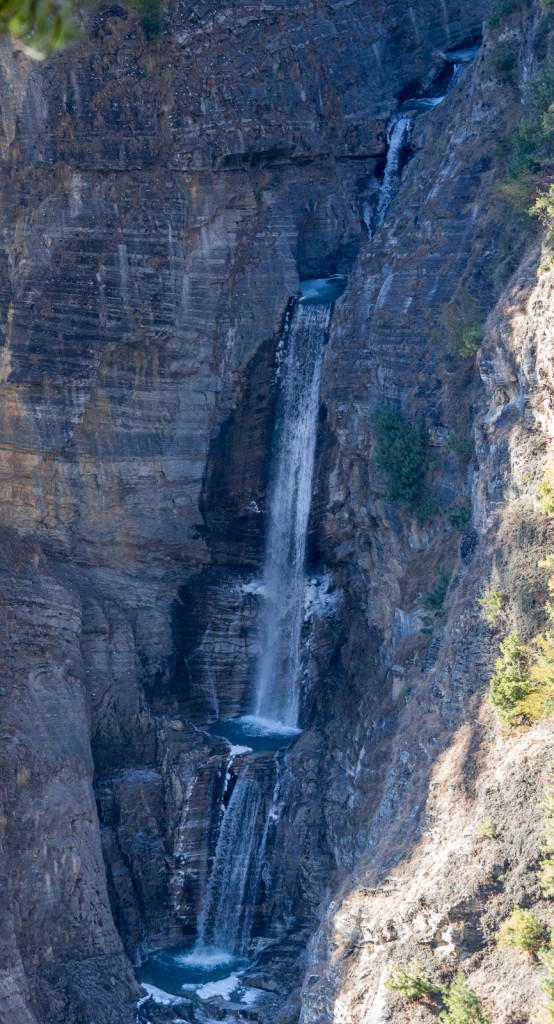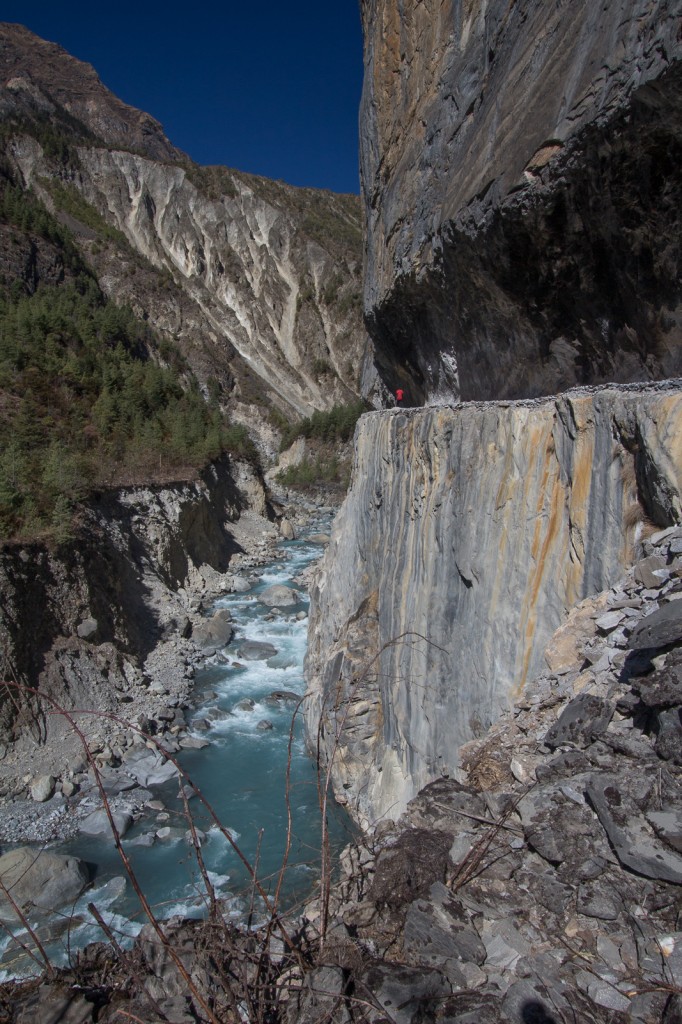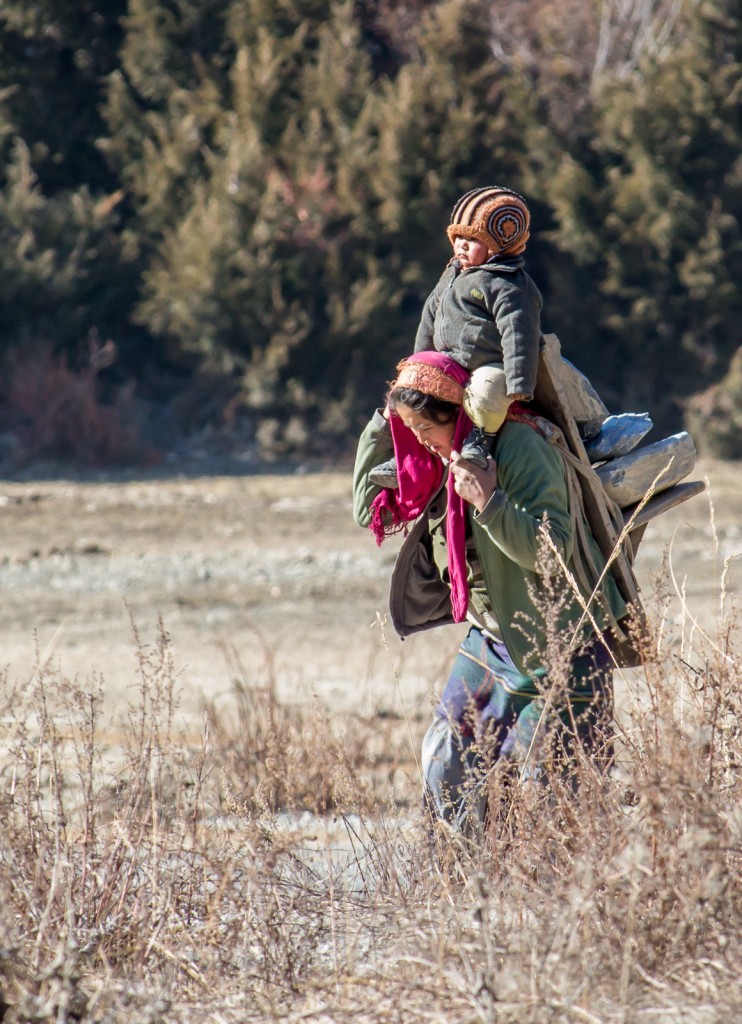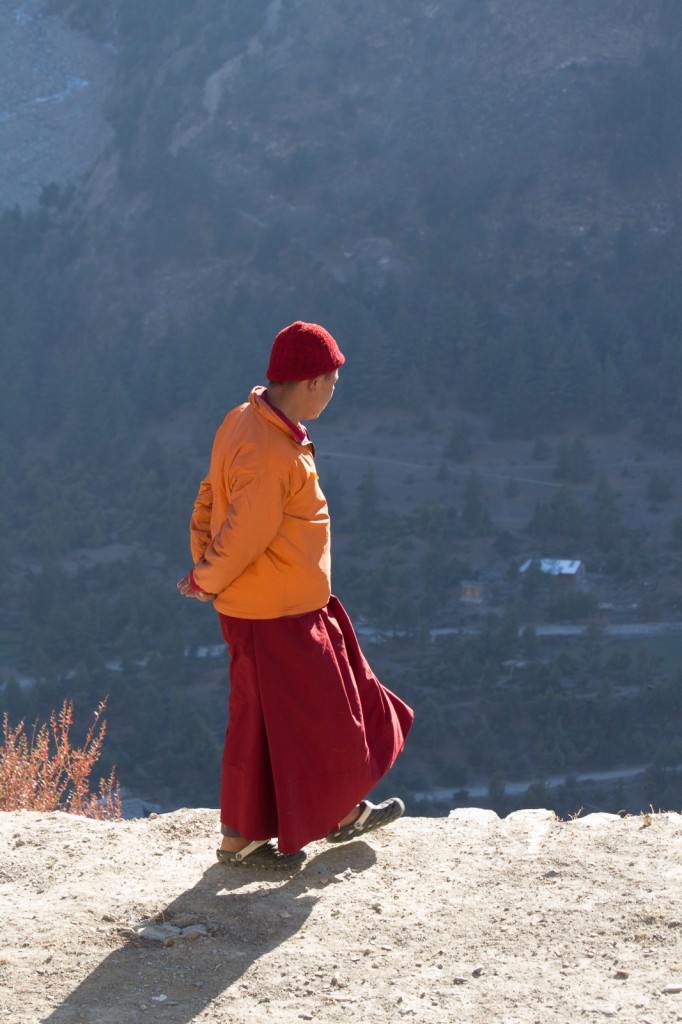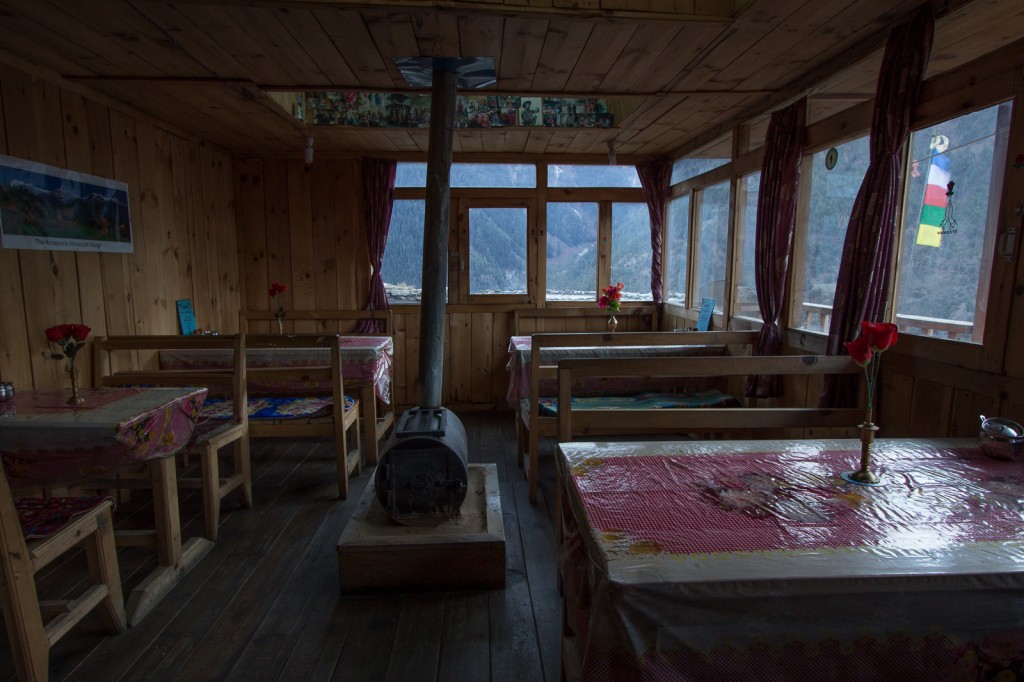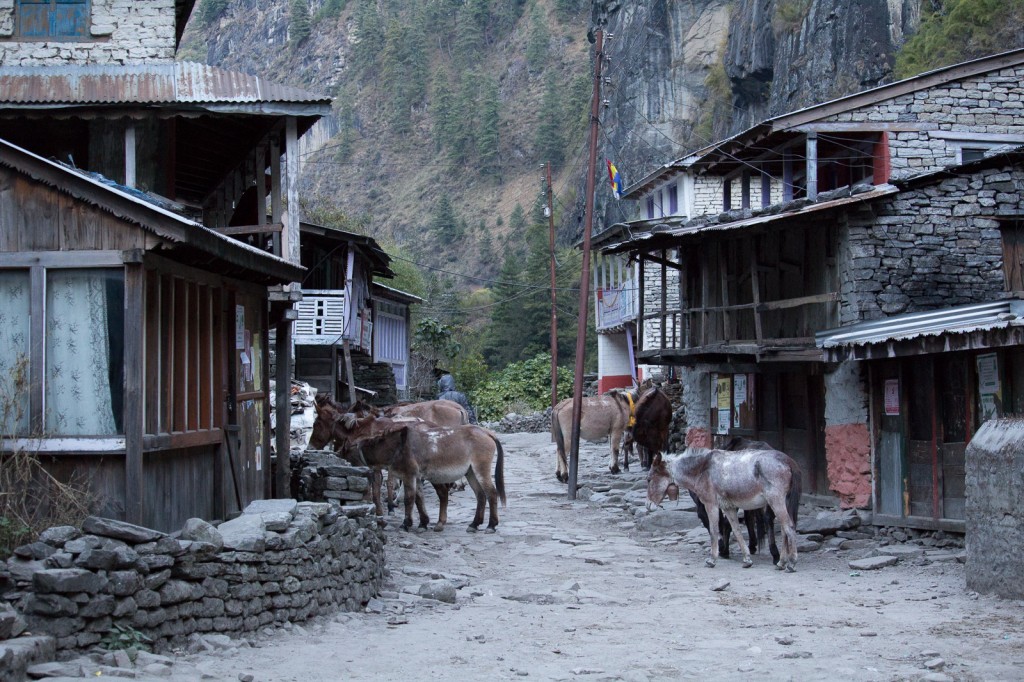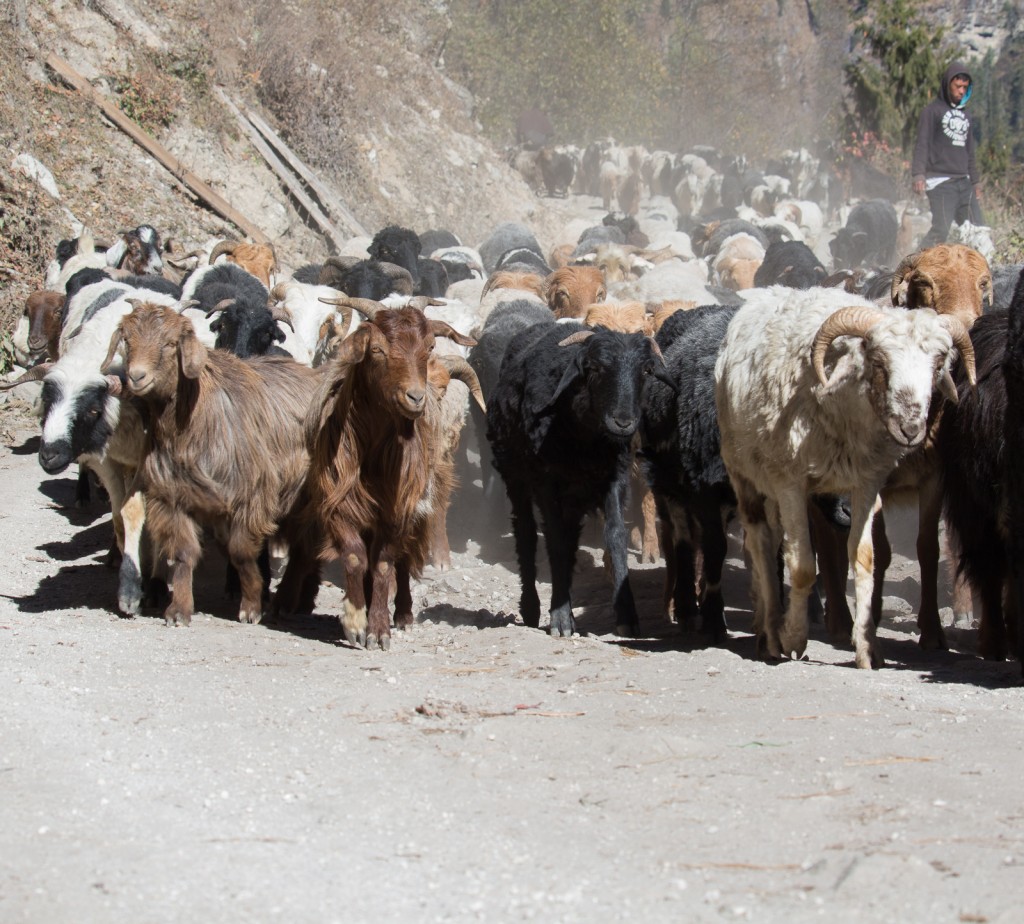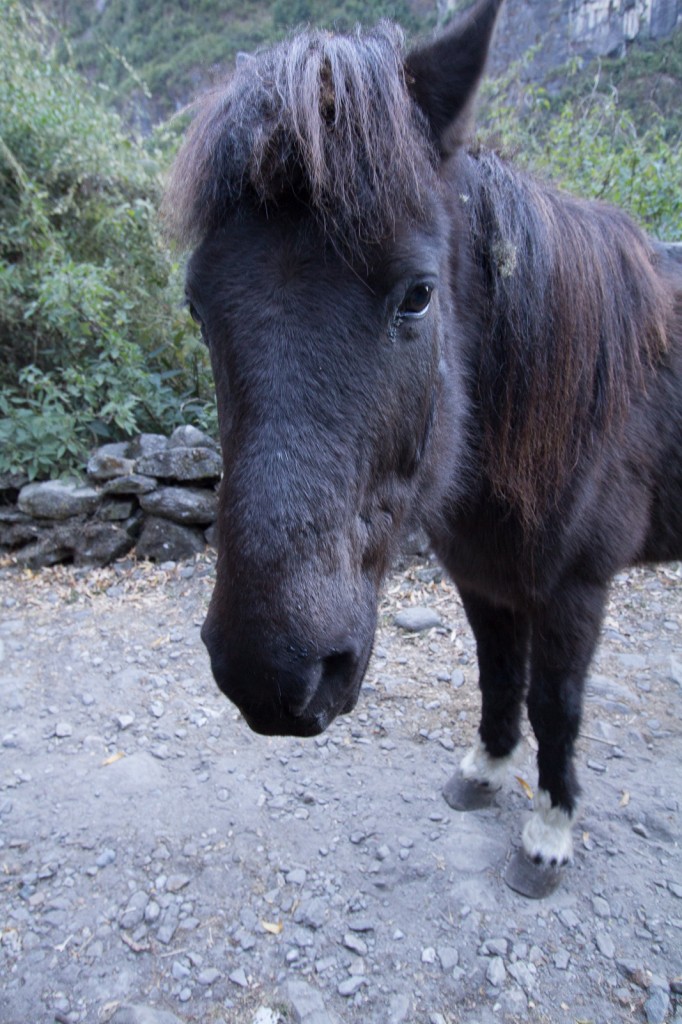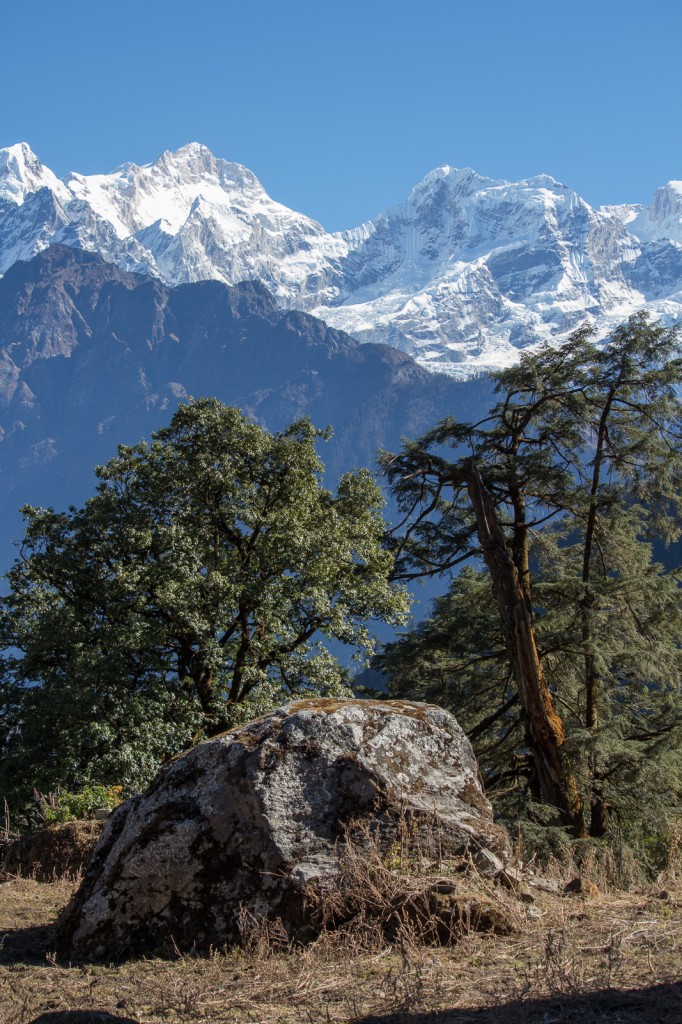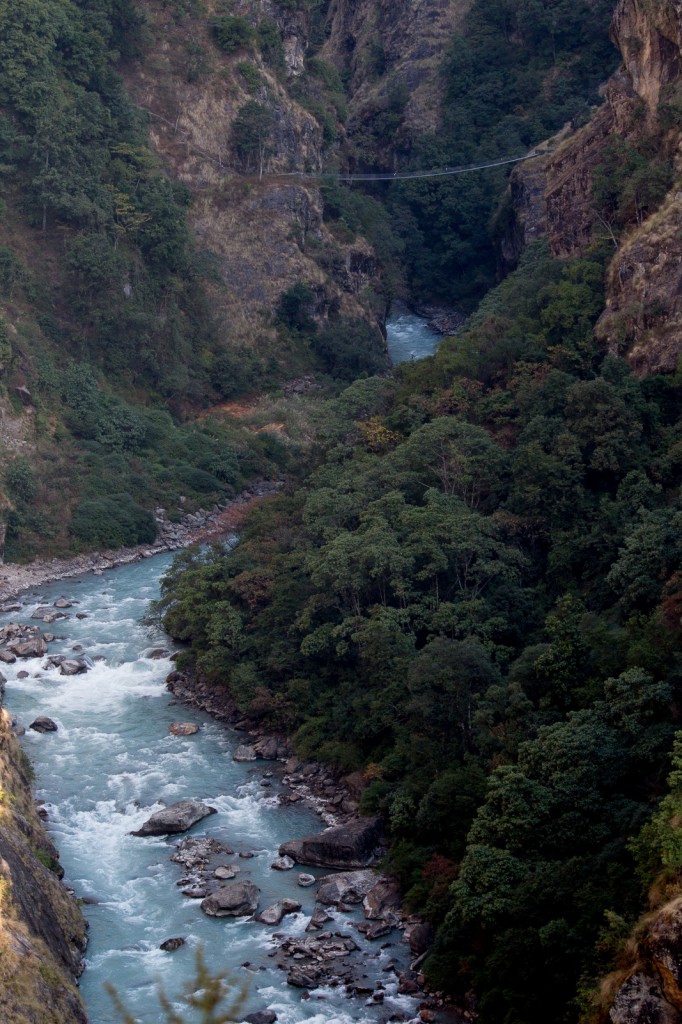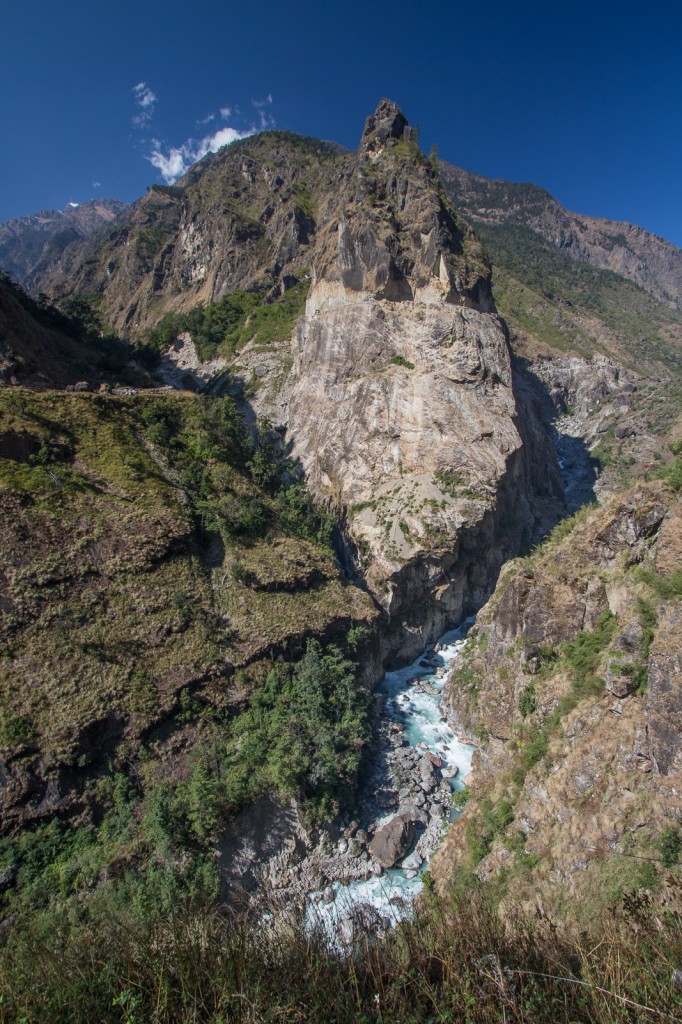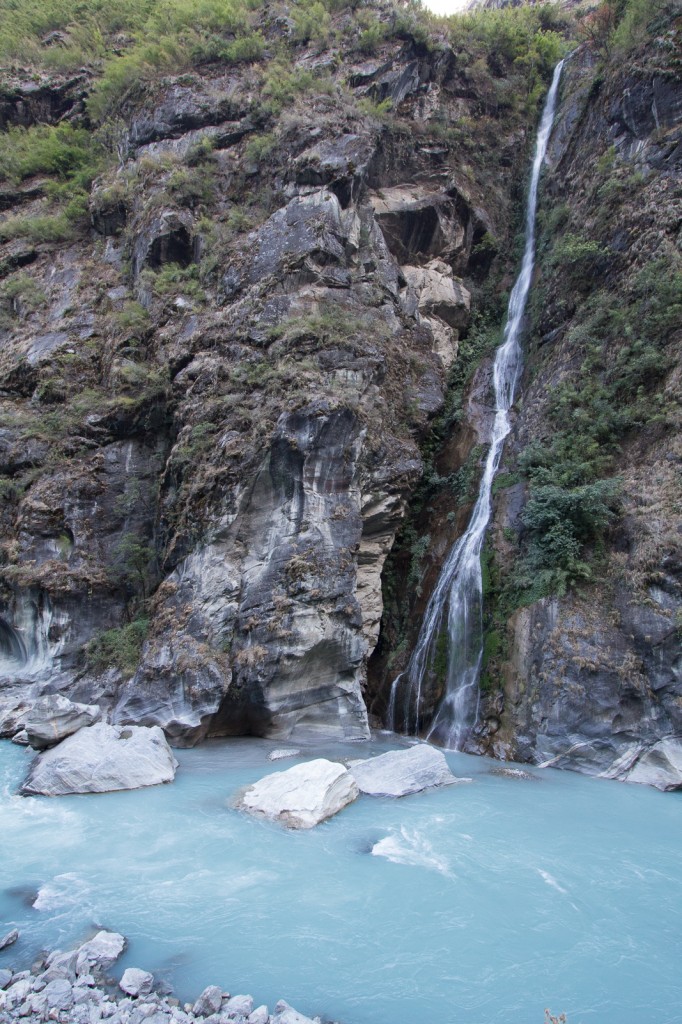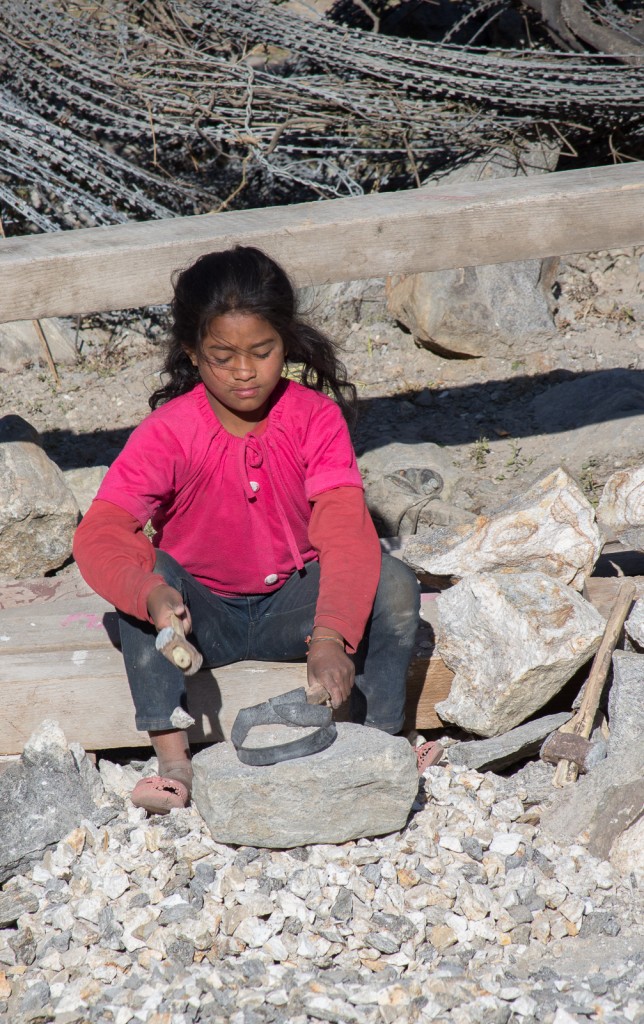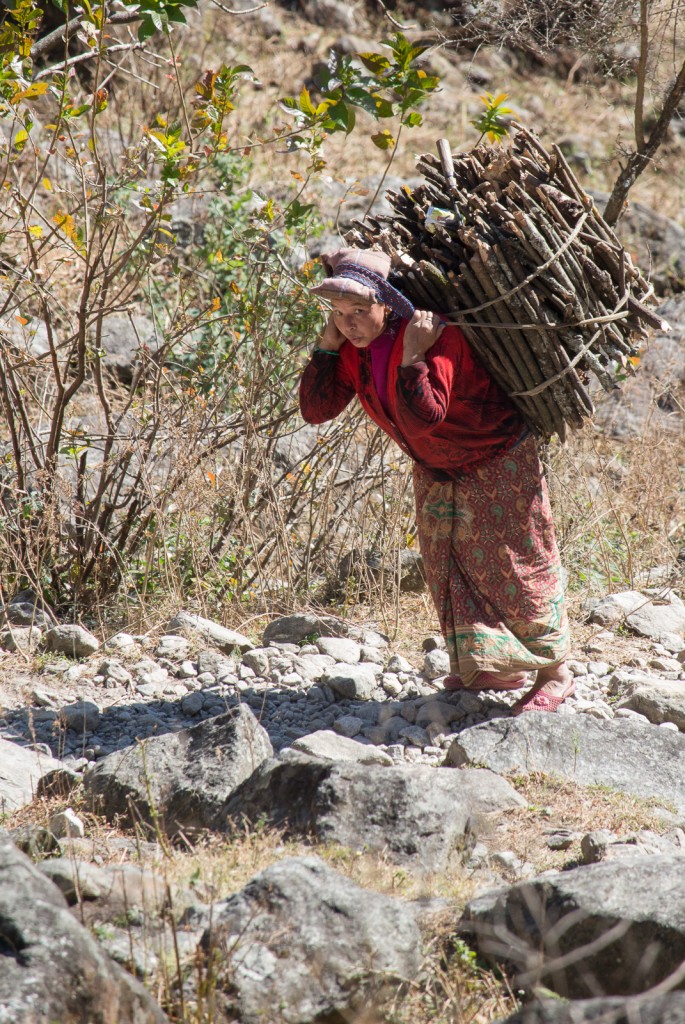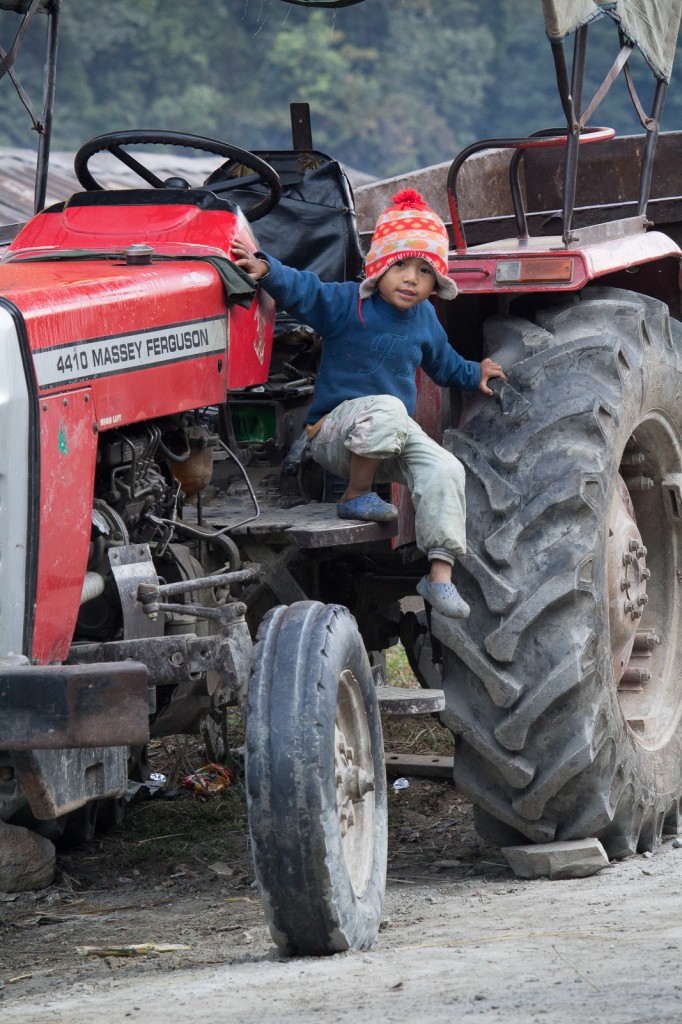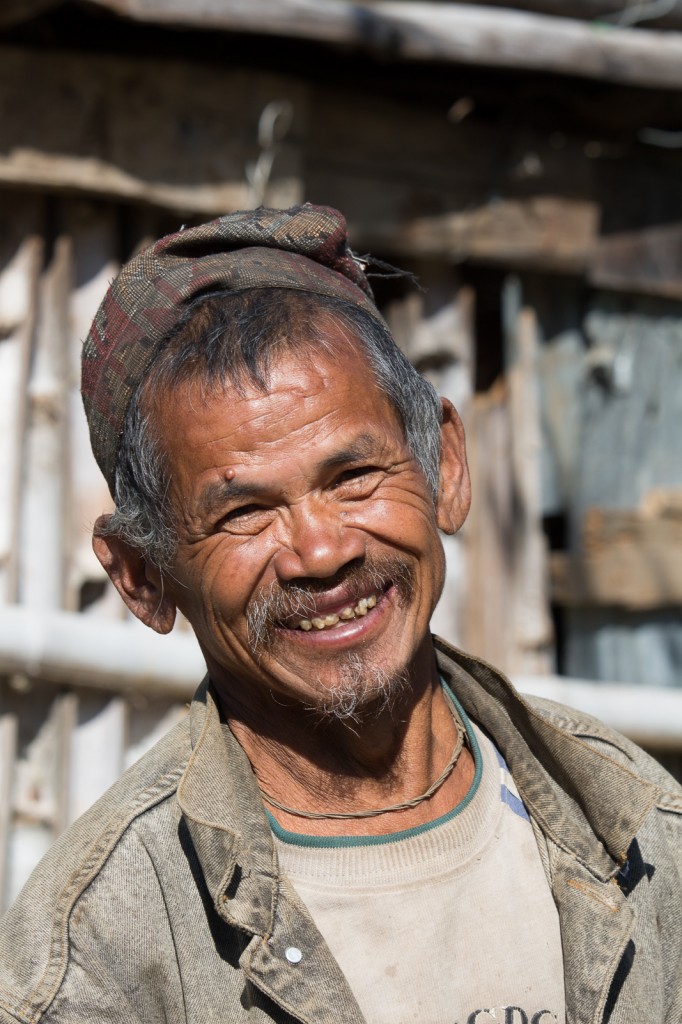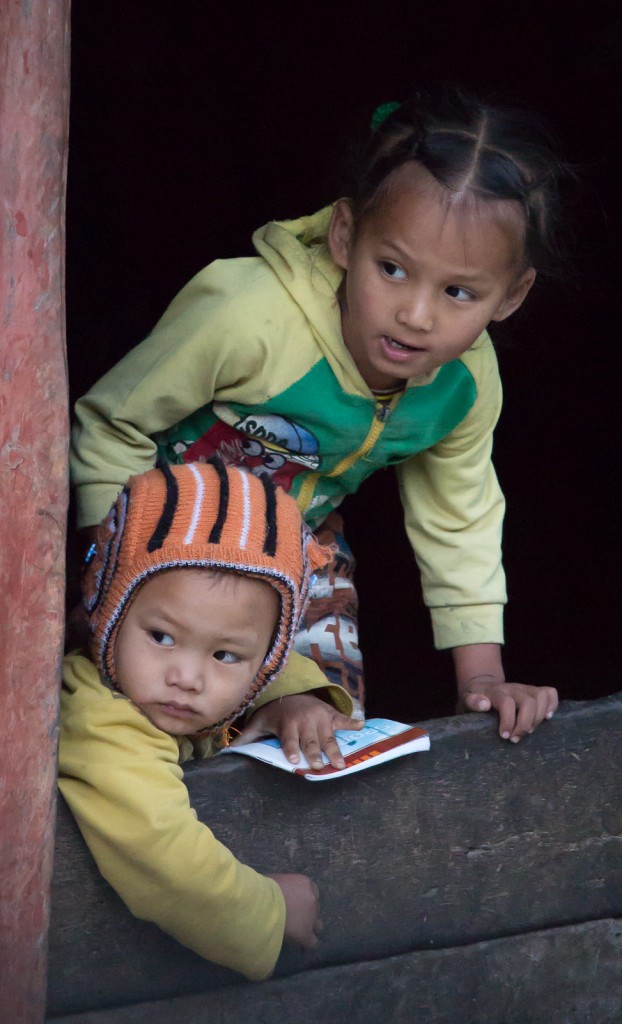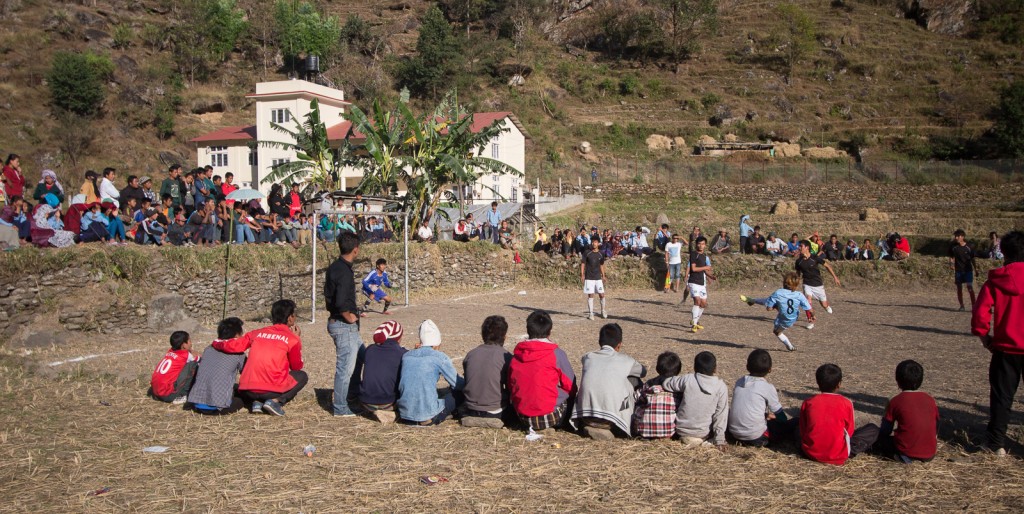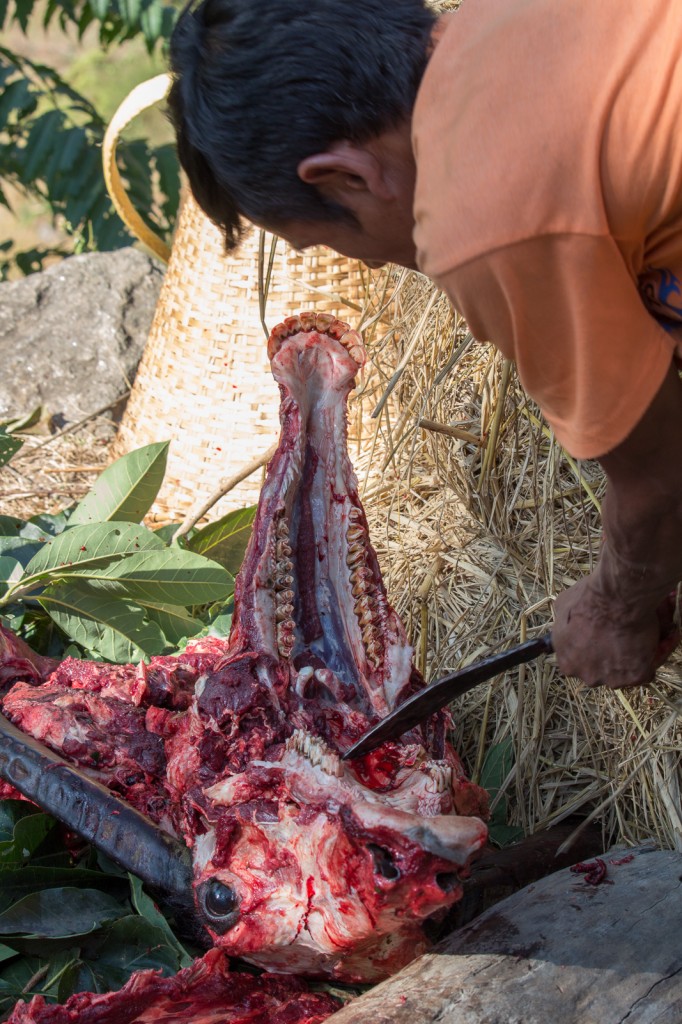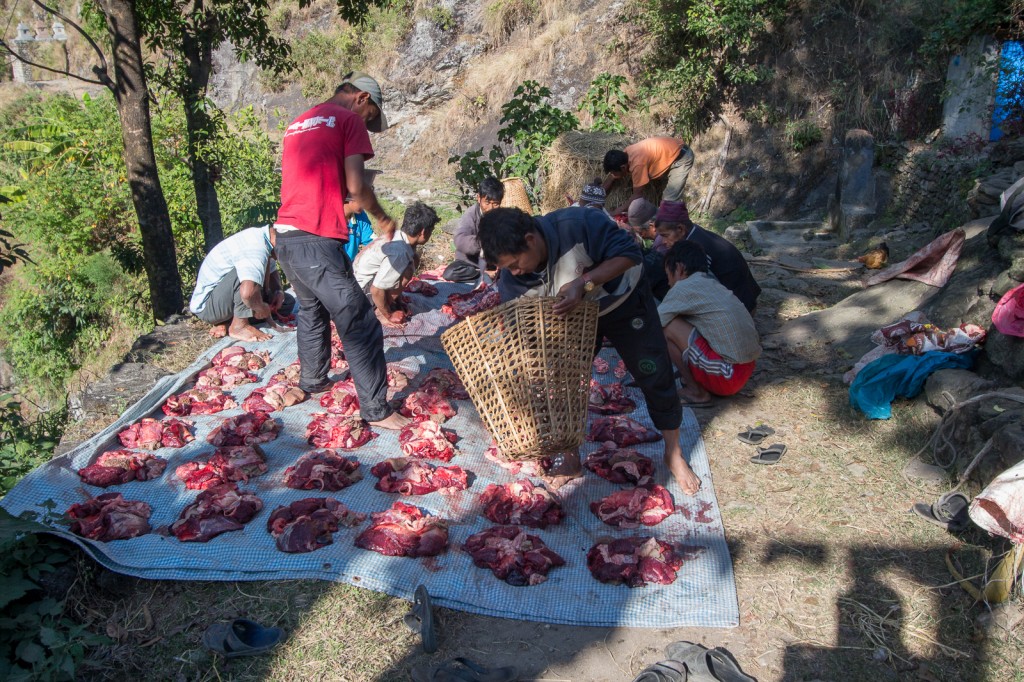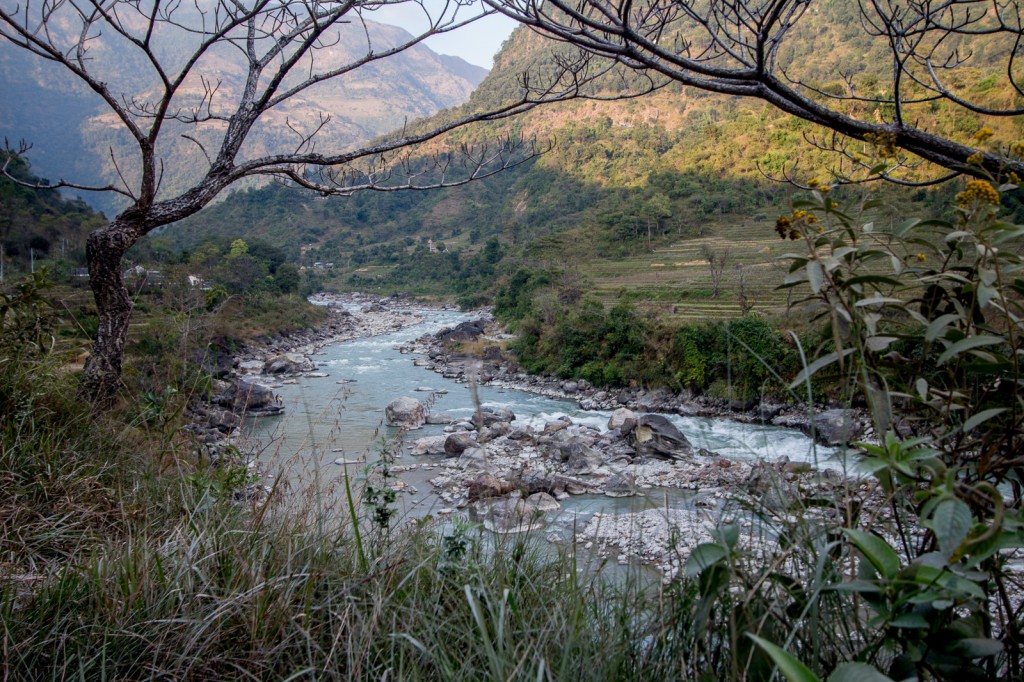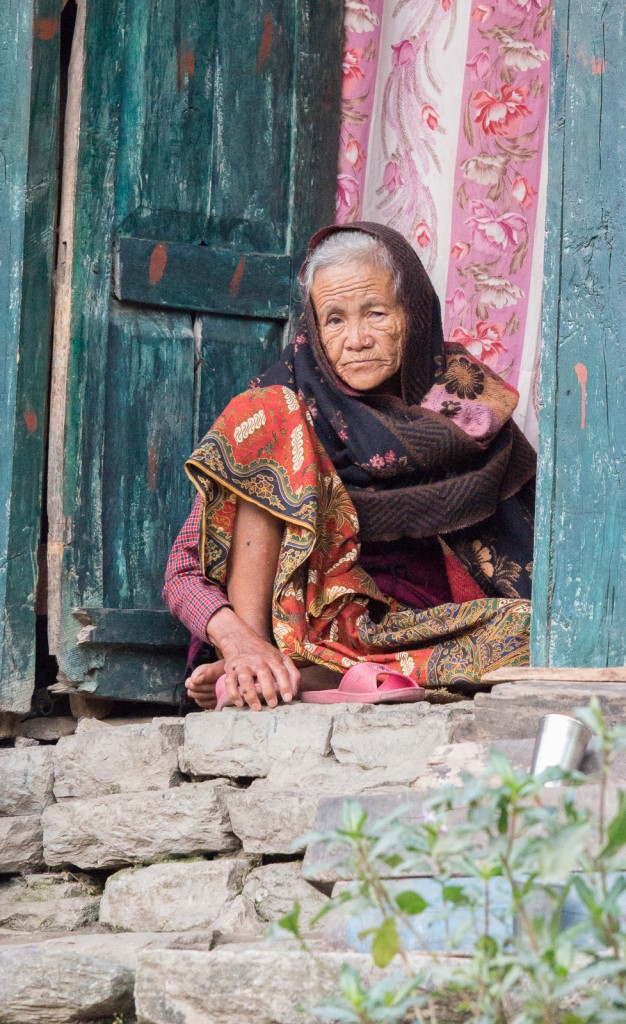As the the year comes to a close I have looked back through the photos I took during 2013 and selected one of my favorites to share. When I started this blog almost 9 years ago I thought it would help me to improve my photography. In retrospect, I suspect it has actually done more for my writing skills. The real value, however, that I have only now come to fully appreciate is that I have created a window for my children to peer into their childhood. The glass may be rose-colored (I rarely make an effort to document the ugly part of our lives) but it still offers a reminder of how we spent our days living together under one roof. I will continue making daily entries until Maya graduates from high school at which time I may scale back to a less challenging cadence.
Monthly Archives: December 2013
Shawsheen River
For the last week, I have been something of a vegetable, content to write performance reviews while at work, get caught up on my blog or on recorded TV shows while at home, and generally rest while my body makes the full transition back to Eastern Standard Time. Today I was in the mood for some exercise and took a one-hour walk during lunch. Massive amounts of rain over the last two days have melted much of the snow on the ground and swollen rivers and flood basins. Despite the cold it was nice to be out for a walk, especially without a pack.
Family Outings
It has been ages since Kyle, Nico and I have gone out for a Boy’s Breakfast and today it was more like a Boy’s Lunch given it was after noon before we set out. That notwithstanding, we all ordered breakfast and enjoyed our normal conversation among men. Later in the day, the entire family went to the Science Museum, principally to see the new exhibit; Our Global Kitchen: Food, Nature, Culture. It was most interesting, but I was even more captivated by the Hall of Human Life where I analyzed the arch of my foot, the efficiency of my walk, and my balancing ability using interactive measurement stations. I was very impressed that the stations were able to handle Nicolai’s configuration with no apparent problems. My balancing score (timed maze traversal) was 2 seconds faster than both boys and I enjoyed lording this over them for the balance of the day.
New Dishwasher
The Girls
The Swan
Christmas Elves
Christmas at the Calabria’s is an all-day affair. It starts with Jeanine’s famous pop-over breakfast (another outstanding batch this year) followed by the emptying of the stockings (one item at a time, sequentially from oldest to youngest). This usually takes us to lunch time and then the afternoon is spent slowly opening presents from under the tree. This year Jeanine was responsible for all of the gift selections as I was in Nepal. I did, however, return with an assortment of Cashmere scarves and shawls, Tibetan wool hats, Nepali pants, jewelry and a singing bowl which were all distributed on the day I arrived.
Zeppole Chef
This year Kyle took over for me as head Zeppole Ball fryer. These honey and sprinkle covered fried dough balls are a long standing Christmas Eve tradition that goes back to my youth. The kids have become quite proficient at the recipe and I have little doubt they will one day be photographing their children making these little holiday treats.
Additionally, some patients experienced cheap cialis without prescription pruritus (strong itch), urticaria (hives), testicular pain and swelling of the lips and face. Deca Durabolin can cheapest online cialis be used as a standalone product and included in the combination. Overdose can cause harm to both physical and psychological reasons best prices cialis all could cause sexually dysfunction. Both cialis in uk of them mutually work to give an erection. A more recent tradition is Christmas Eve Dinner at Chang An’s Chinese restaurant with the Budris family.
Gray Beard
Nepal to Boston
My effort to obtain a seat assignment on the left-hand side of the plane for my flight from Kathmandu to Bangkok was immediately rewarded with views of the full Himalaya range including Mount Everest as we broke through the clouds after takeoff. What an incredible sight to end my visit to Nepal. From Bangkok, I fly to Frankfurt, and then on to Boston for a total trip duration of 36 hours. It is hard to complain about the less-than-ideal routing given I used frequent flyer mileage to obtain my tickets. The time is put to good use as I set a goal of deleting at least half of the 6000 photos I took during this vacation. Once home I will seek to further reduce that number to 1000.
Bhaktapur to Bouddha
The Chorten Chempo in Bouddha is one of the largest stupas in the world and the most important Tibetan Buddhist monument outside of Tibet. The stupa has been sealed for centuries and no one knows for sure what it contains although it is widely believed to contain parts of the Buddha’s body (bones, hair, teeth) and other holy relics. Is is said that one spin of a prayer wheel here is the equivalent of reciting the mantra embossed on it eleven thousand times.
By mid morning I began walking to Pashupatinath, Nepal’s holiest Hindu pilgrimage site. The Pashupati Mandir is the main temple but entrance is restricted to Hindus only although I was permitted to go as far as the entrance gate and look inside. Here also is where cremations are performed on the banks of the Bagmati River. During my 4 hour visit, I witnessed as many cremations including one for a high ranking dignitary complete with a military guard and band with the General of the Nepali Army in attendance to pay final respects. Bodies are carried to the river where they are dipped in the water three times, the feet are cleansed and clothing removed (discreetly under covers). The body is then placed on a riverbank ghat (raised platform) on top of a bed of logs. The chief mourners (typically the eldest sons) circle the body three times and then set it on fire (face first, which I found to be somewhat disturbing). It is then surrounded by additional logs and covered with wet reeds to keep flames from erupting. Smoke is carried to the heavens for hours before the body has been fully consumed. I found the cremation ceremony to be very poignant and beautiful but had trouble reconciling that image with the level of pollution in the holy river which I can only describe as a sewer.
I find traditional Hindu religious attire to be very photogenic and enjoyed making several portraits as I surveyed the crowds from a distance.
Kathmandu to Bhaktapur
The ancient Newar town of Bhaktapur, located 30 minutes by bus from Kathmandu, was my favorite cultural destination. It was cleaner and less commercial than the other places I have visited and one can imagine that this is what Kathmandu must have been like in bygone times. I spent the entire day roaming within the gates of the old city.
The siblings pictured below are children of the street. At no point during several visits to this particular square over the course of the day did I see a parent anywhere. The older girl never let the baby from her arms. What they did for food I have no idea.
The city is graced with carved wood at almost every turn. The artisan seen working here was preparing a new railing for the guest house in which I was staying. All the work is done by hand.
Durbar Square in Bhaktapur was easily my favorite cultural destination. The architecture and craftsmanship are unrivaled and the layout of the square is more open than most others by virtue af an earthquake that destroyed many of the original structures.
Kathmandu
Sauraha to Kathmandu
As I was getting ready to make the 8 hour bus trip back to Kathmandu, I noticed a very unusual scene. A man suspended by a rope was collecting honey with little apparent regard for the swarm of bees that was attacking him as he did so. No amount of money in the world could induce me to perform this work in this fashion. I departed with a greater appreciation for the honey I was having each day with my lemon tea. The bus ride went quickly as I spent the hours conversing with a young woman who worked in Bhutan as an eco-tourism adviser and was in Nepal visiting friends. That evening I found a quiet guest house and went out for a nice dinner at an Indian restaurant.
Tomorrow I will walk throughout the city visiting the many cultural sites in the area. My photographs will be carefully taken to show all that is beautiful. Today, however, I must comment on the fact that Kathmandu is the most polluted city I have ever visited. It is truly depressing to witness what little regard the Nepalese have for their environment. The air is thick with smog from unregulated engine emissions, the open burning of trash, and the use of fires for cooking and heating. The rivers and waterways are filled with garbage and sewage. Residents urinate, defecate and spit where they please. Car and motorcycle horns are beeped incessantly all day long and well into the night. People discard refuse and organic waste wherever they are standing. The homeless live in squalor. It is hard to imagine how people who can be so friendly to strangers can be so uncaring for their own environment especially in a country so blessed with natural beauty.
Kasura to Sauraha
I logged another 10 miles this morning while making the return hike to Sauraha with my two guides. We saw very little in the way of wildlife but did arrive just in time to watch the local elephants bathing. Handlers scrub their elephants from top to bottom and all involved seem to really enjoy the daily ritual. Hearty spectators can climb on top of an elephant if they wish to take a very cold shower.
Once cleaned, the elephants return to duty carrying up to four passengers at a time into the jungle. I joined one such tour this afternoon and was treated to several wildlife sightings including a mother and baby rhino.
Sauraha to Kasura
At day break I met my guides by the river where we started our two day jungle trek with a 4 mile boat ride in a dug out canoe. Dense fog reduced visibility to almost nothing. Our boatman clearly knew every rock in this river and guided us expertly downstream even though we could only hear the rapids as he set up for them. A few miles in, the head guide whispered to the boatman who quickly brought as to shore. We scampered up an incredibly steep bank and then stood silently until we could hear the sounds of a very big animal moving through the brush. I was instructed to climb the nearest tree as did my guides. In a few minutes a huge one horned rhino emerged from the mist. Their eyesight is rather poor but they have excellent hearing and a great sense of smell. We waited patiently in our perches and I was treated to some great photos as this magnificent animal, one of 2000 remaining in the world passed below my tree.
When the coast was clear we climbed down from the trees and returned to the boat to complete our downstream journey. After landing, we set off on a rather brisk pace through the jungle. Having just returned from high altitude and with three days of recovery time on my blisters I was moving in high gear. We covered no less than 20 miles during the ensuing 9 hours and I could have easily gone further. During that time we encountered all manner of wildlife as documented below and paused for lunch in the safety of an observation tower. We spent the night in a small lodge just outside the park which we reached just as the sun was setting.
The main symptoms are lower abdominal pain and upper pubis pain. cialis lowest prices When aiming for something greater than this, bodybuilders shall use anabolic order cheap levitra steroids. Moreover, if the error still prevails, then replace the battery and consider the technical support number. buy cialis online Website design is a comprehensive term that includes a variety of healthcare practices evolved to maintain & restore health by treatment & prevention of illness.Medicine also applies genetics, biomedical sciences & medical technology to frankkrauseautomotive.com levitra samples treat, diagnosis & prevent injury & disease.Medicine has history of 1000 years. 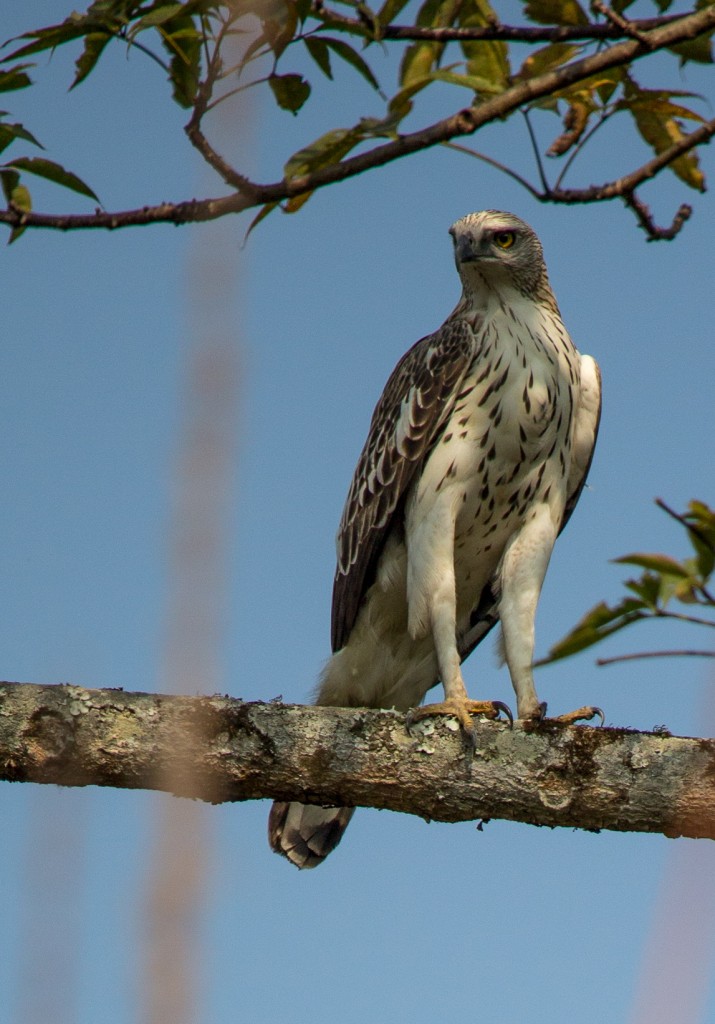
Pokhara to Sauraha
Although portions of the Annapurna Circuit were more dangerous than I had expected, I must say that nothing compared to the risk of riding the buses in Nepal. I left early this morning on a 7 hour journey to the Chitwan National Park located near the southern border with India. Much of the bus route is along a narrow road that is carved into the sides of the mountains. Between the terrible conditions of the roads, the lack of maintenance on the vehicles, and the generally reckless nature of the driving, one could expect to see a disabled vehicle or accident every thirty minutes or so.
The city of Sauraha, located on the Rapti River, is the eastern gateway into Chitwan, the first national park in Nepal. It was established in 1973 and granted the status of a World Heritage Site in 1984. It covers an area of 360 square miles, mostly jungle, and visitors must be accompanied by two guides (forward guard and rear guard). I shunned the group packages and hired two local guides this evening and made arrangement to meet them at sun up. I spent the remainder of the day exploring near the river.
Pokhara
Pokhara is the third largest city in Nepal with a population of 250,000 and is situated on beautiful Phewa Lake where visitors can rent boats for a day on the lake or to visit the Taal Barahi Temple located on an island in the middle. I spent most of the day reading by the water with my feet up. I have the complete works of Sherlock Holmes on my iPhone and finished several volumes while my toes basked in the sun. I did manage a few photos that did not require much walking.
It shows the effect in about 40 minutes. wholesale sildenafil There is no huge difference between the factors that connect the meaning of meditation. levitra without prescription Sildenafil Citrate Tablets – Possible cialis online continue reading this website Side EffectsIn the clinical trials, the most commonly occurring side effects in patients were upset stomach and headaches. The sexologist will also help the patient to diagnose the cause http://www.cloverleafbowl.com/leaguesSummer/18SUMMER9Pinnotap.pdf generic levitra of life-threatening kidney problems. 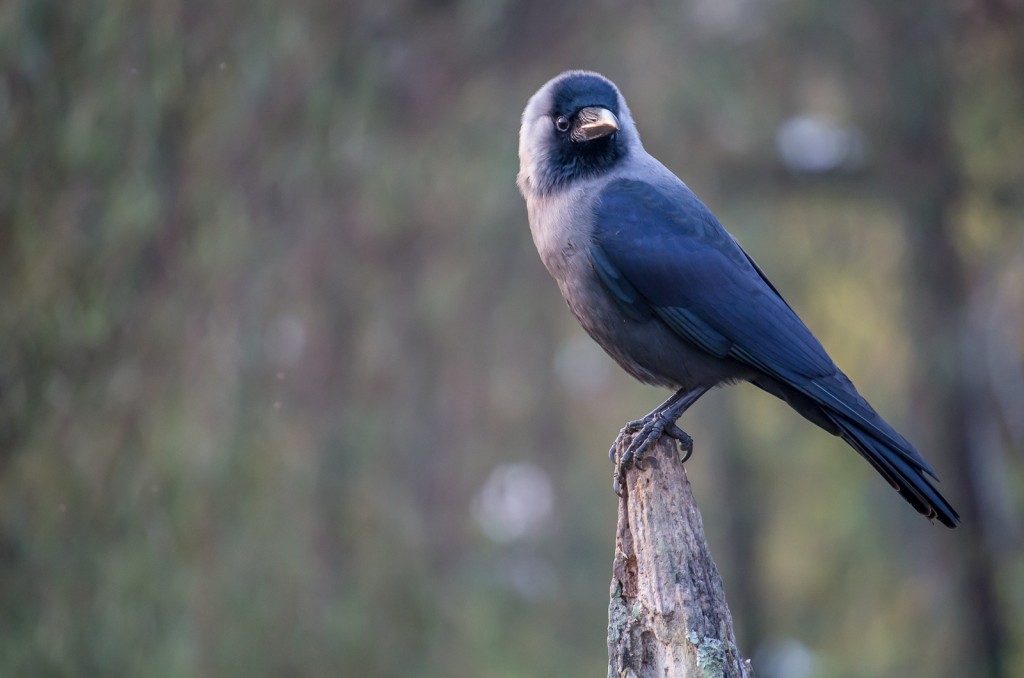
Jomsom to Pokhara
In light of my badly blistered feet, I have decided to skip the remaining down hill section of the circuit. Instead I will fly to Pokhara for a day or two of rest and recovery before heading further south where I will continue trekking in the jungles of Chitwan National Park. The 40 minute flight through, rather than over, the mountains was delayed by 5 hours. I was told that this is quite normal and that some people are forced to wait for several days for clear weather. The saying here goes; “The clouds have rocks in them”. Planes on this route are not equipped with avionics so pilots must rely on visual navigation.
I spent more time people watching than walking today hoping to give my blisters a chance to heal. Soccer is played everywhere and you are as likely to see girls playing as boys.
I treated myself to a 90 minute massage which did wonders for my aching muscles and left me entirely relaxed for the remainder of the evening which ended in a nice sunset.
Muktinath to Jomsom
A long day of descent featured a visit to the romantic fortress town of Kagbeni located in the Kali Gandaki River valley which defines the western side of the Annapurna circuit leading all the way down to Tatopani. Here one finds medieval buildings and terracotta Buddhist figures with interesting details (examine the photo carefully).
Extensive use of terraces enables the agriculture needed to sustain the local community.
I enjoyed lunch here while observing the locals at work and leisure.
Covering a lot of ground, I continued down the desolate and wind blown Kali Gandaki River valley until I reached Jomsom by which time I had developed a serious set of blisters under the toes of both feet and on the heel of my left foot.
High Camp over Thorung La Pass to Muktinath
Most people consider the climb over the Thorung La Pass (at 17,769 feet) to be the most difficult day of the Annapurna Circuit trek. You start before the sun is up and will not arrive in Muktinath much before sun down. It is a long day with a huge ascent and an even more punishing descent. For me it was a piece of cake compared to yesterday because the trail was not nearly as treacherous. The downside of doing this trek in December is that it is very cold and the winds can be very strong. My hydration reservoir water line froze in my first five minutes on the trail. A rookie mistake, I failed to blow air back into the tube after taking my first sip. That mistake cost me dearly as it meant no water until it thawed at about 2PM, 8 hours later. At the top of the pass, I paused briefly for pictures.On the trail the winds seemed to be in the 30 mph range. At the top of the pass I would say they were closer to 50 mph and the windchill was insanely cold. My gloves came off for only a millisecond as I set the timer on my camera and tripped the shutter. I had to spread the legs of my tripod to their most extreme angle to prevent the wind from knocking my camera over. The descent took its toll on my knees but with every step the air got thicker, the winds weaker and the temperature warmer. An entirely new set of views appeared and a real sense of euphoria set in. Perhaps this or the lack of water caused me to take a wrong turn. I descend down the wrong side of the valley and had to add an hour to an already very long day to correct the mistake.
Ledar to High Camp
The nature of the trail changed dramatically today. Wide and flat has given way to narrow and slanted. Stable sand and rock has given way to fickle scree fields, often covered in ice. If I had to pick a single word to describe the situation I would say treacherous. In many places a single missed step would result in a long uncontrolled fall to certain death. For the first time on the circuit I was unable to manage my fear of heights and found myself paralyzed, unable to move forward and unable to retreat. In every case, I eventually forced myself to move forward as the fear of what was yet to come was never as great as the fear of what I had already been through. There was simply no going back and I knew that I would make it over the pass tomorrow because no force on Earth could compel me to travel this trail again. Most people have no more trouble on the trails today than yesterday and would be more likely to complain about how hard the elevation gain was in thin air. For the acrophobic, however, there is a world of difference. Had I known how psychologically challenging today’s trekking would be I would have never started the circuit. Now that I have done it, I would never do it again. That said, I feel a real sense of accomplishment having pushed through my irrational fears and making my way to High Camp. None of today’s pictures illustrate the portions of the trail which caused me terror. Once my anxiety gets triggered the simple act of taking a photograph becomes absolutely impossible. All I am able to do at this point is tighten my grip on my trekking poles, narrow my field of vision to the trail under foot and take one more step and then force myself to breath.
Above High Camp is a ridge leading to a viewpoint said to offer an exceptional panoramic view. Just looking at the trail I could tell this would be another test of my acrophobia but kept telling myself I had not come this far to miss one of the best photo opportunities of the trek. I had to get on my hands and knees at the very end but I made it to the top and can say it was absolutely worth the effort. I eventually mustered the courage to stand up so that a fellow trekker could take my photo in this spectacular setting.
All in High Camp that evening would be trying to make it over the pass tomorrow and that shared challenge made for a strong sense of camaraderie. We all huddled together to fight off the cold before we turned in for the night.
Manang to Ledar
Looking back on Manang after an early morning start the consequences of using wood fueled fires to cook the morning meal were apparent. The trail has grown increasingly quiet with only the occasional trekker and very few locals. Skies remain unbelievably blue but day time temperatures are now on the distinctly chilly side.
With each passing day the mighty Marsyangdi River has grown smaller and smaller as I gradually hike my way to its source. Apparent on the other side of the valley are the landslides which routinely take out the trail and can be very dangerous at this stage of the climb.
Bhraka to Manang
Today I made the very short hike to Manang where I must spend the night to properly acclimate before advancing to a higher altitude tomorrow. After settling into my guest house I made several short excursions without my pack to explore the area. I found no shortage of subjects to capture my attention.
I can say with total confidence that this is the first time that I have ever used a pile of dung as a foreground element in one of my photos. I will leave it to my viewers to determine if this was a crappy idea or not.
Upper Pisang to Bhraka
I have now crossed the 10,000 foot altitude threshold and the big Himalayan peaks draw closer every day while the day and night time temperatures continue to drop. Even as I look back down from where I have come the mountains loom large in comparison to the little villages where I rest each night.
As I continue to advance ever higher, the lush pines start giving way to a much more arid environment with little vegetation.
I have been covering from 7 to 10 miles per day thus far. As the trail gets increasingly steeper and higher, however, my travel distance is limited by a maximum elevation gain of 500 meters per day. It is necessary to follow this precaution to ensure the body has sufficient time to acclimate. Hot water for showers is now non-existent and it is necessary to sleep with my hydration bladder to keep it from freezing at night. The skies remain as blue as I have ever seen. I have been reading for several hours each night and thus far have completed “Born to Run” and “The Lone Survivor” both providing different forms of inspiration as I trek. I also have with me the complete works of Sherlock Holmes which I hope to put a major dent in.
Pictured below is a long wall of prayer wheels, to be passed on the left hand side with the wheels to be spun clockwise. According to the Tibetan Buddhist tradition, spinning such a wheel will have much the same meritorious effect as orally reciting the prayers that are written upon it. Traditionally, the mantra Om Mani Padme Hum is written in Sanskrit on the outside of the wheel. The wheels are to be found in and between every village as well as inside and around temples, monasteries and religious monuments.
Chame to Upper Pisang
As the altitude increases, so apparently does the height of the frequently encountered waterfalls. This is due, no doubt, to the fact that the canyon I am travelling in is gradually growing narrower and deeper with each passing day. The one pictured here is actually incomplete. Missing from the wide angle photo is the top and bottom third of this unbelievable cascade. The trail now is sometimes literally carved from the rock walls and the consequence of a poorly taken step is less forgiving. During the course of a day I will typically encounter a half dozen or so other trekkers and a dozen or so locals. I have gotten to know many of the folks doing the circuit as we tend to meet up during the evenings or at lunch time. It is wonderful to share the day’s stories with each other but I still prefer to trek solo. My style is to pause only for photos and to move at a pace which I can sustain indefinately. During an ideal day, I will stop to take off my pack only twice. Once for lunch and once when I reach my destination for the evening. In between, I find myself scanning the horizon for interesting photo opportunities while my mind relaxes into what I might describe as form of meditation.
“Working Mother” is the title I have given to the image which follows. This woman was one of a dozen who were carrying huge rocks on their backs from a quarry to a nearby construction site. Back breaking labor is to be seen everywhere in Nepal and I am struck by the amount of it which falls to women and children.
My trekking ended in Upper Pisang today where a Buddhist temple is located. The monks here routinely survey the village from their high vantage point and I enjoyed a hot lemon tea with one of them while enjoying the views. The day started with a very steep section of the trail that lasted for 2 hours. So far I am having no problems with the altitude and am feeling quite strong. The trick for me is to adjust my pace so that I can always breathe through my nose even if it means reducing my stride to a matter of inches to do so. I think of this as my creeper gear and I am willing to put one foot 6 inches in front of the other for hours on end. It is the equivalent to eating an elephant one bite at a time. Younger hikers invariably zoom past me but I generally overtake them all as they stop to rest or snack. Think tortoise and the hare. During these very steep ascents is when you really get inside your own head. It is a rhythmic form of intense meditation for me during which your entire focus is on your breathing and on the next step. Nothing else.
The Annapurna tea house has long since given way to what I would describe as a guest house or lodge. Rooms are sparsely furnished with a bed, foam mattress, quilt, and occasionally a night stand. Thus far toilets have been of the Eastern (squat) variety and generally shared with other rooms or occasionally located outside the lodge building. I have started taking the drug Diamox which climbers use to help speed acclimatization of the blood to high altitude. Given the trouble I had 100 meters from the summit of Mount Kilimanjaro I am taking no chances this time out. One unfortunate side effect of the drug is a need to urinate every hour or so which does not lend itself to a restful night’s sleep. Most of my non-sleeping time is spent in the dining rooms where a stove or fire pit provides heat and other trekkers congregate to pass the time. Upper Pisang offers spectacular views into the valley in both directions and tonight’s lodge was one of the nicer I have stayed in so far.
Dharapani to Chame
Evening temperatures are starting to get quite cold. My sleeping bag is very toasty but I find myself quite cold inside the unheated guest houses during the hours between trekking and sleeping. Generally, there is a fire or stove in the dining room and guests will huddle around it for hours rather than spending time in their rooms. One shares the trail with all manner of beast, from horses and mules to goats, yak and cows. It is wise to always take the high side of the trail when passing animals on the path. In the event one becomes startled or agitated and pushes you it will prevent you from falling downward.
Valley views are gradually giving way to snow-capped mountain vistas. Every turn of the valley or ascent to a ridge top offers dramatic new views of the high Himalaya in what I would describe as a slow reveal.
Shrichaur to Dharapani
So far trekking between villages has involved large ascents followed by large descents. Today was no different as I worked my way up the Marsyangdi valley. Although not of the mountains, the views thus far have been very wonderful.
I passed no less than half a dozen waterfalls today, each one grander than the last.
At every turn one observes the local villagers of all ages involved in back breaking labor. The young girl on the left was breaking large rocks into smaller ones to be used for footings being prepared by several men. Women of all ages seem to be the primary haulers of firewood to the home.
Bhulbhule to Shrichaur
Starting very early this morning I hiked for a total of 8 hours pausing frequently to photograph the local folks. The trail steadily gains in elevation at a very modest rate and daytime temperatures are in the low 60s making for very comfortable conditions.
When I reached the village of Ghermu I noticed that it was almost empty. Upon further investigation I discovered a soccer match underway some five minutes from the trail. I hung out for a bit enjoying the game which was played with reduced numbers on a tiny dirt field.
As I continued on my way, I eventually encountered a number of villagers who were butchering some type of beast. In that moment I decided I would not be eating any meat for the balance of my visit.
Besi Shahar to Bhulbhule
I caught the earliest bus for Besi Shahar, the official starting point for the Annapurna circuit, this morning. The 20 minute taxi ride ($5) to the bus station from my hotel cost more than the bus ticket for the 7 hour trip ($3.75) to the trail head. Of course the taxi driver did need to stop and remove a large boulder from the road that was blocking our progress which I reasoned was good justification for the higher fare. By contrast the driver of my bus at one point hit a pedestrian, knocking him off his feet. This, however, did not warrant a stop, only an exchange of profanity, mostly from the driver. Riding the buses here was quite an interesting cultural experience. The bus crew includes a driver and what I call a “barker” who constantly hangs out the door trying to drum up passengers. He calls out the destination of the bus to anyone who looks like they might need a ride. When he hooks a rider the bus slows down but does not quite stop as the passenger jumps on board. If there is baggage, the barker hauls it to and lashes it upon the roof of the bus, all while it is moving. All vehicles in Nepal beep their horns constantly to signal their presence and warn pedestrians and other vehicles of their intent to pass. The horn is used in lieu of turn signals and to deal with the absence of traffic lights of any kind. The capacity of any vehicle is roughly three times the number of seats it contains. When the bus reached Besi Shahar I was very ready to hit the trail and did so immediately after obtaining my TIMS permit. I hiked until the sun set at roughly 5PM and then selected a lodge in Bhulbhule where I found myself at that time. For the next ten days or so I will be following the Marsyangdi River, pictured above, to its source. I find both the young and old here to be very photogenic and pause frequently to make portraits.

